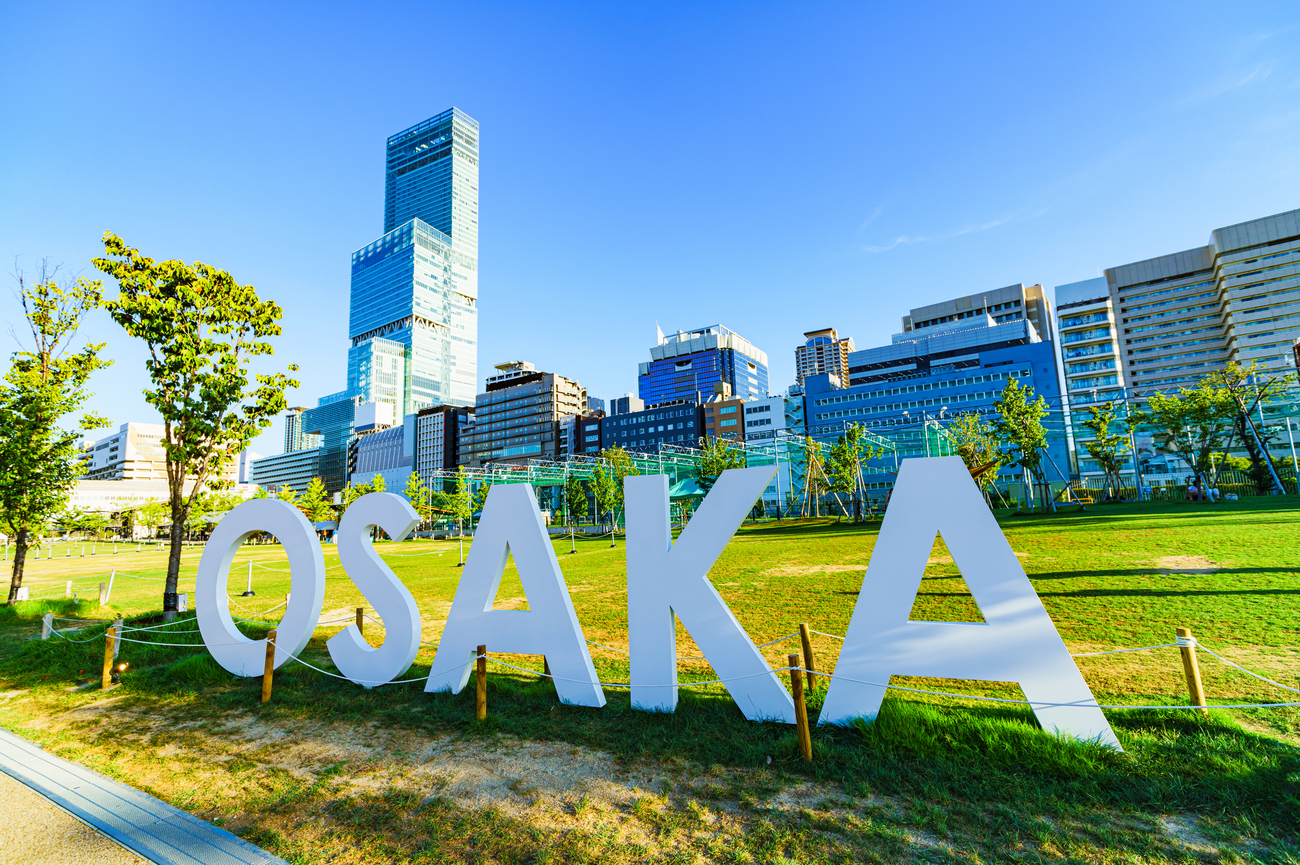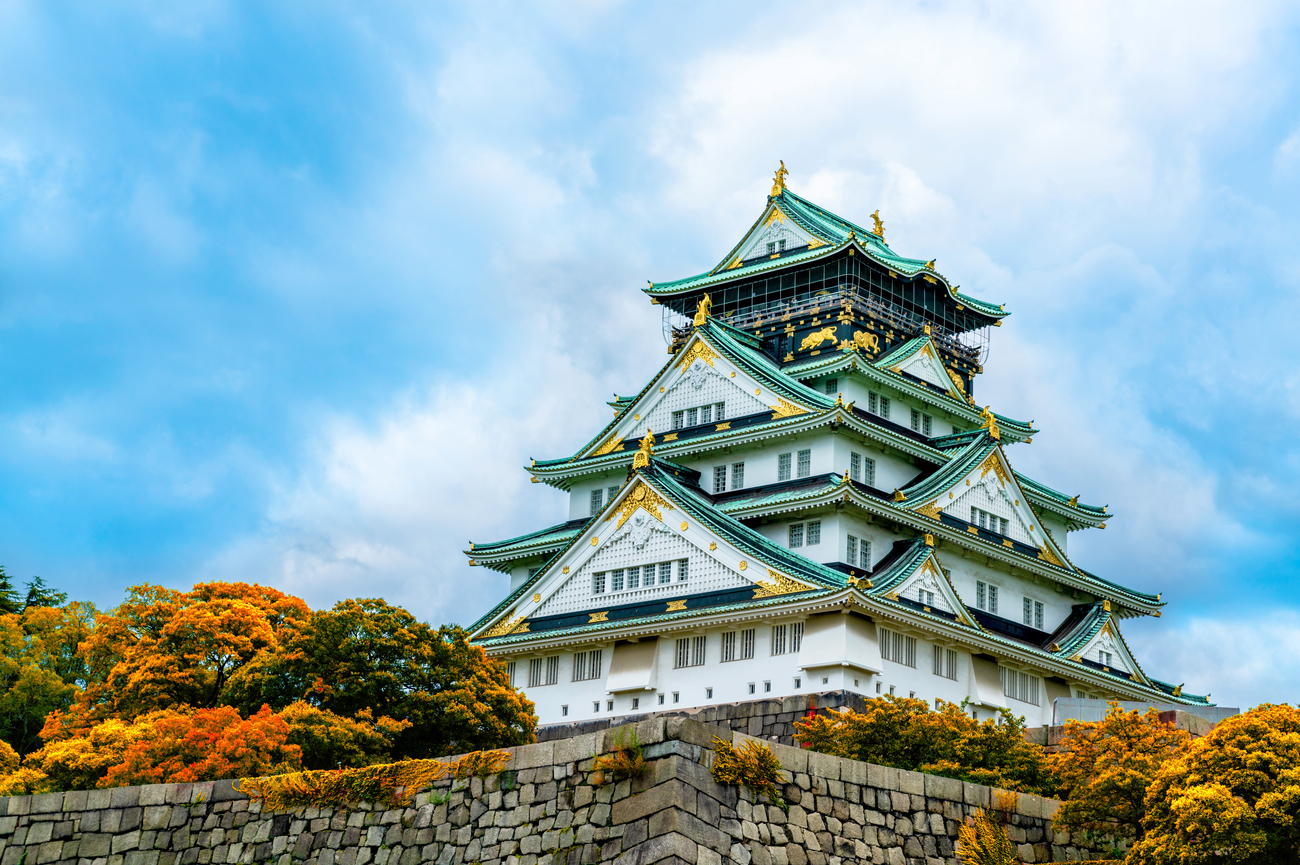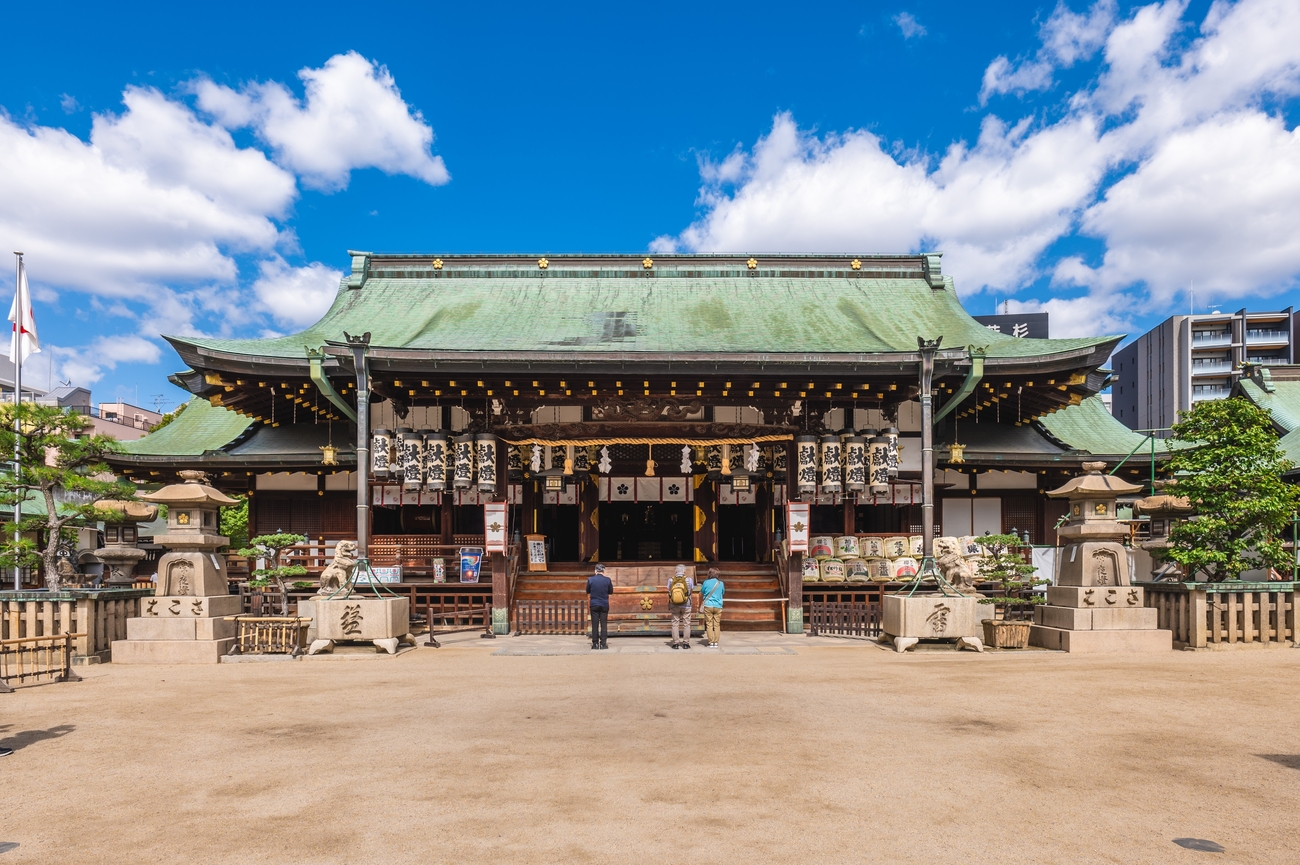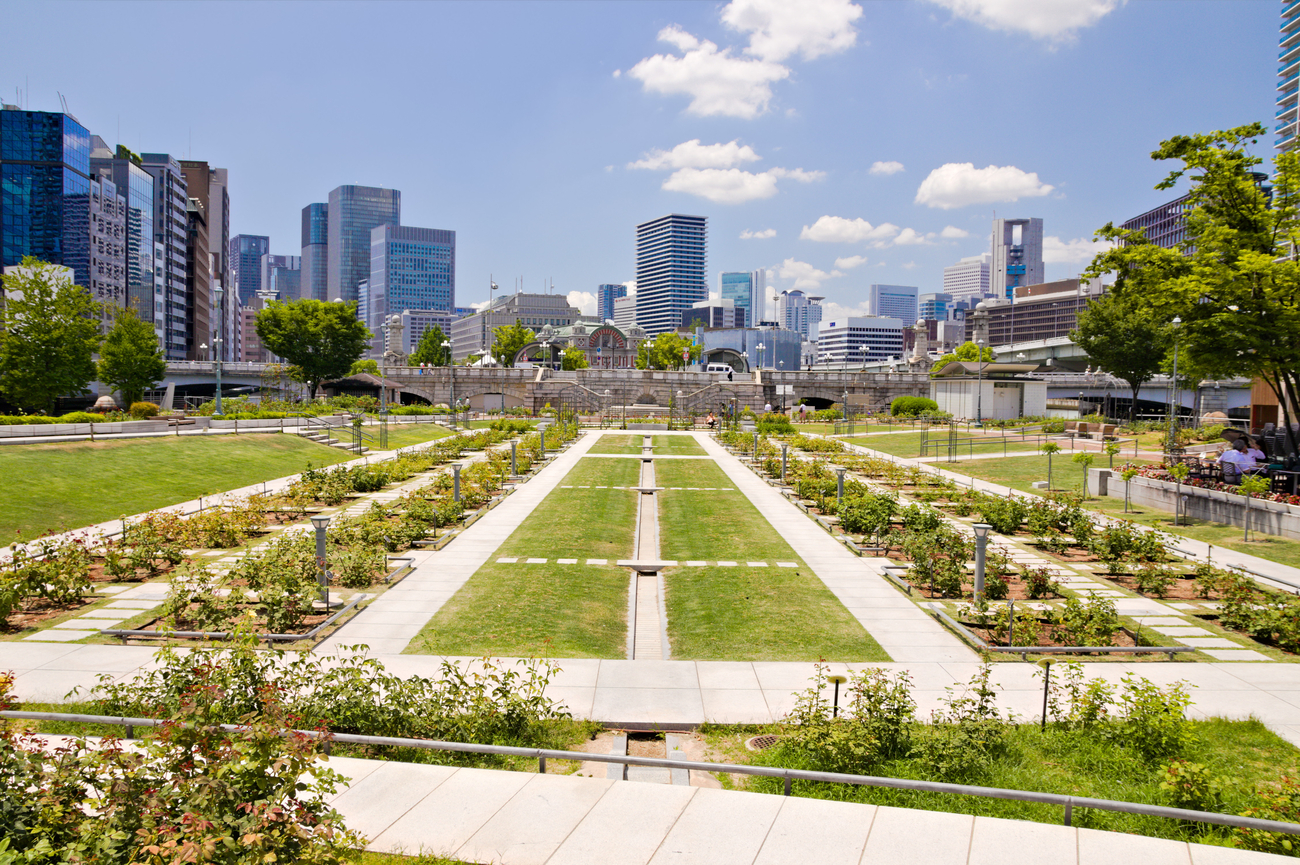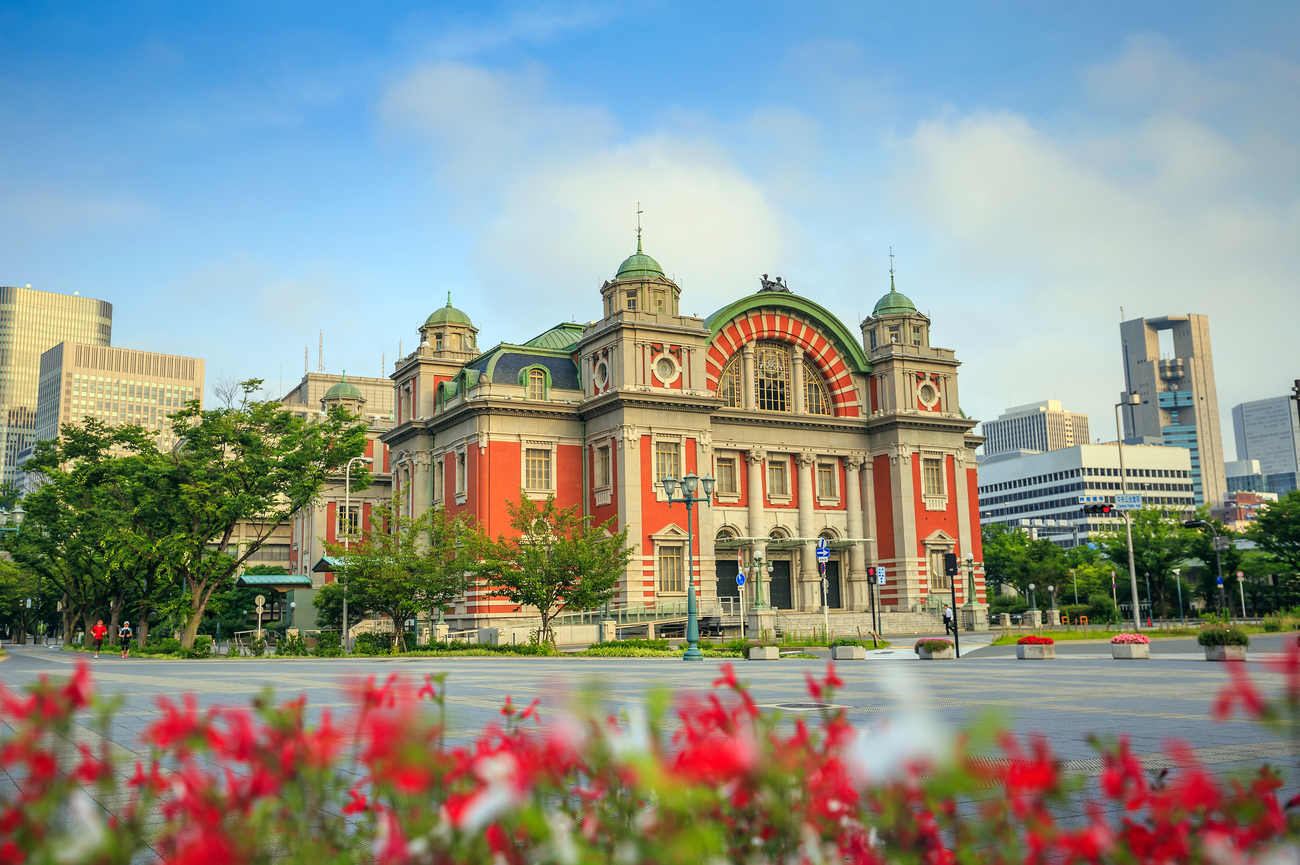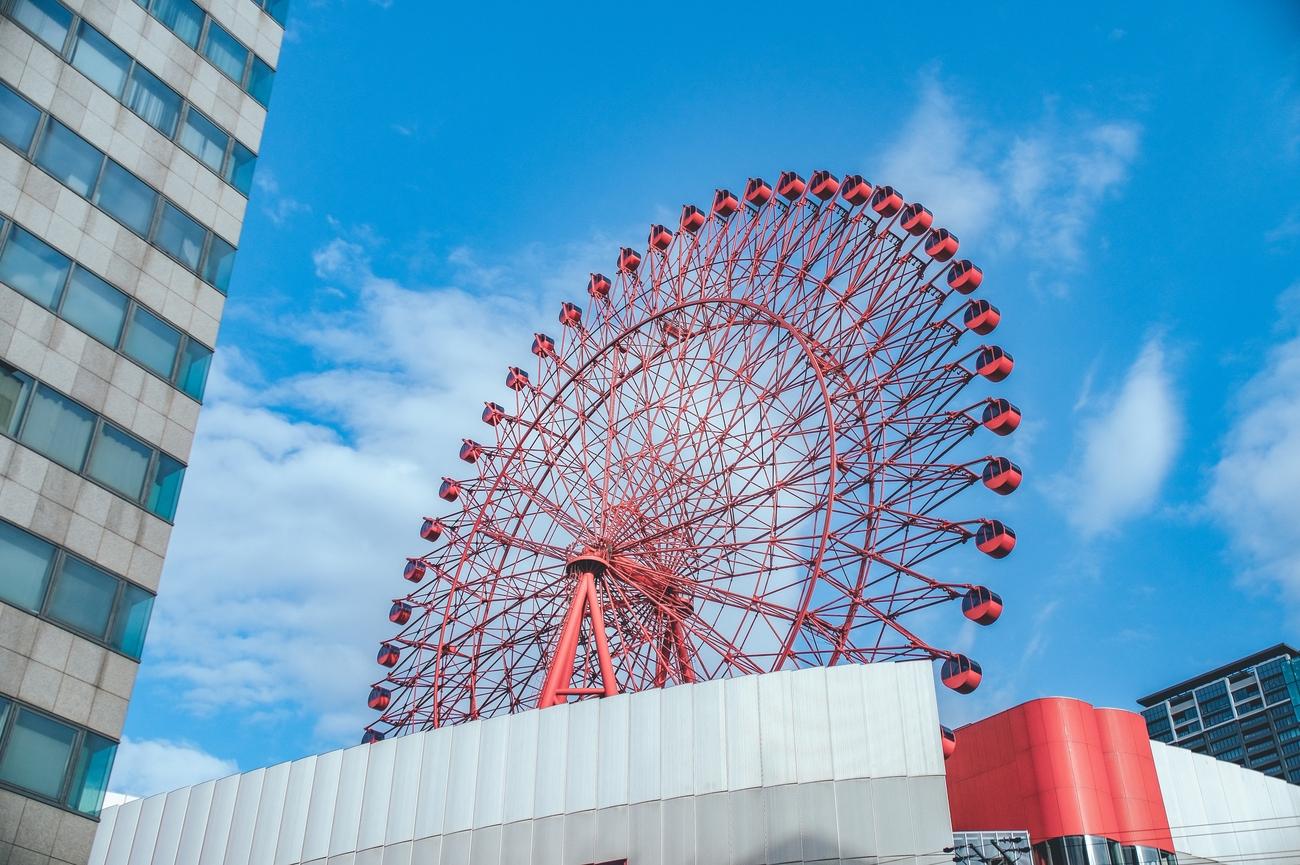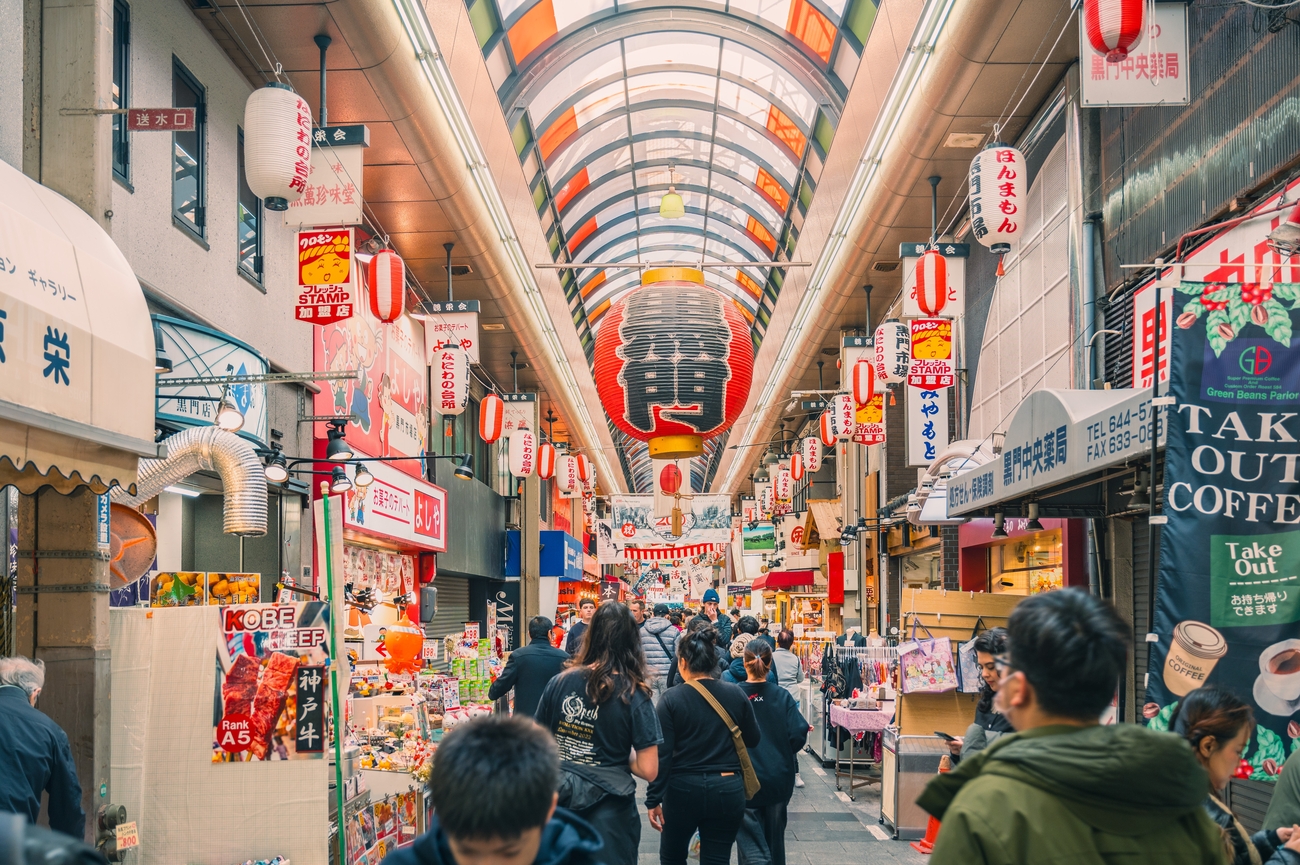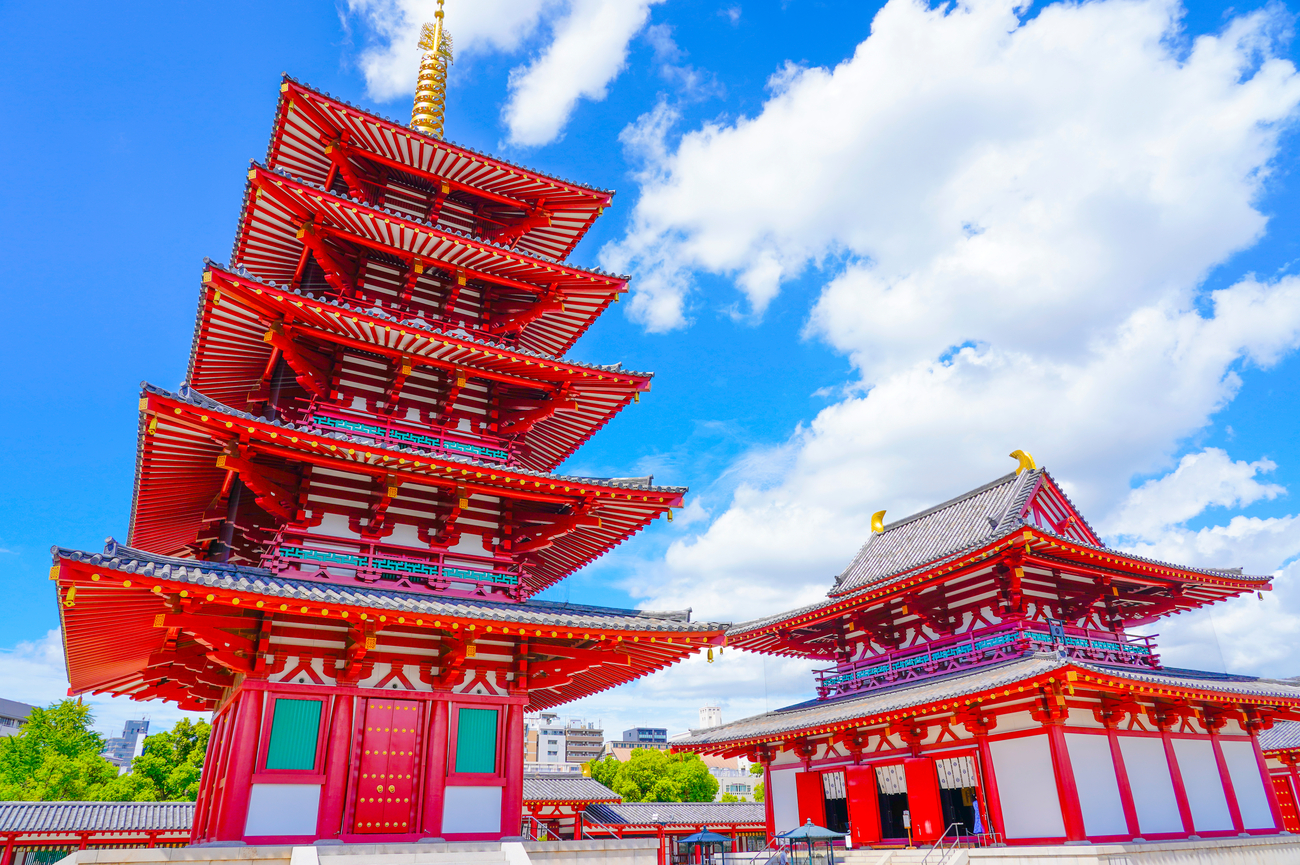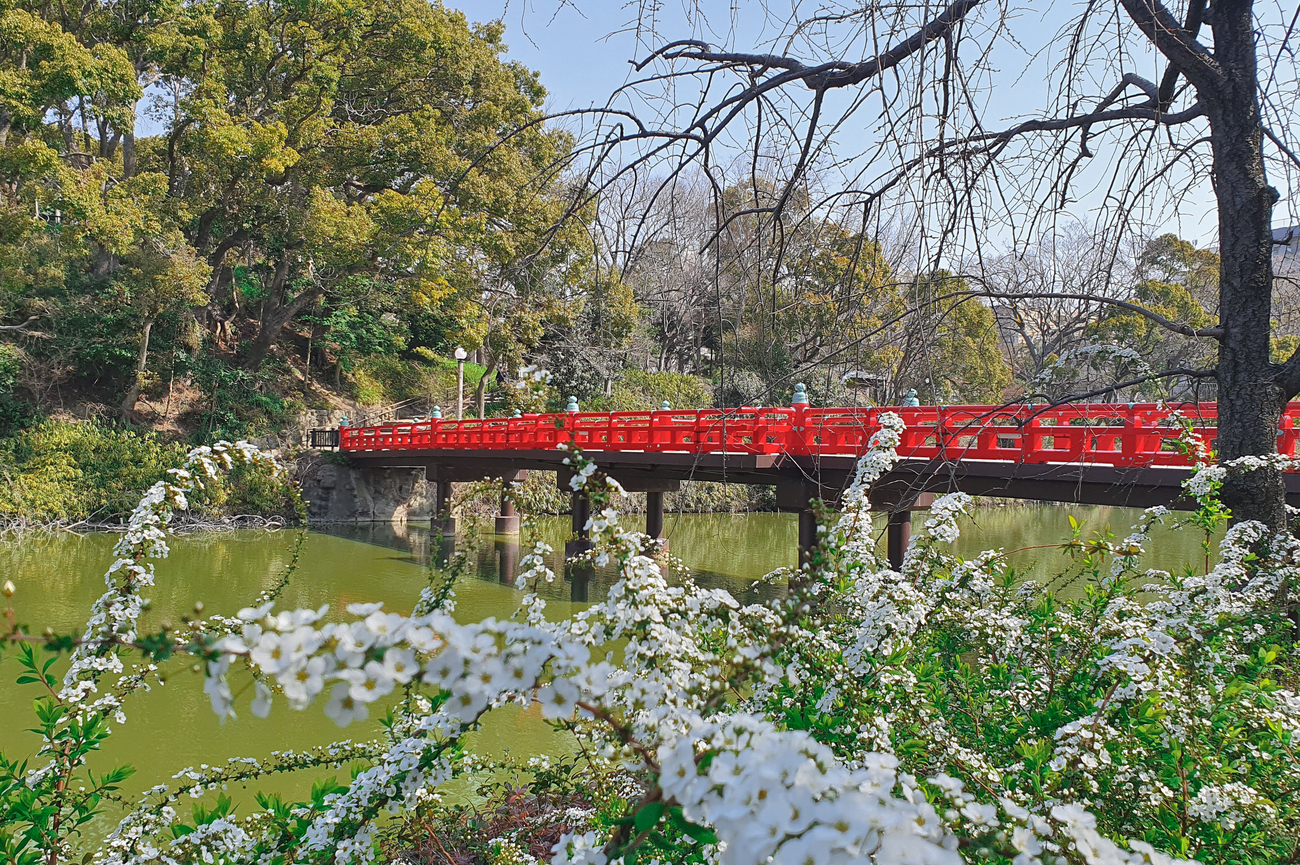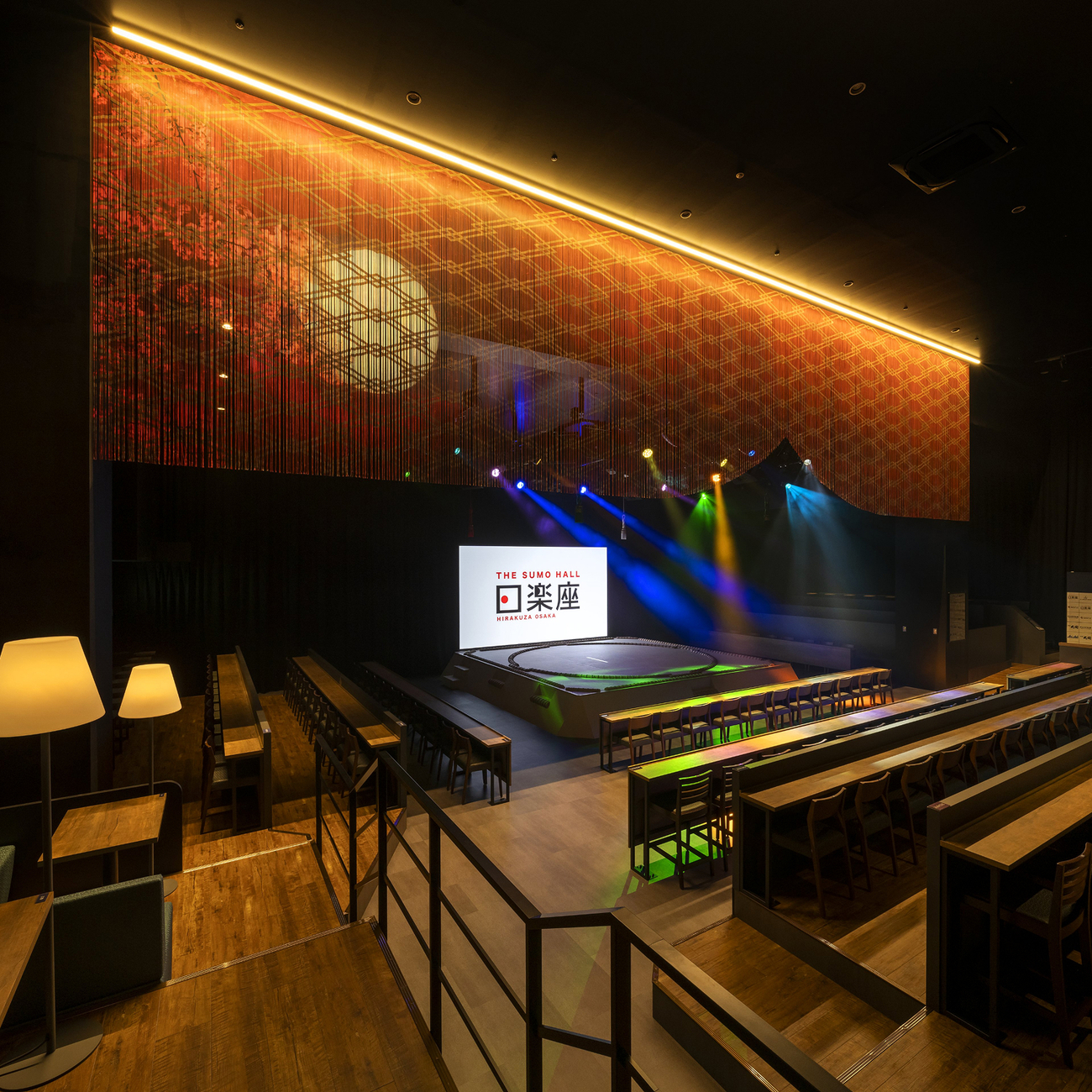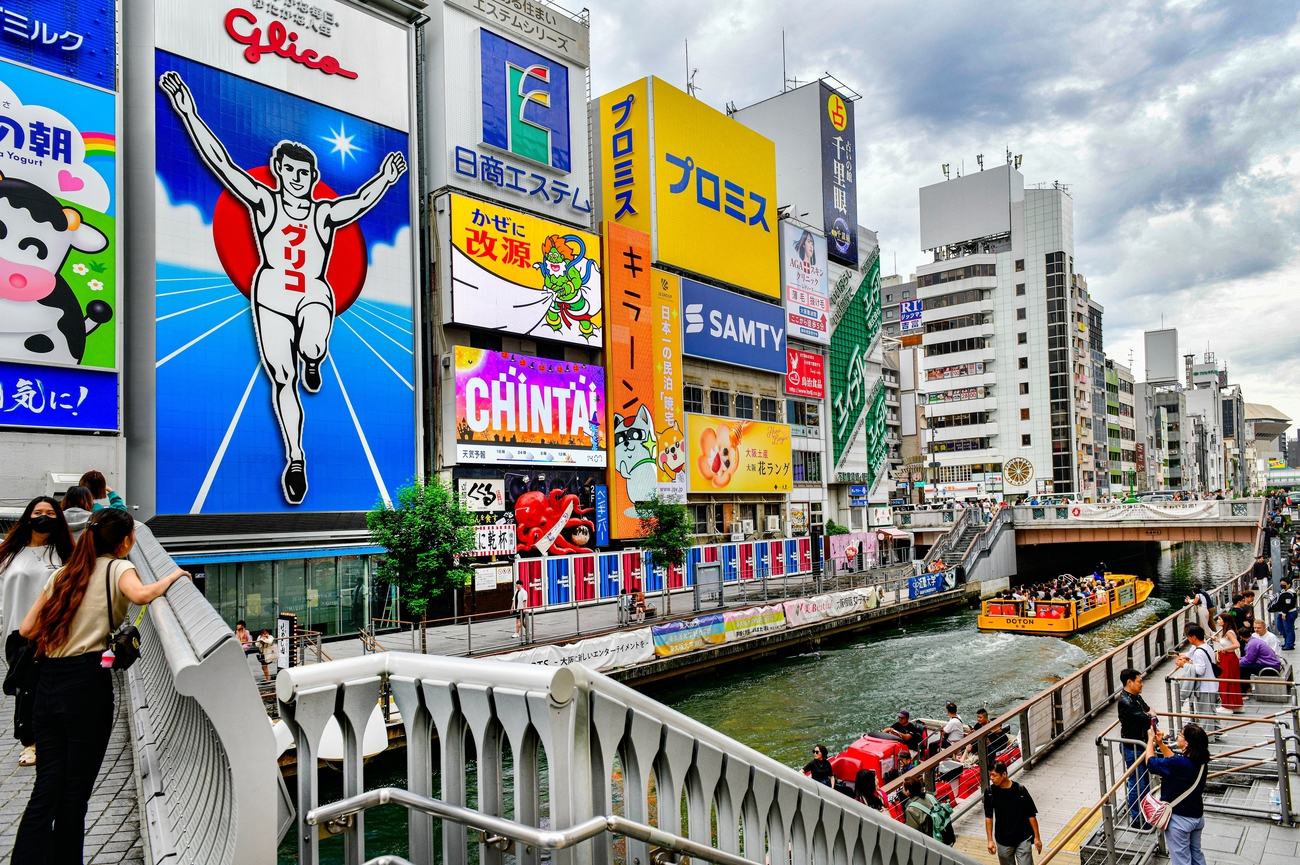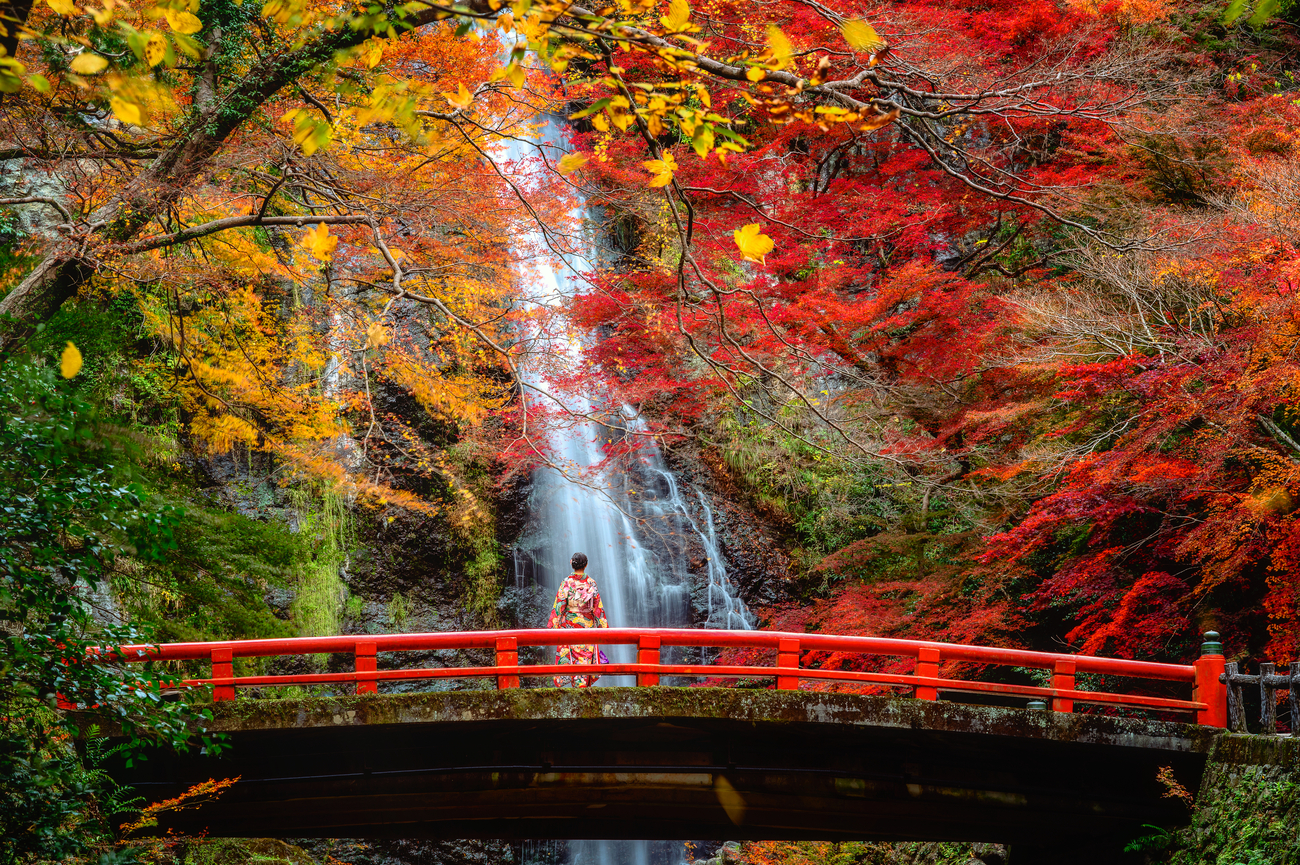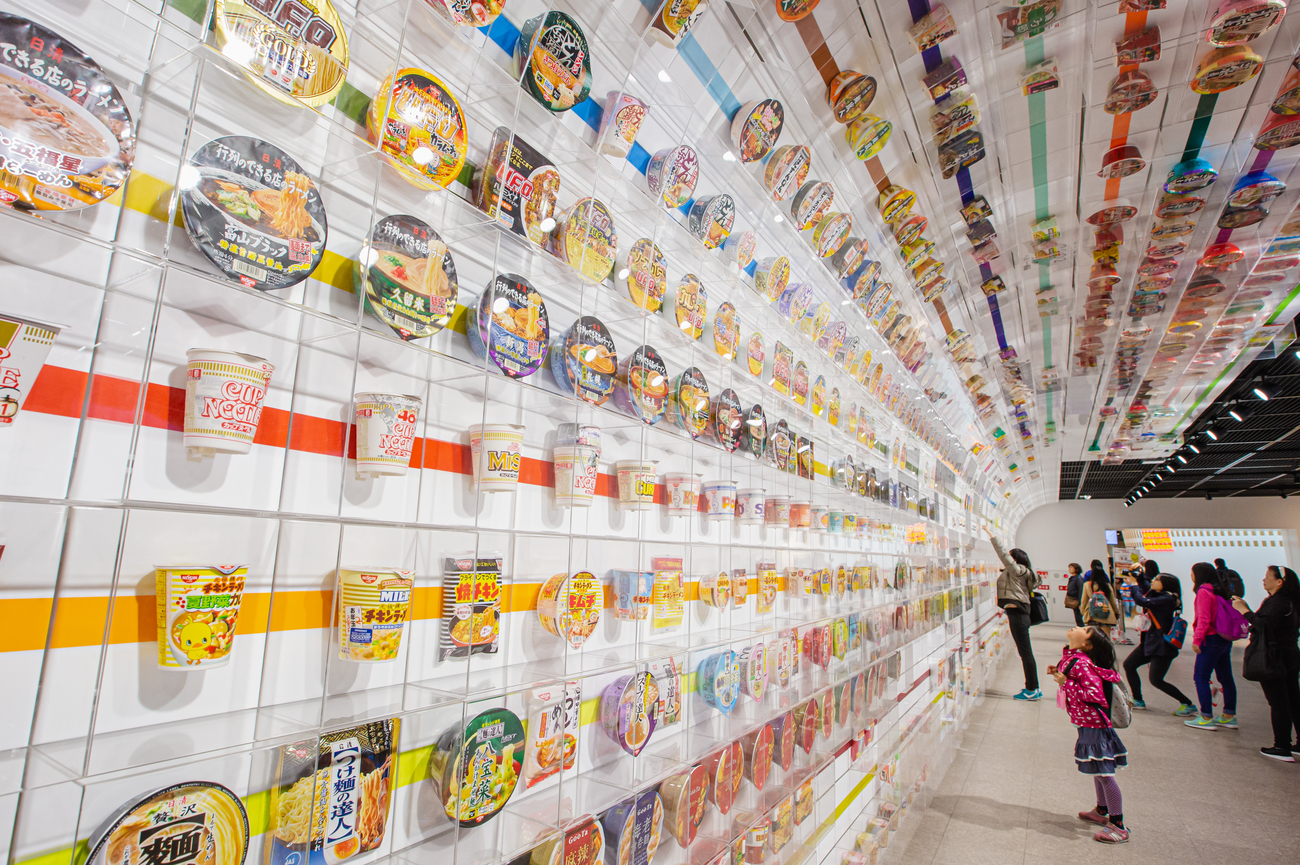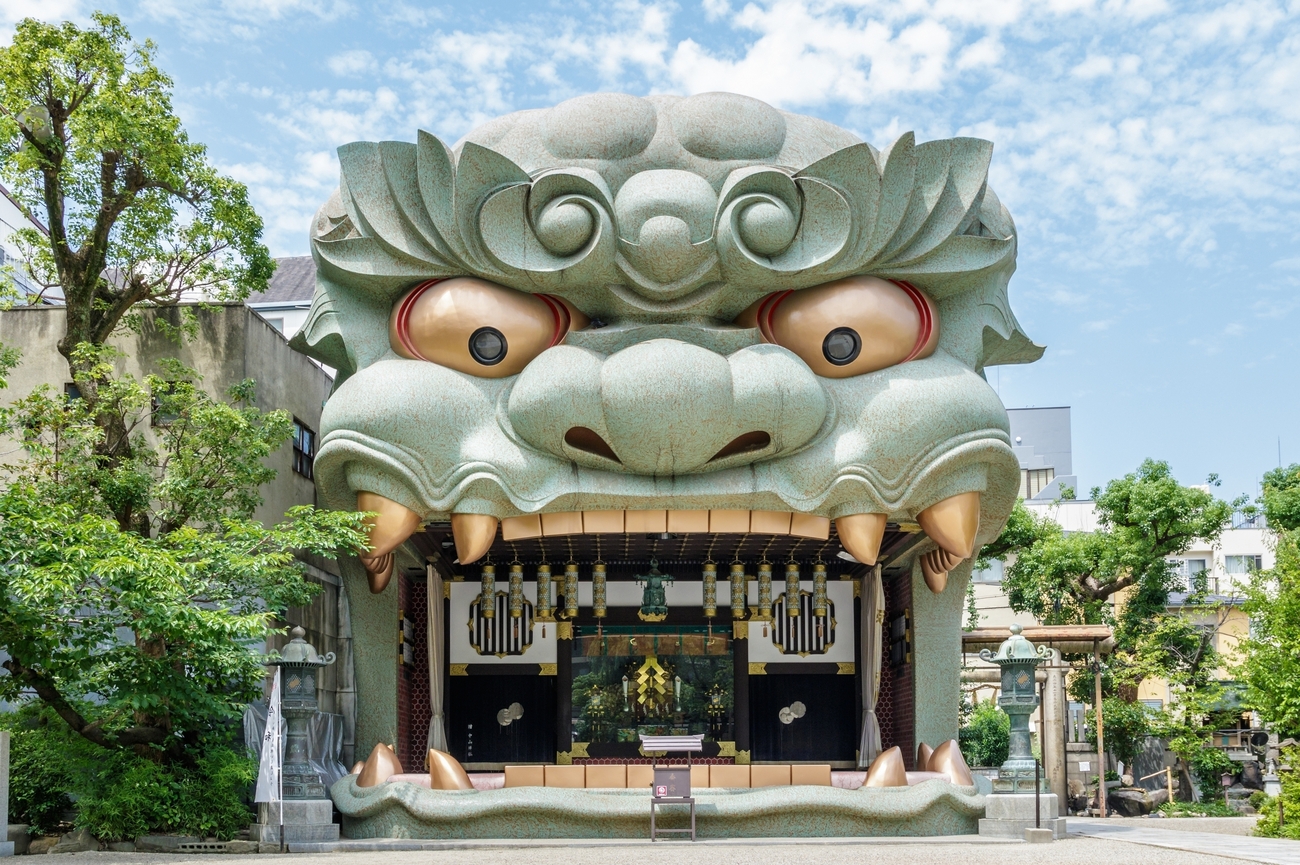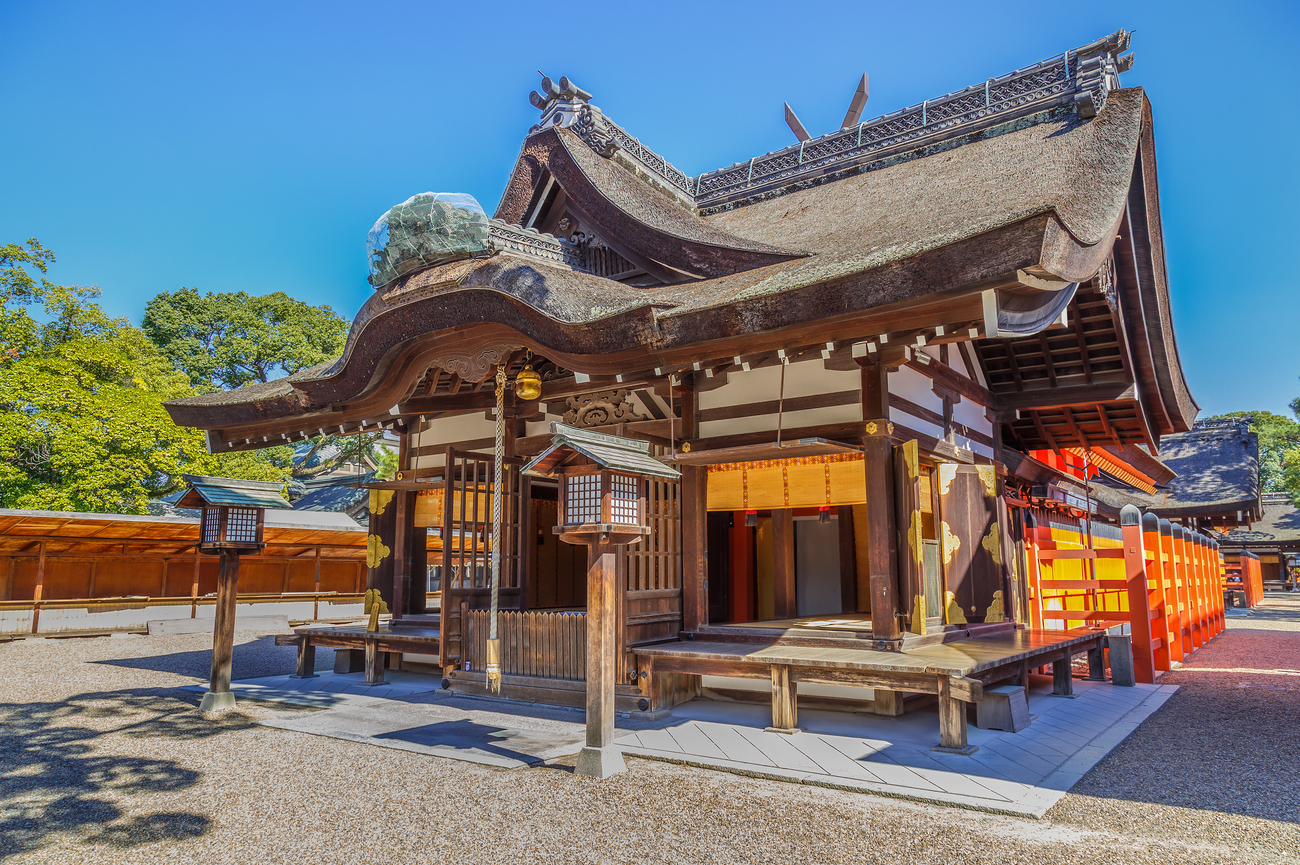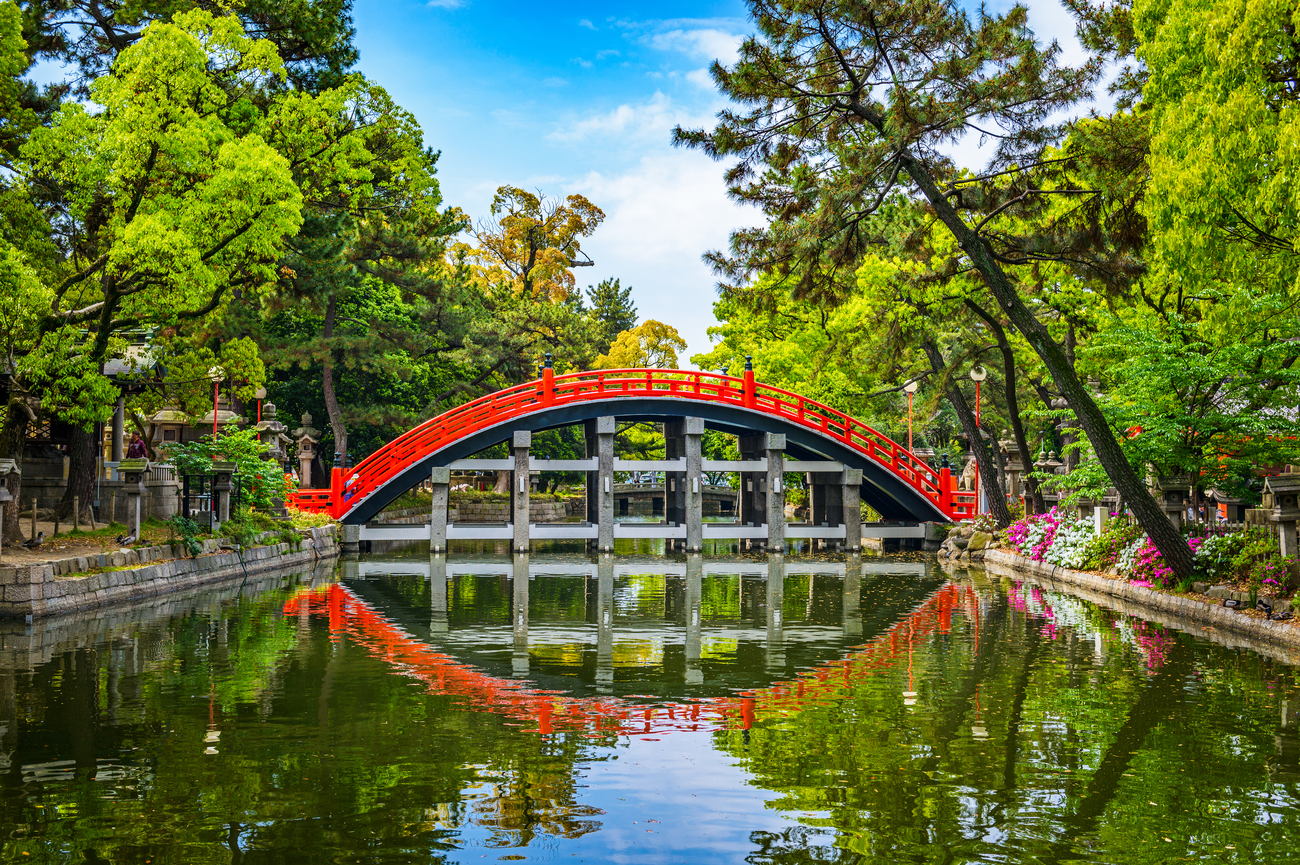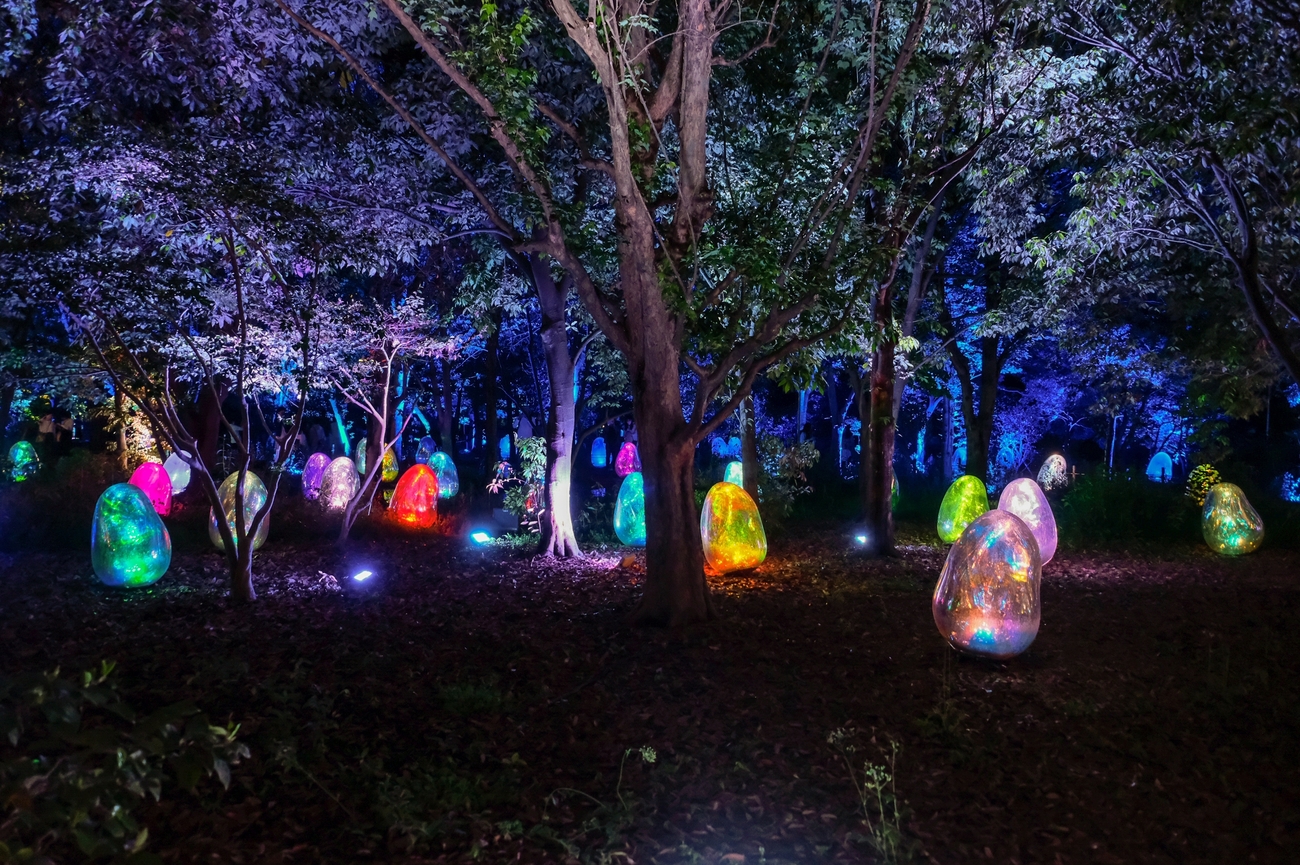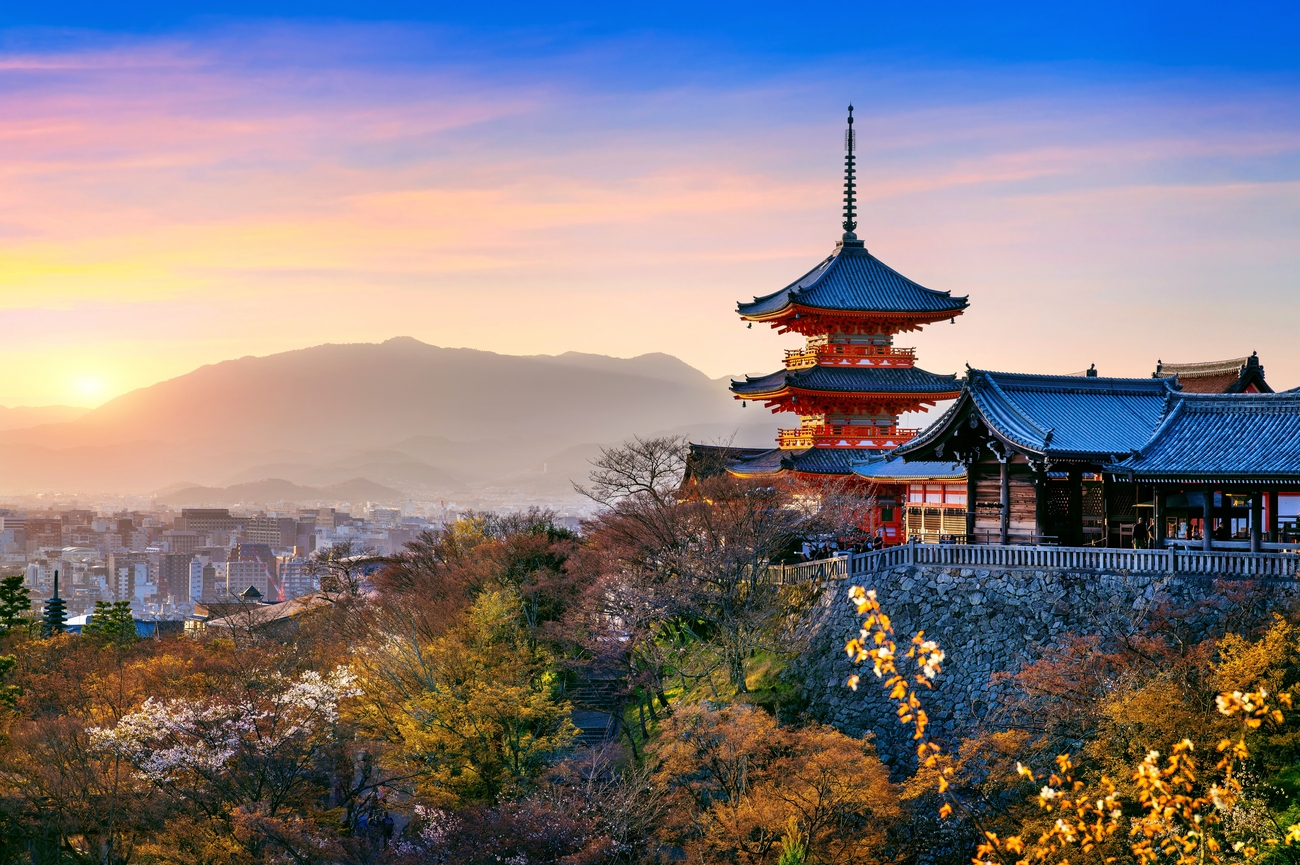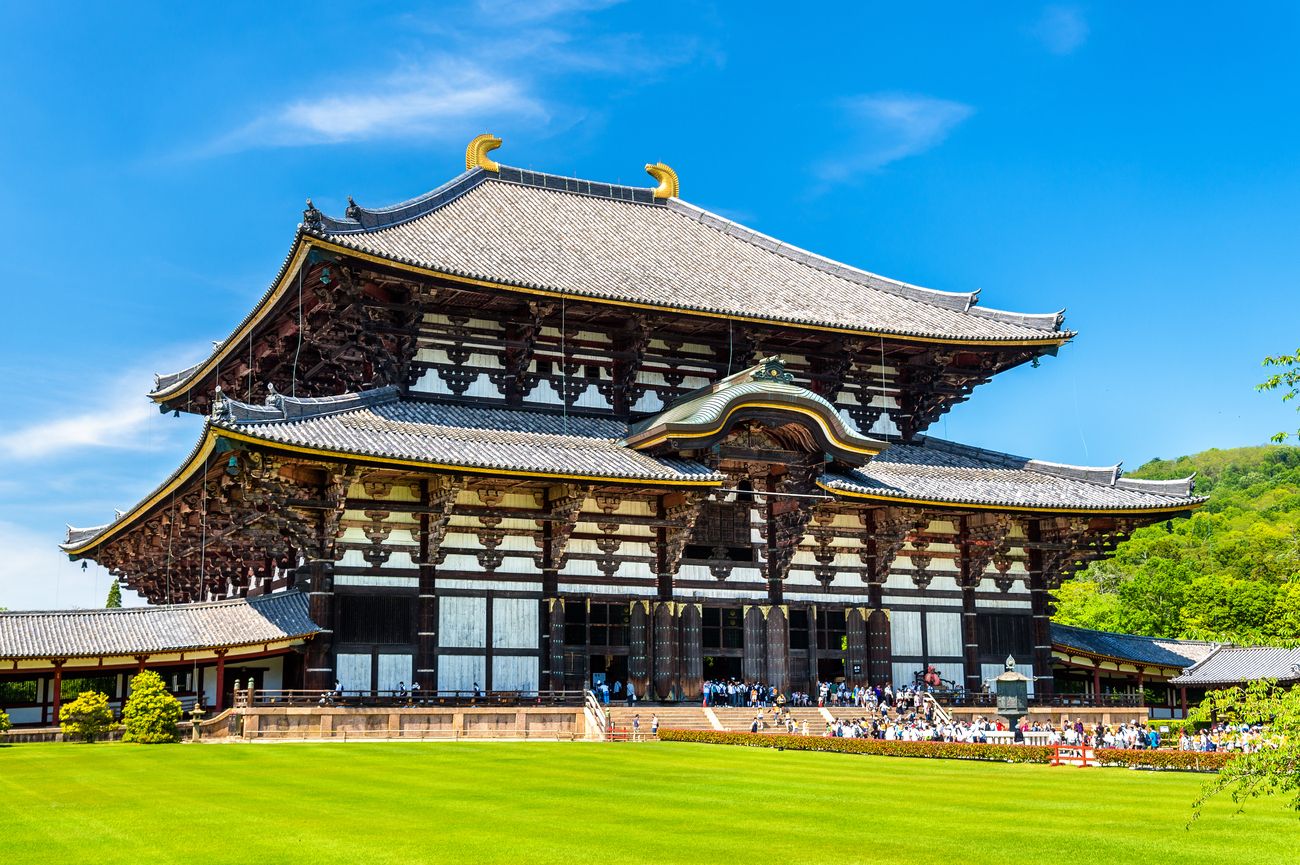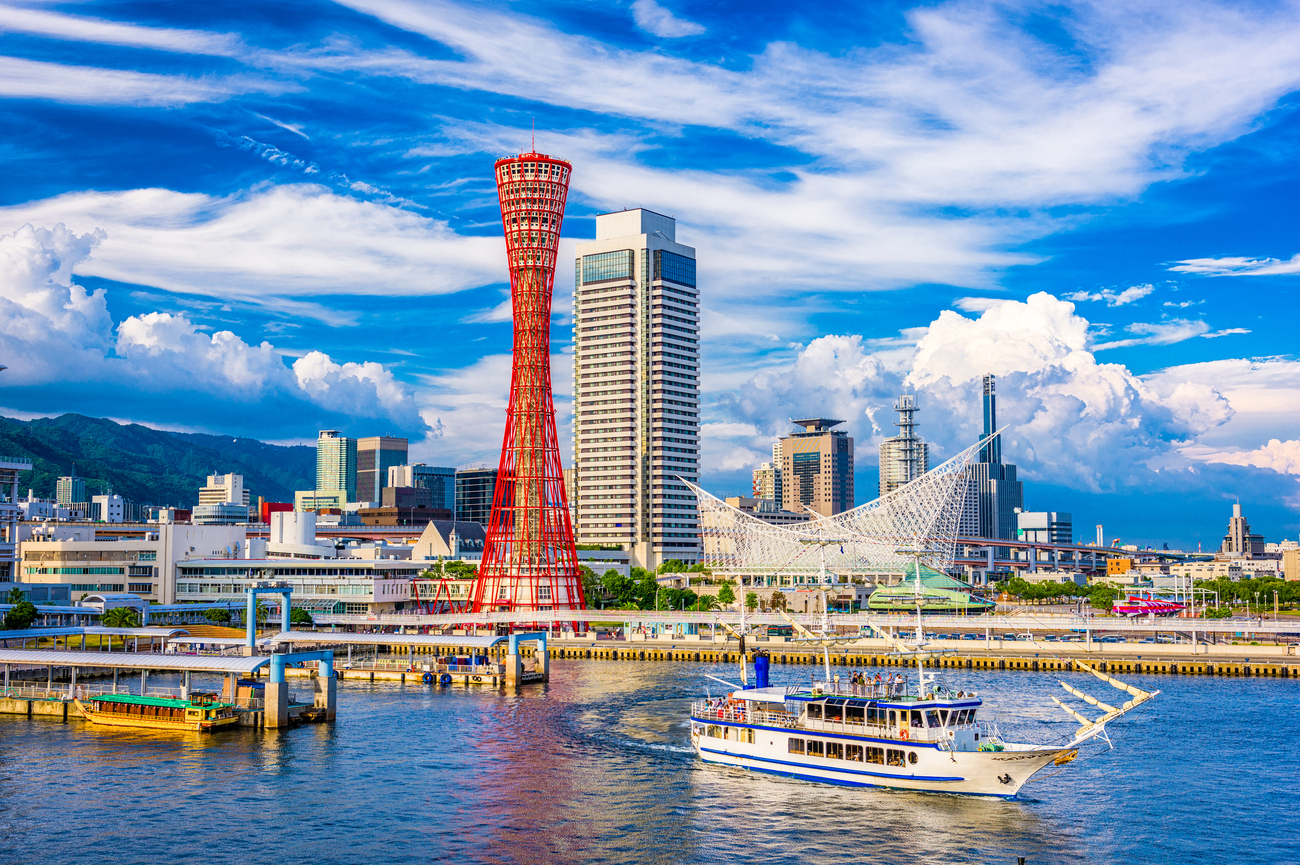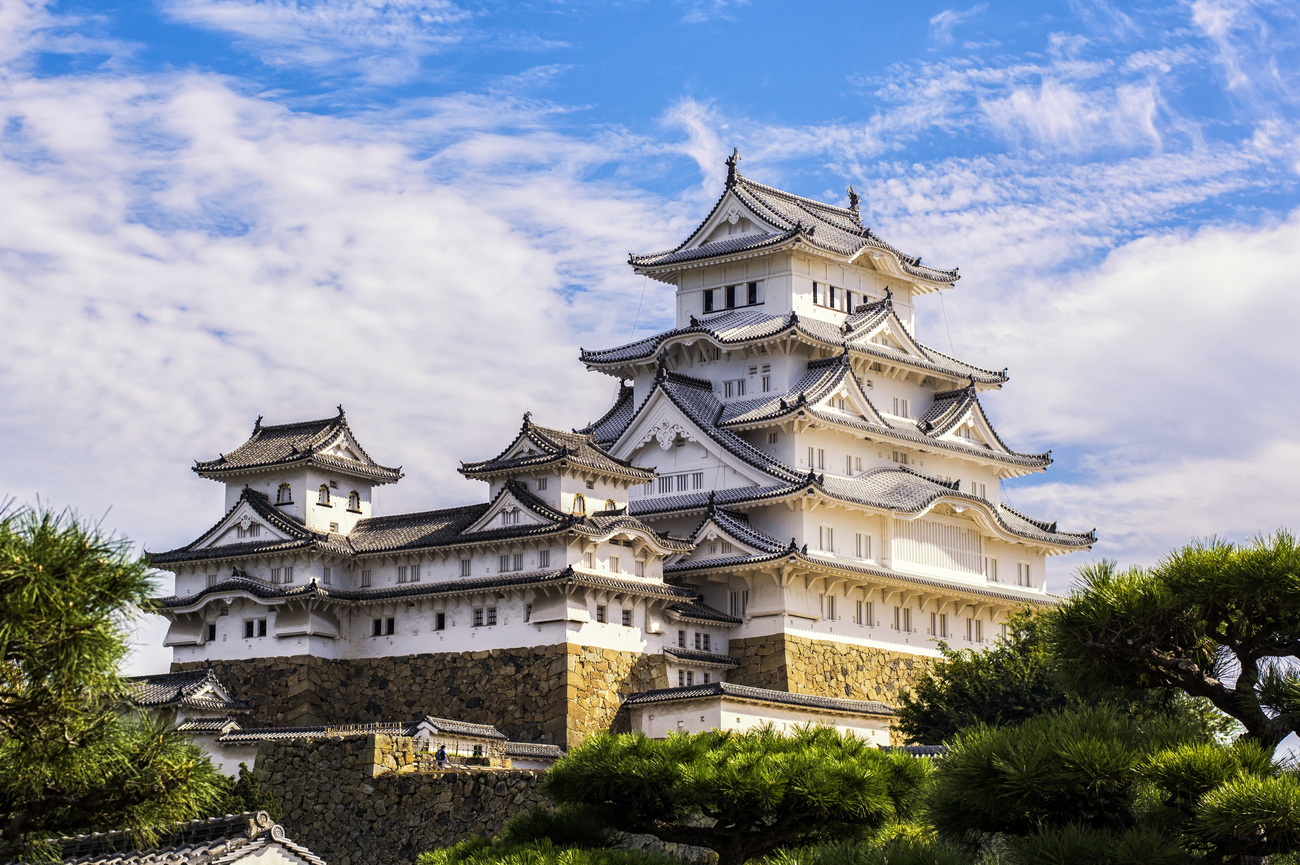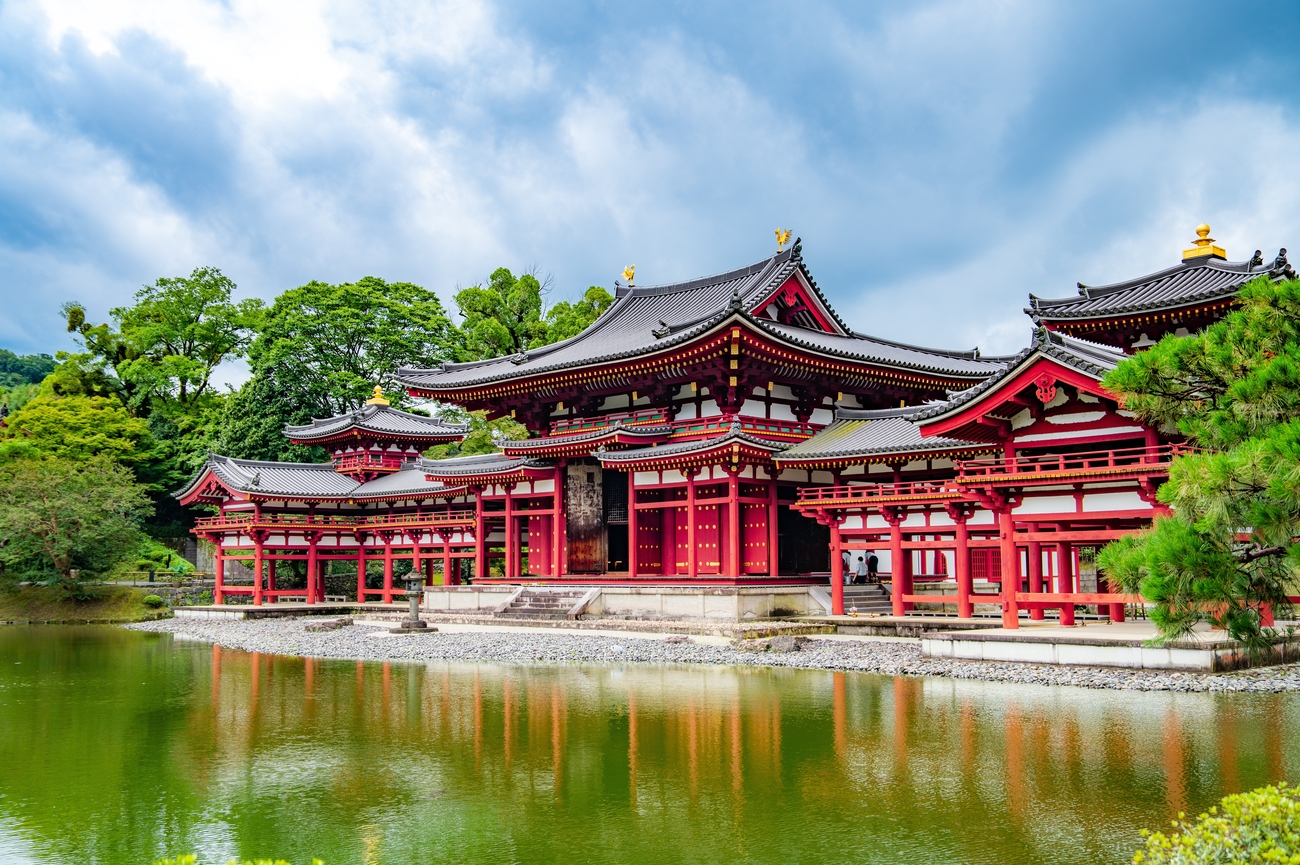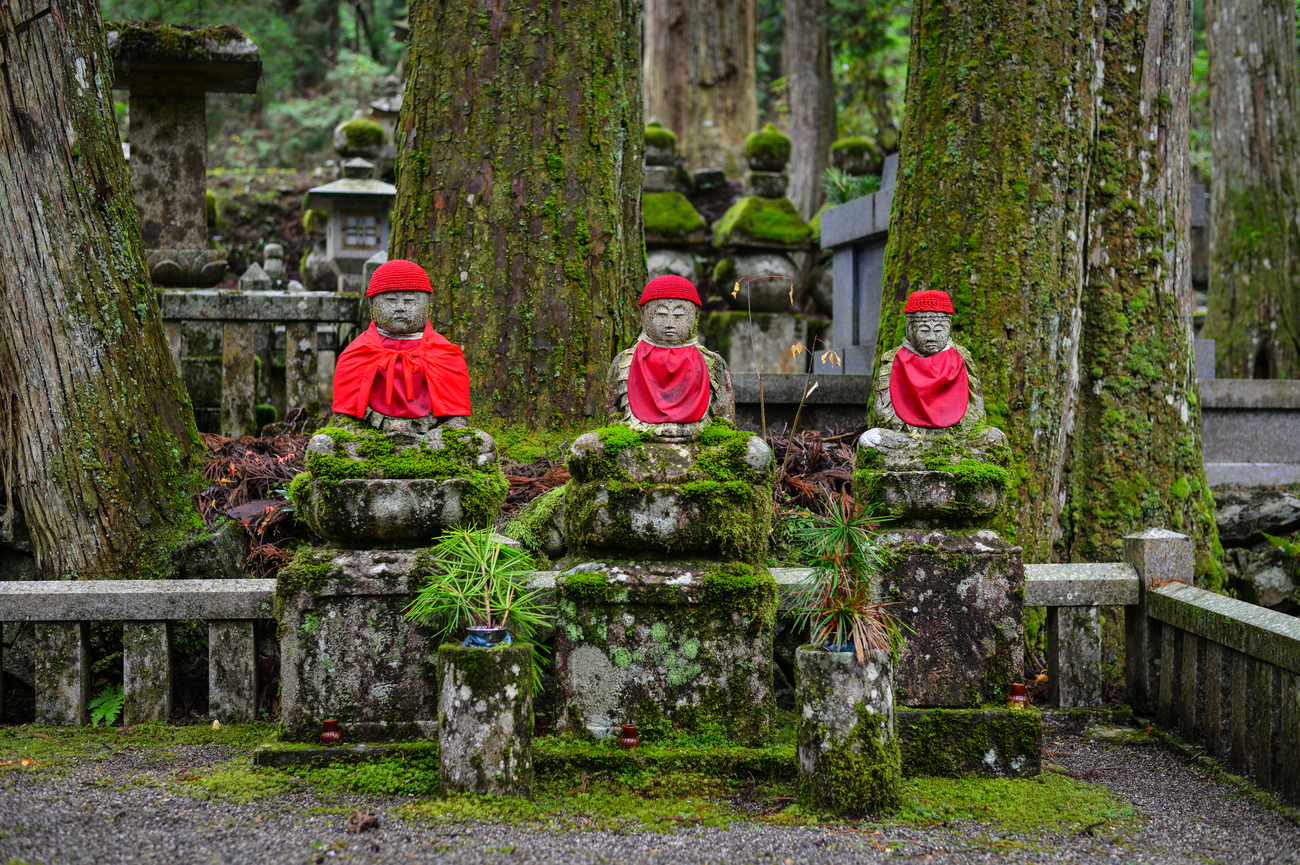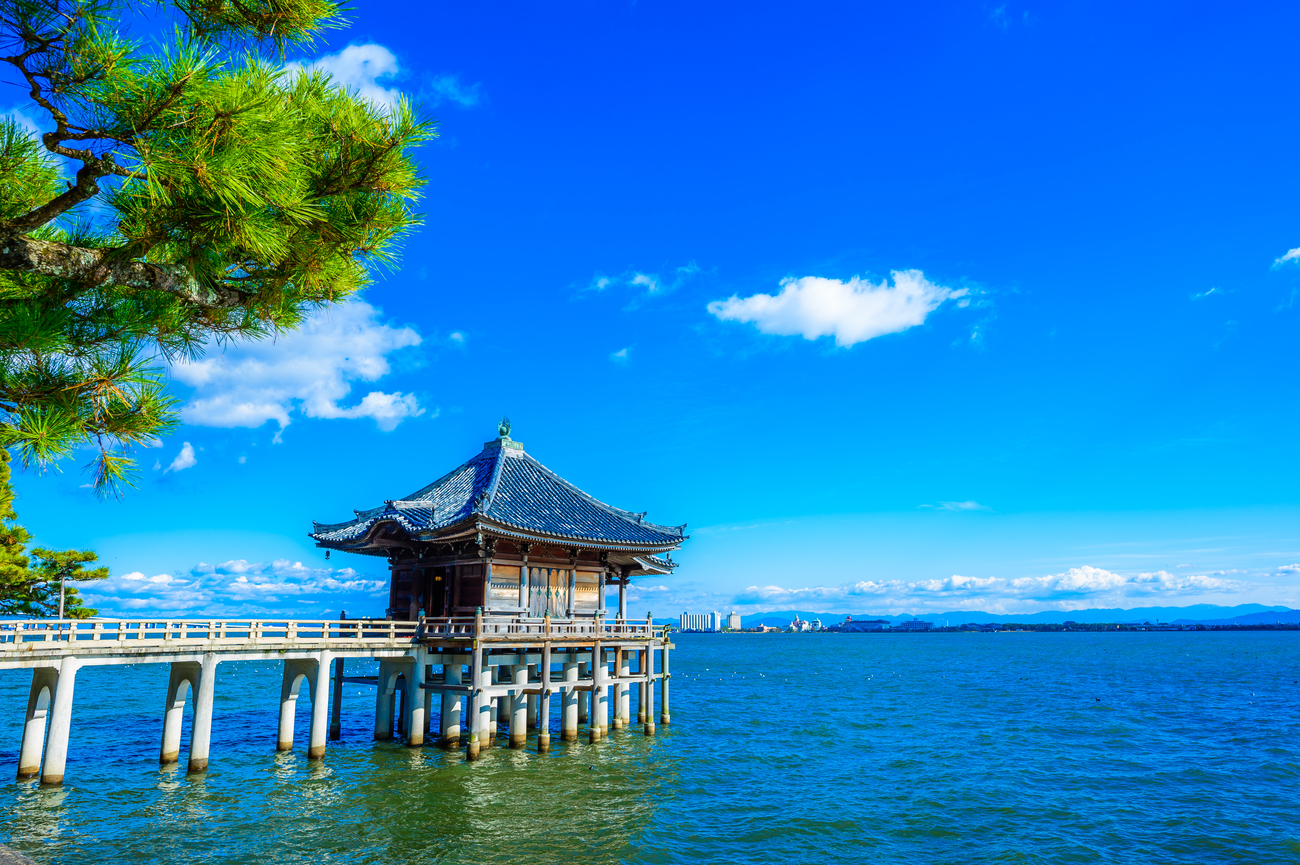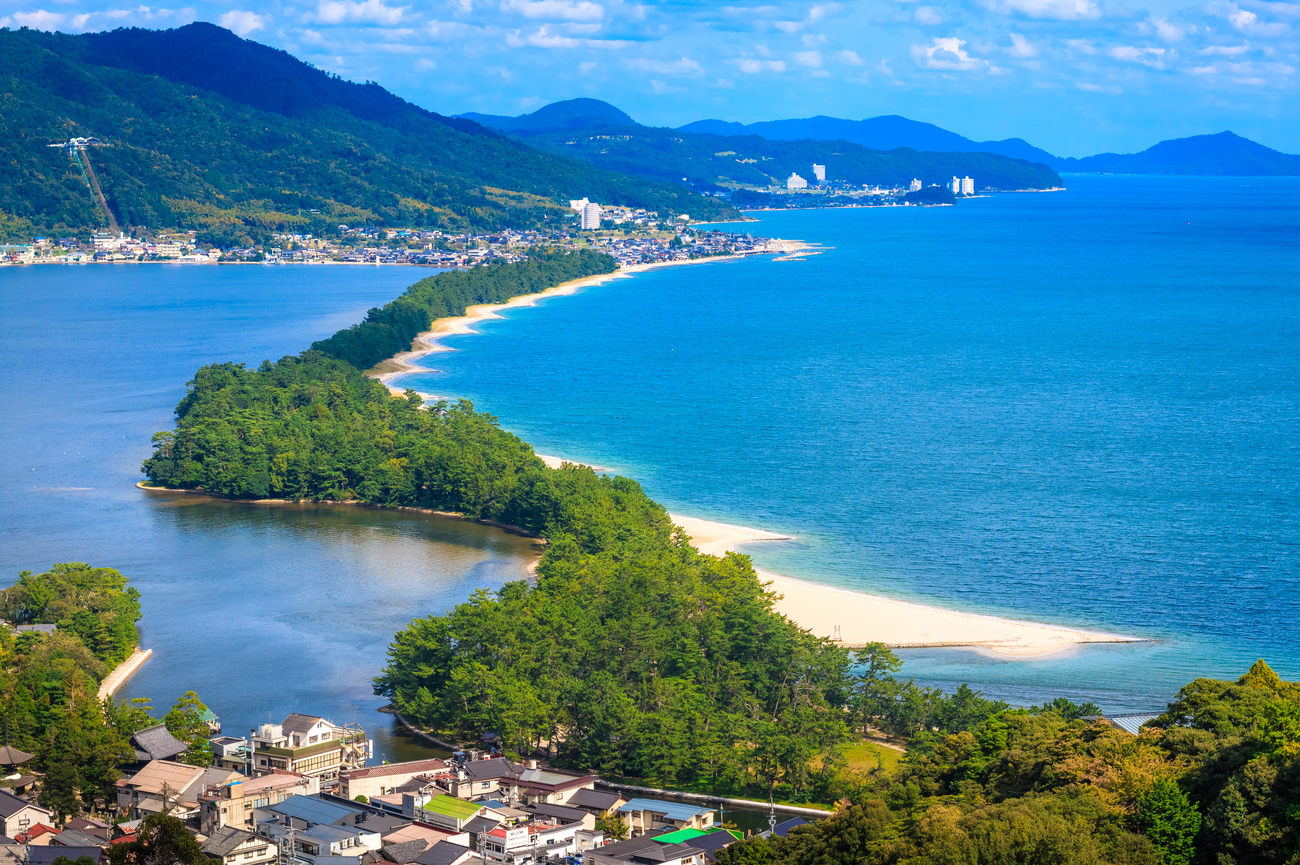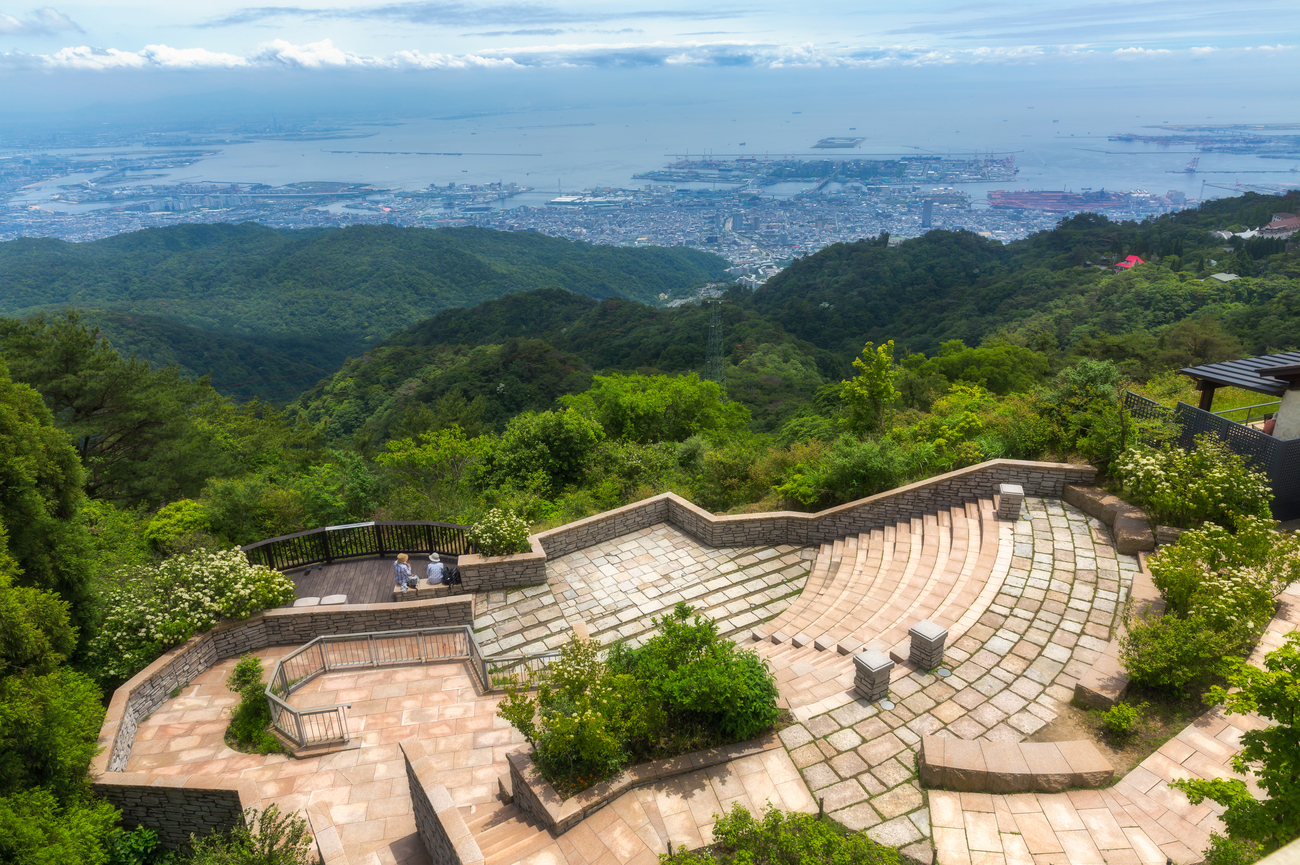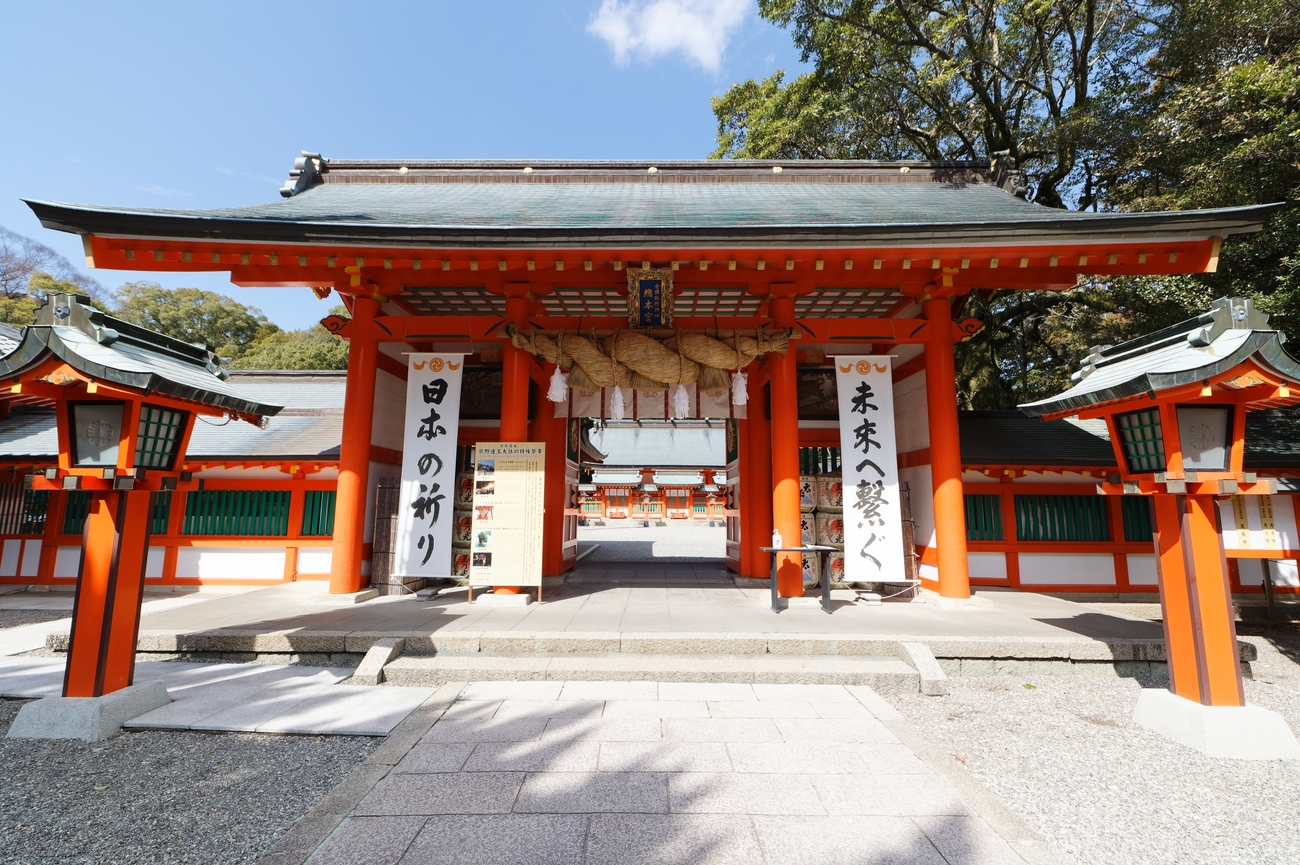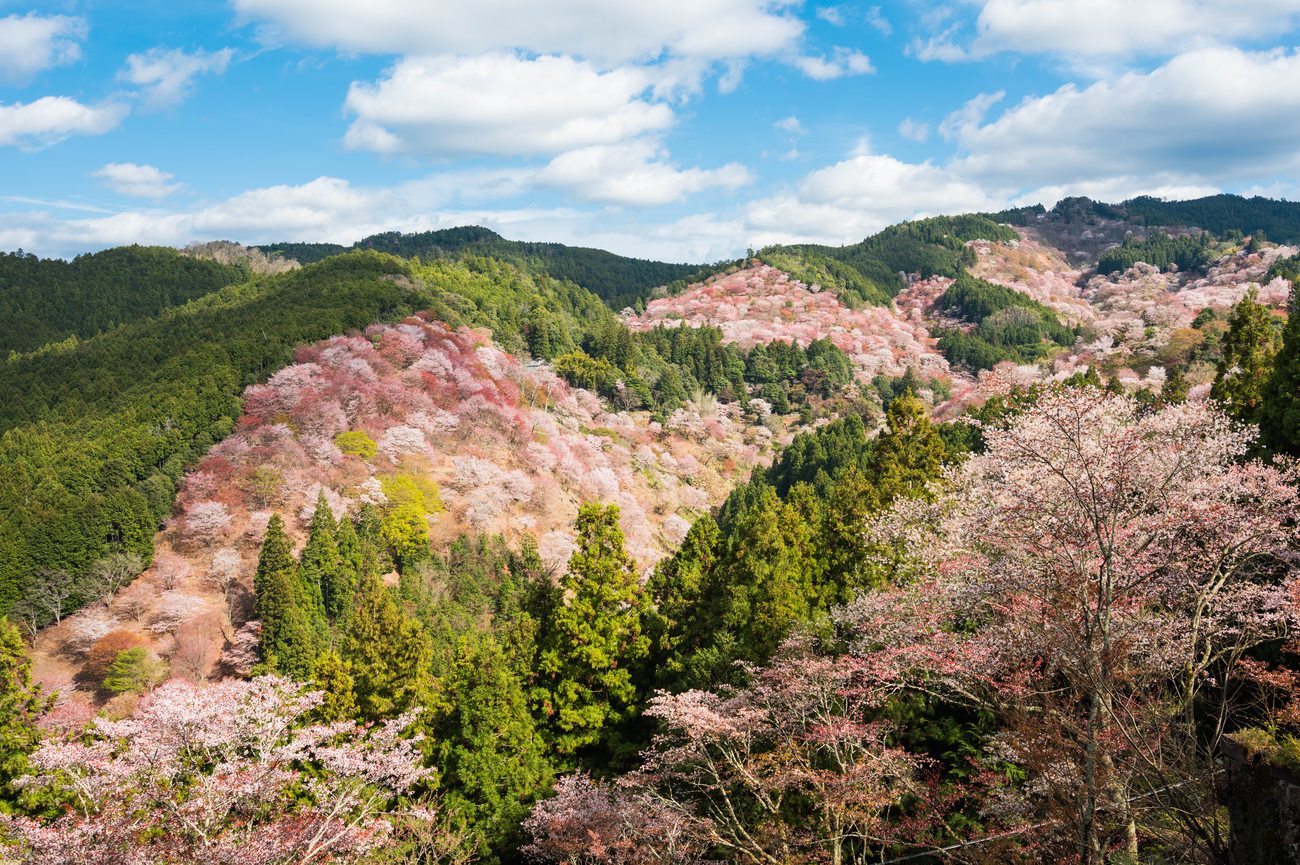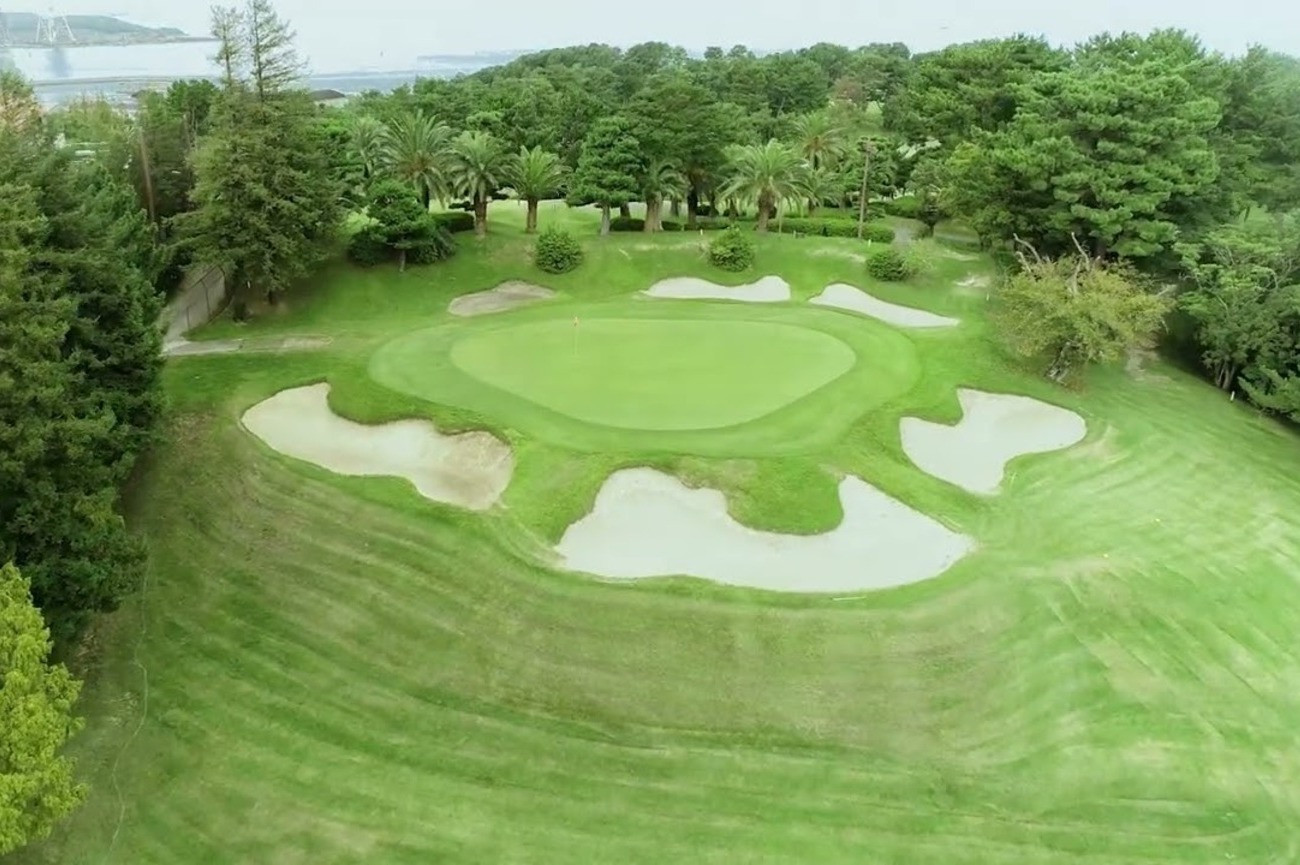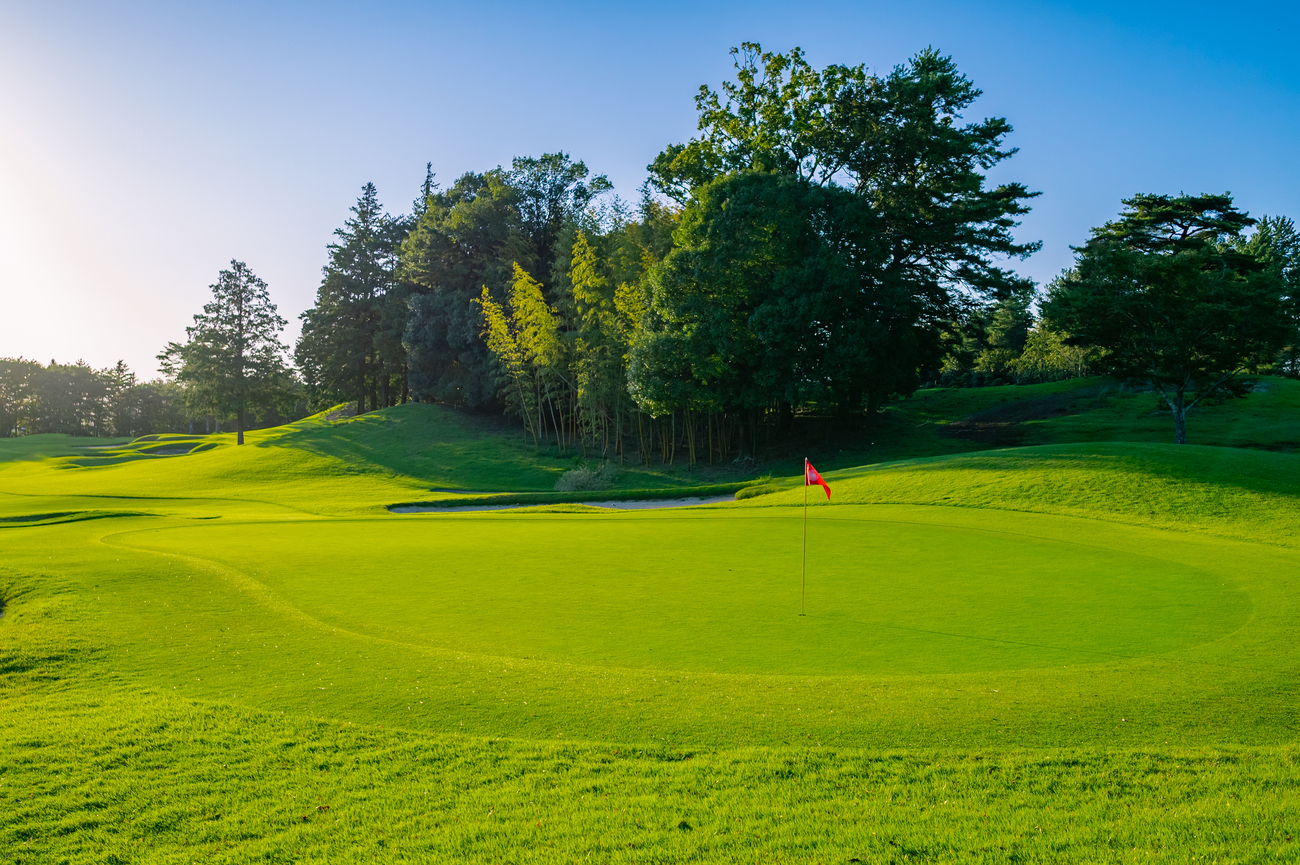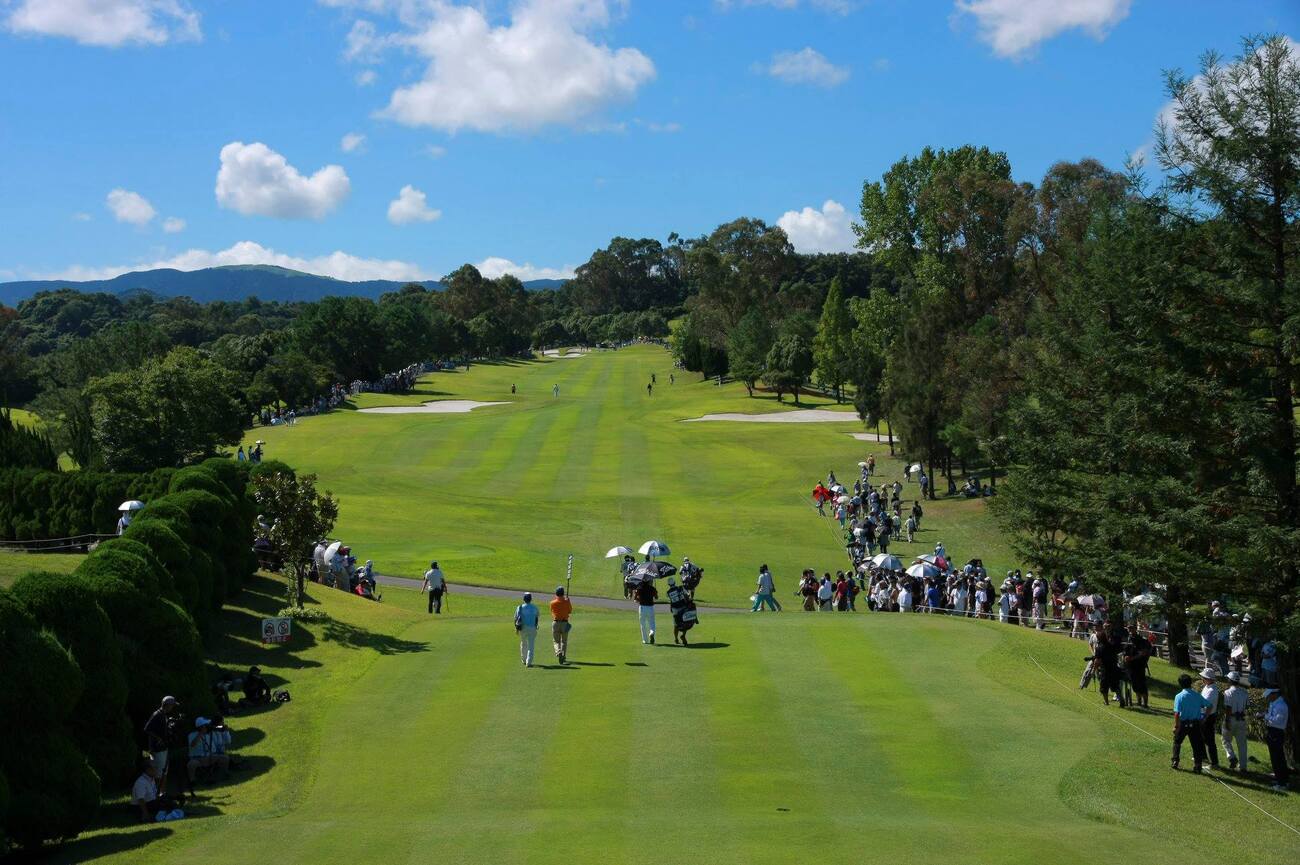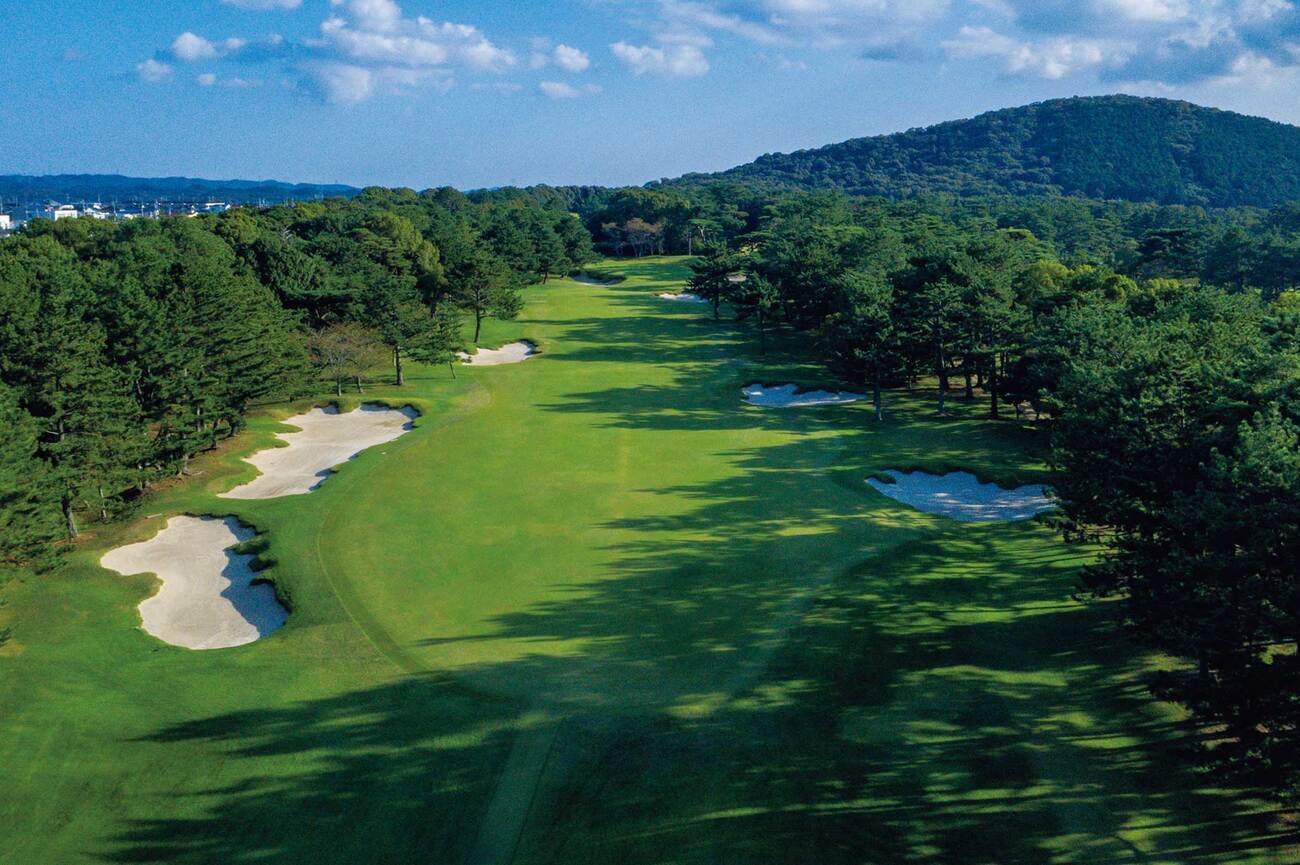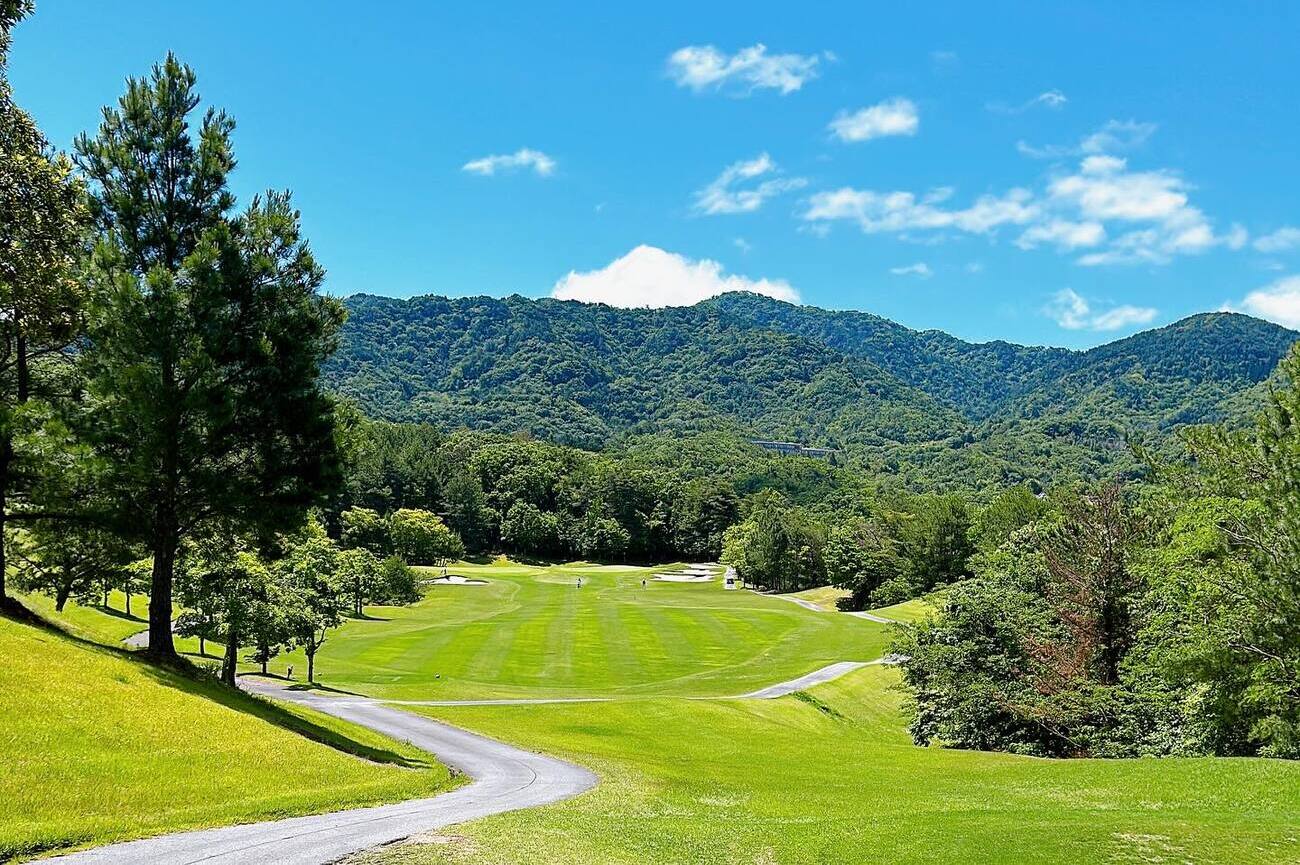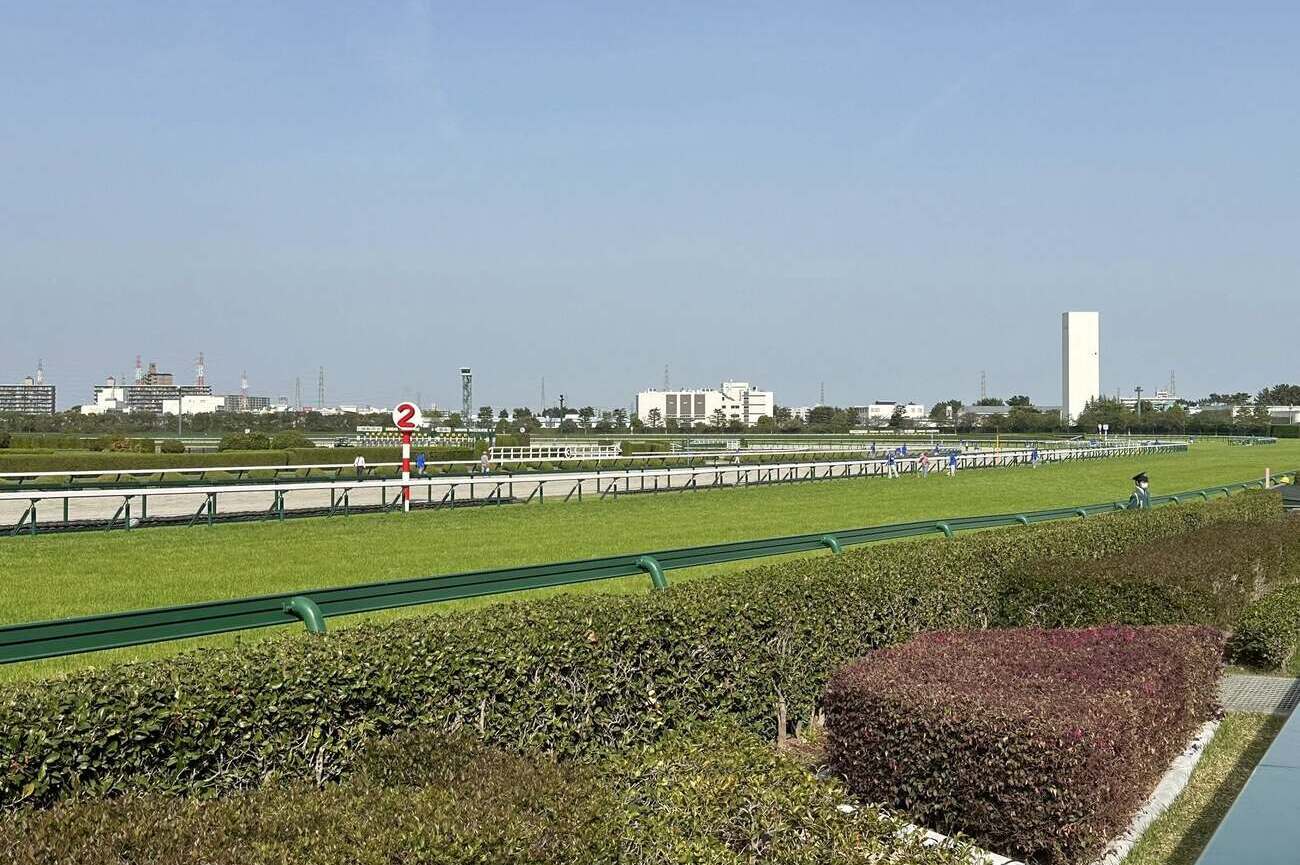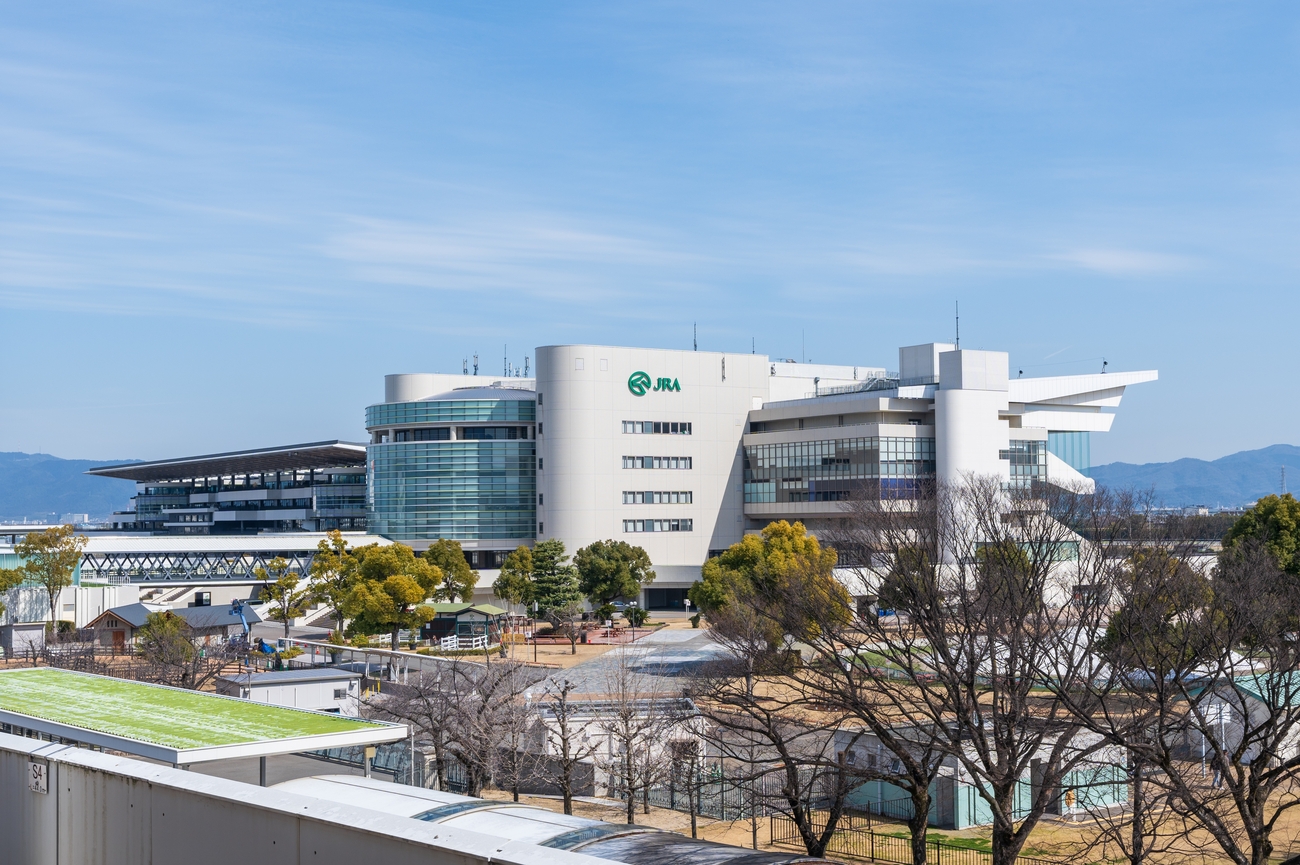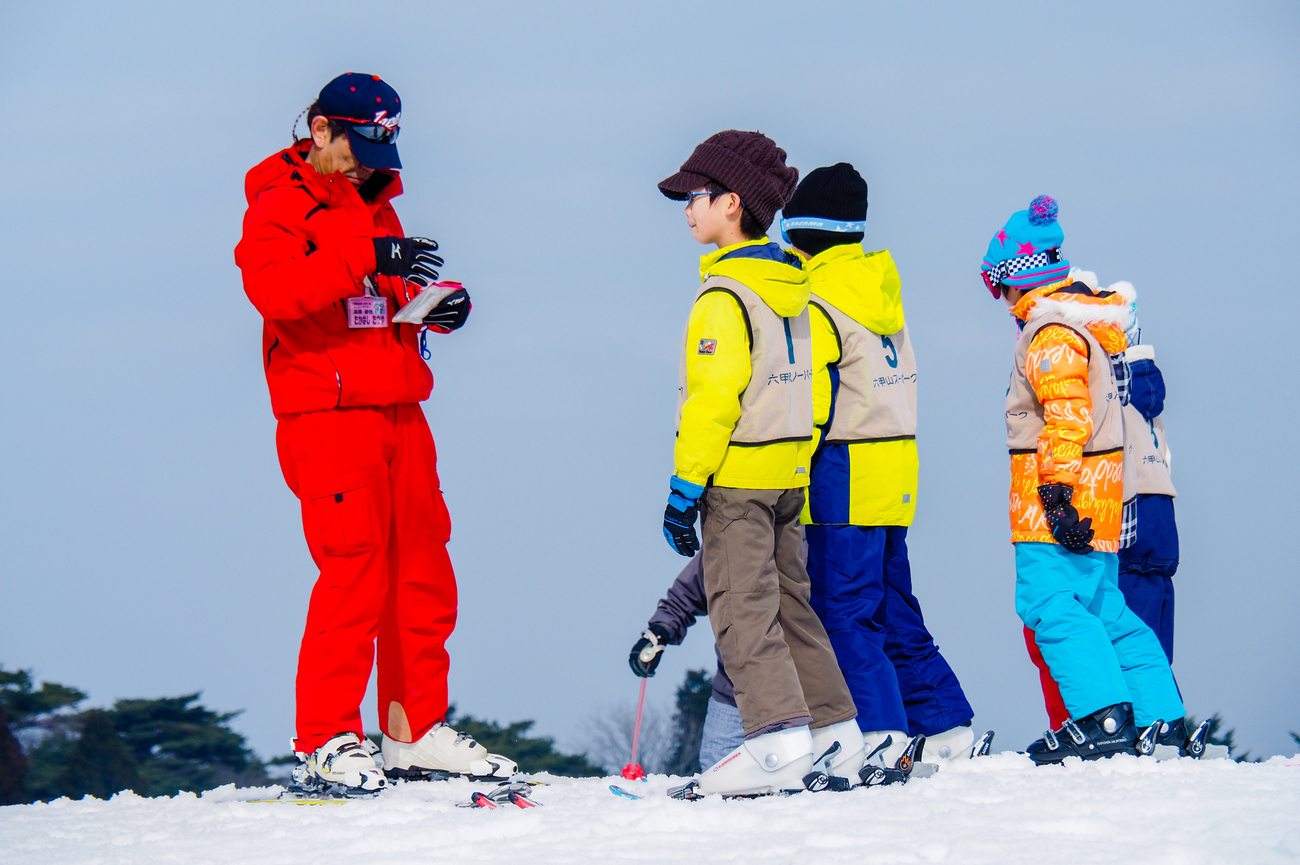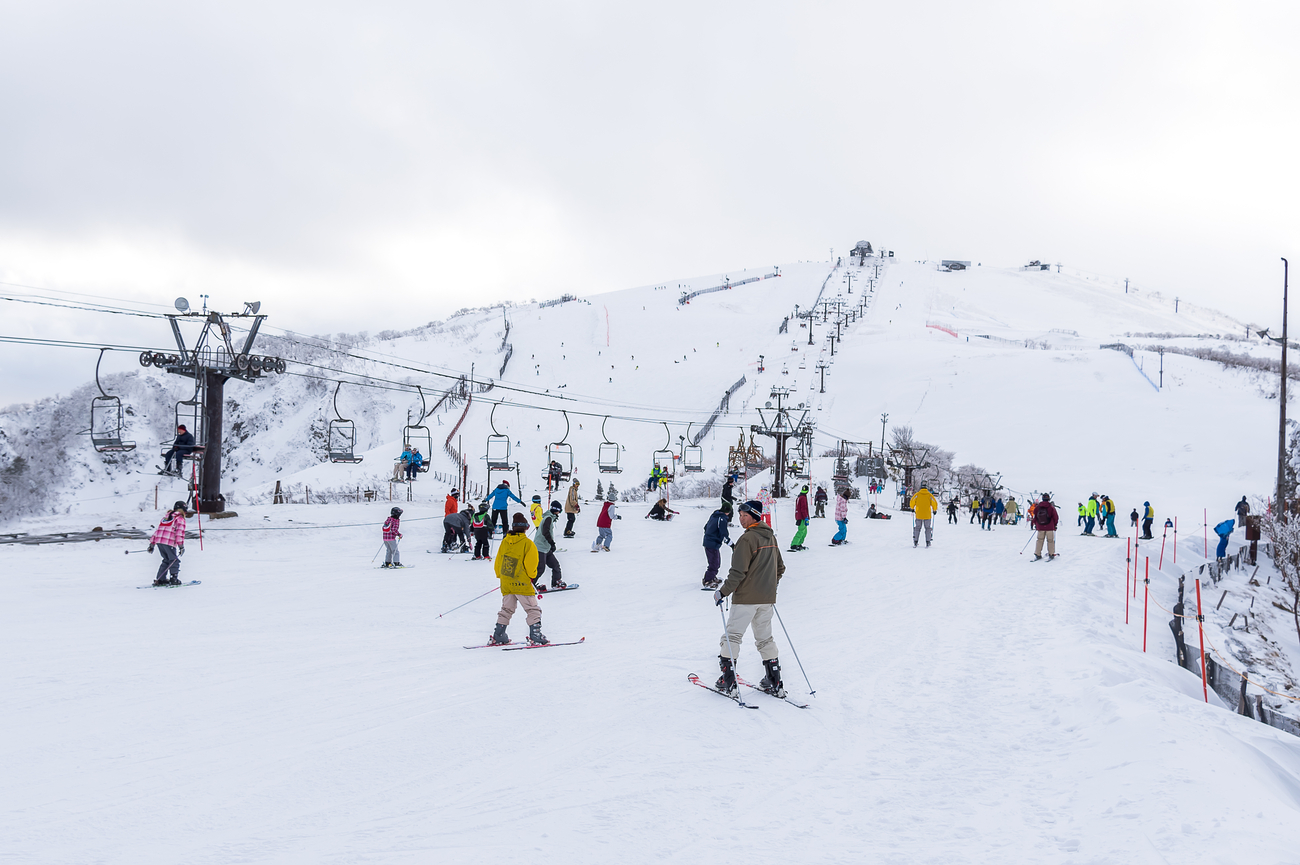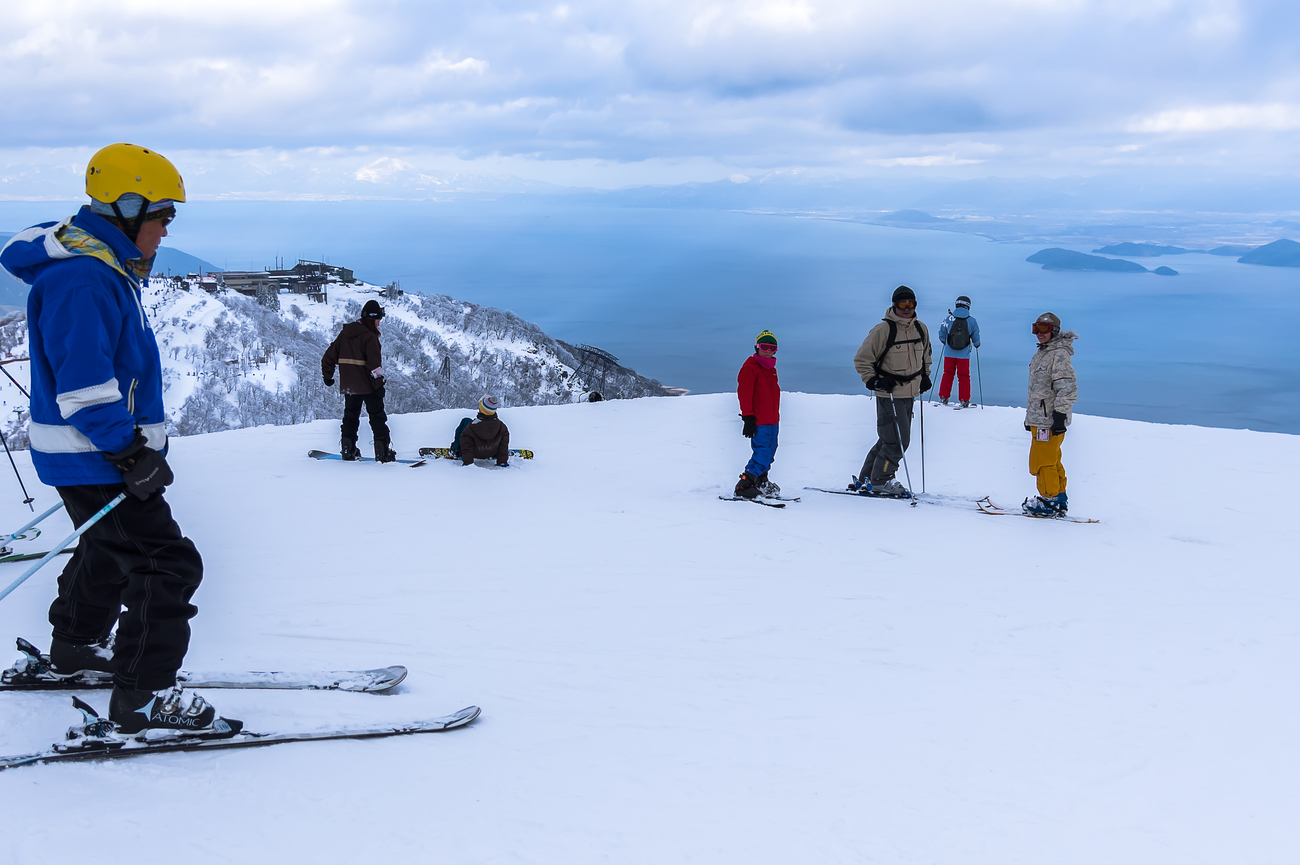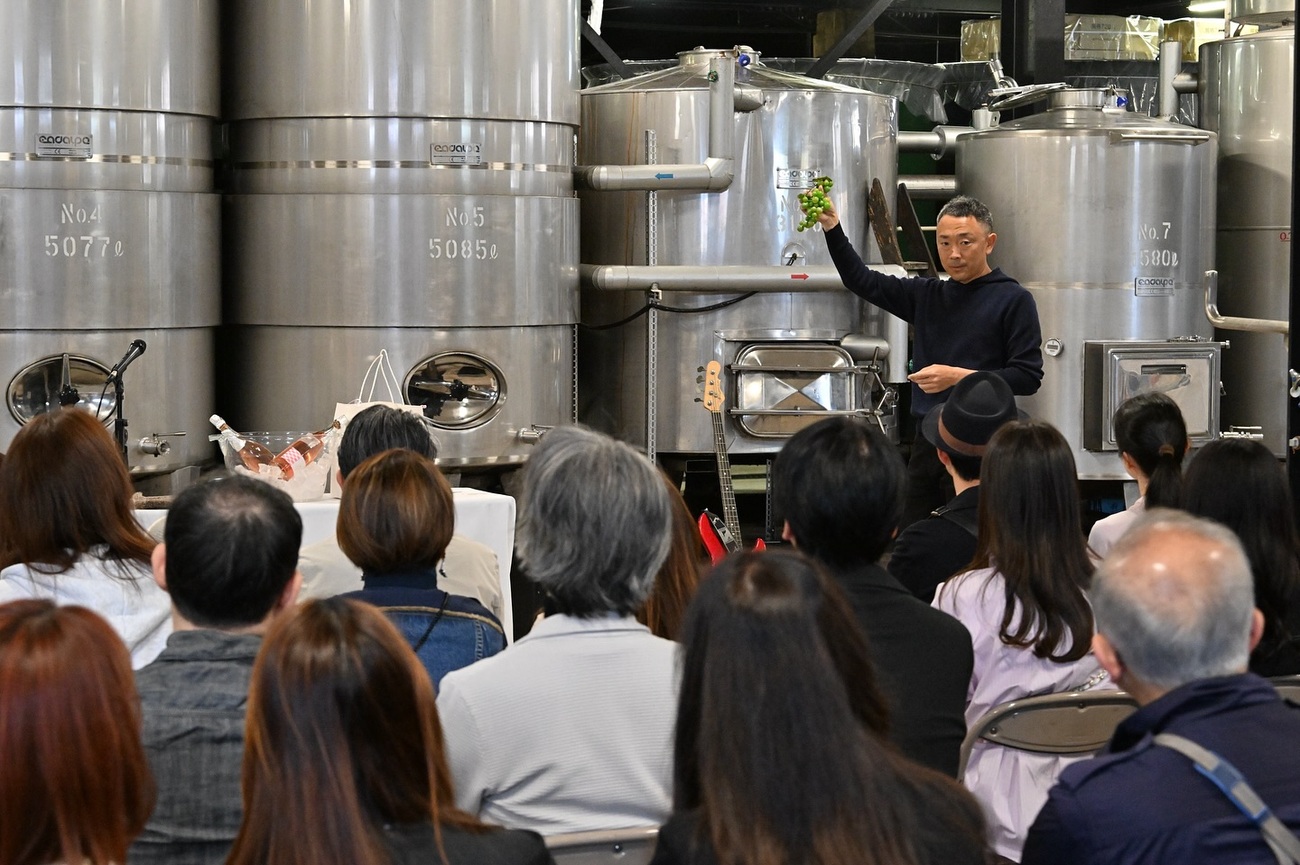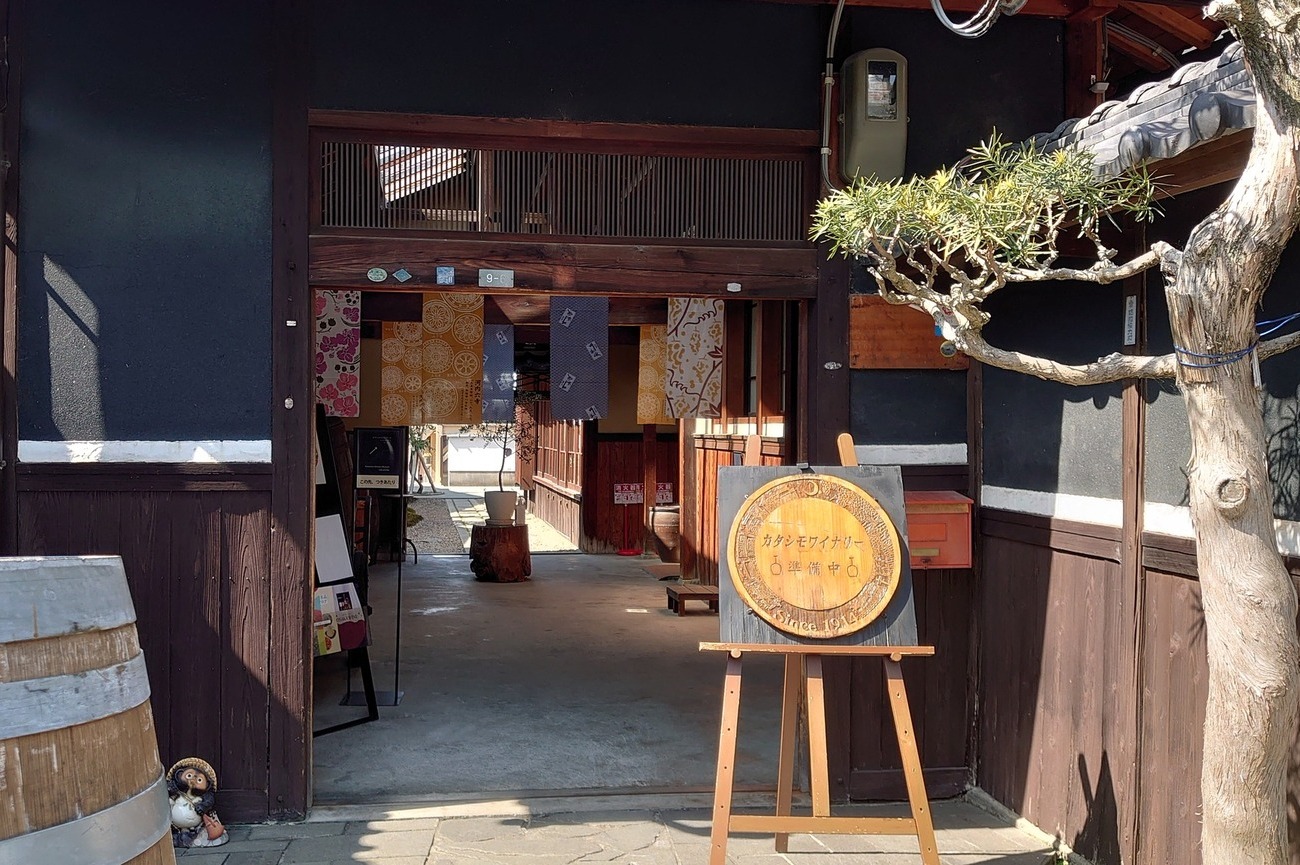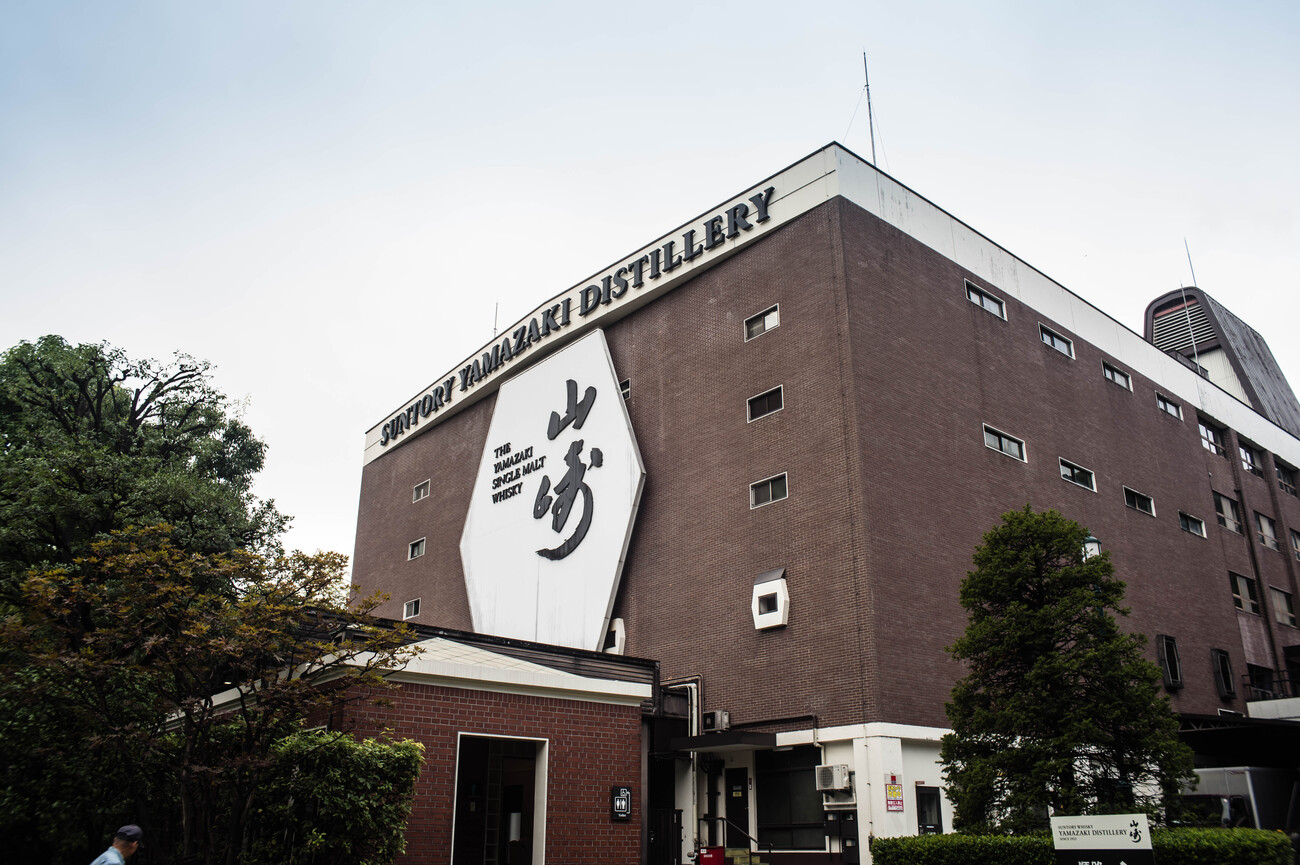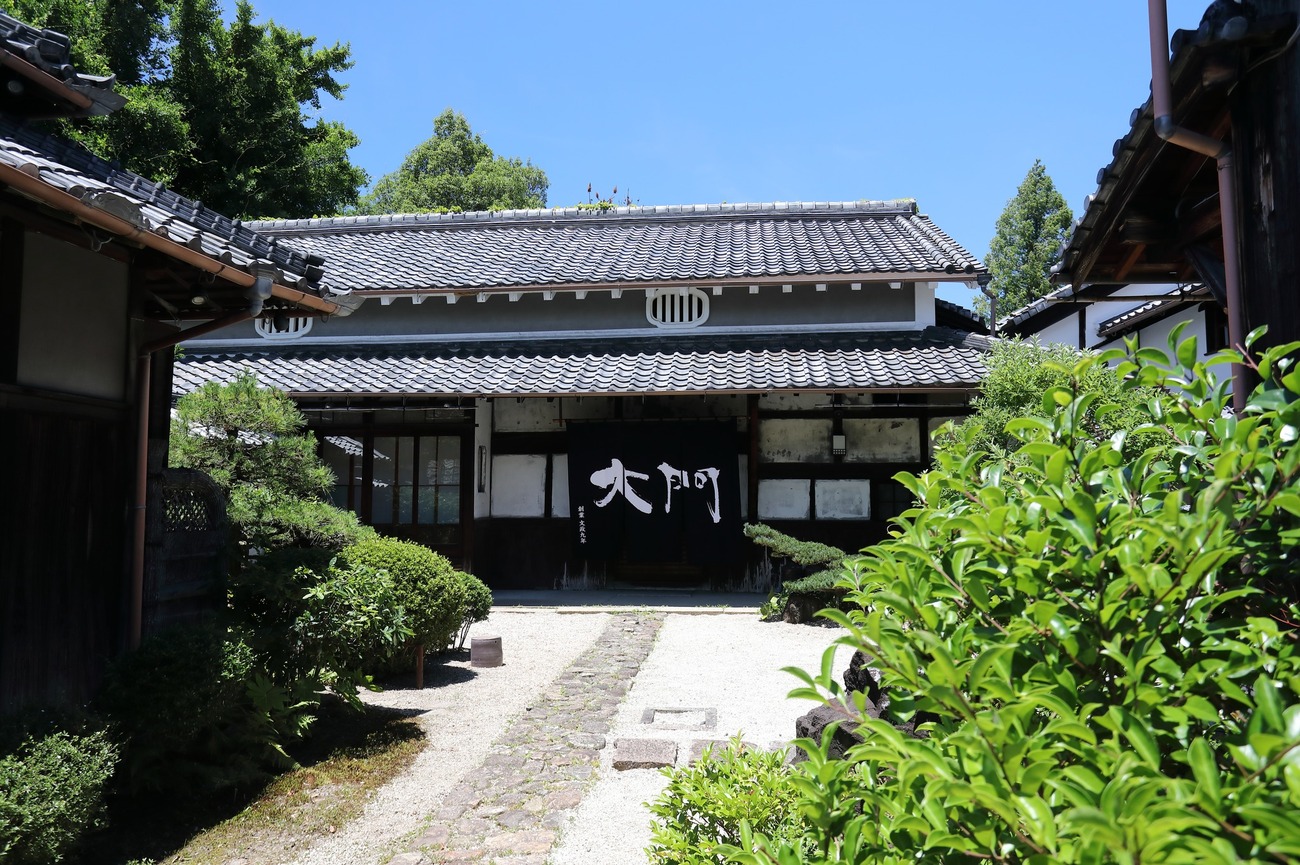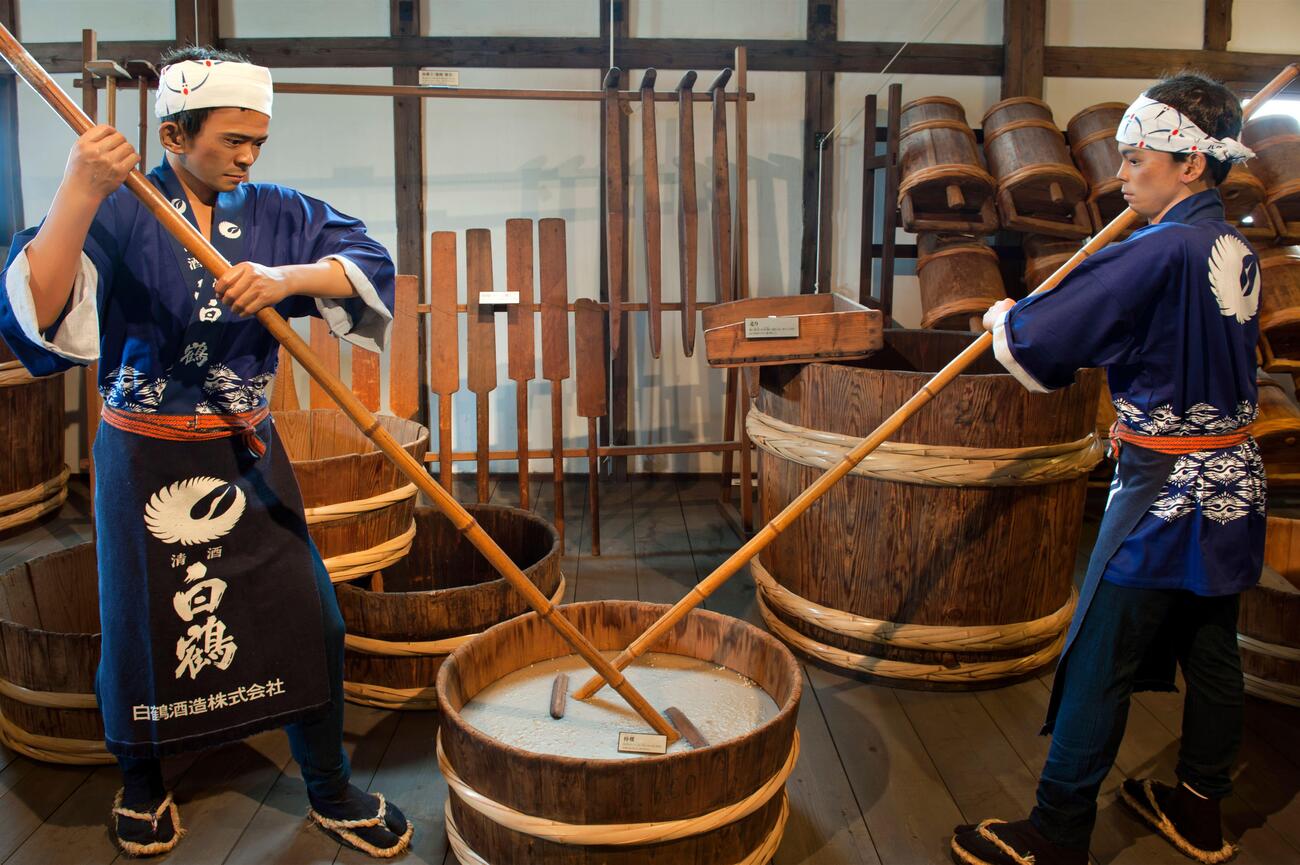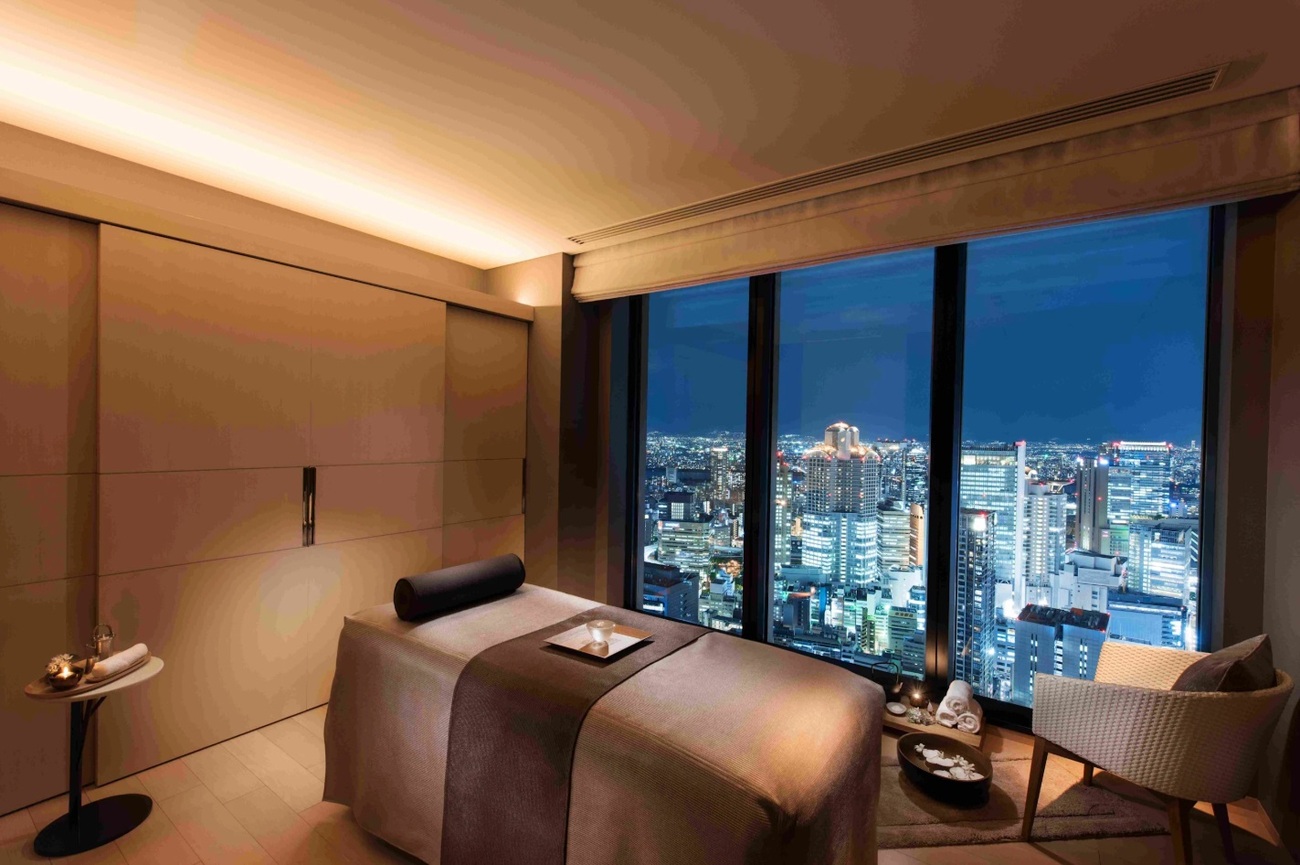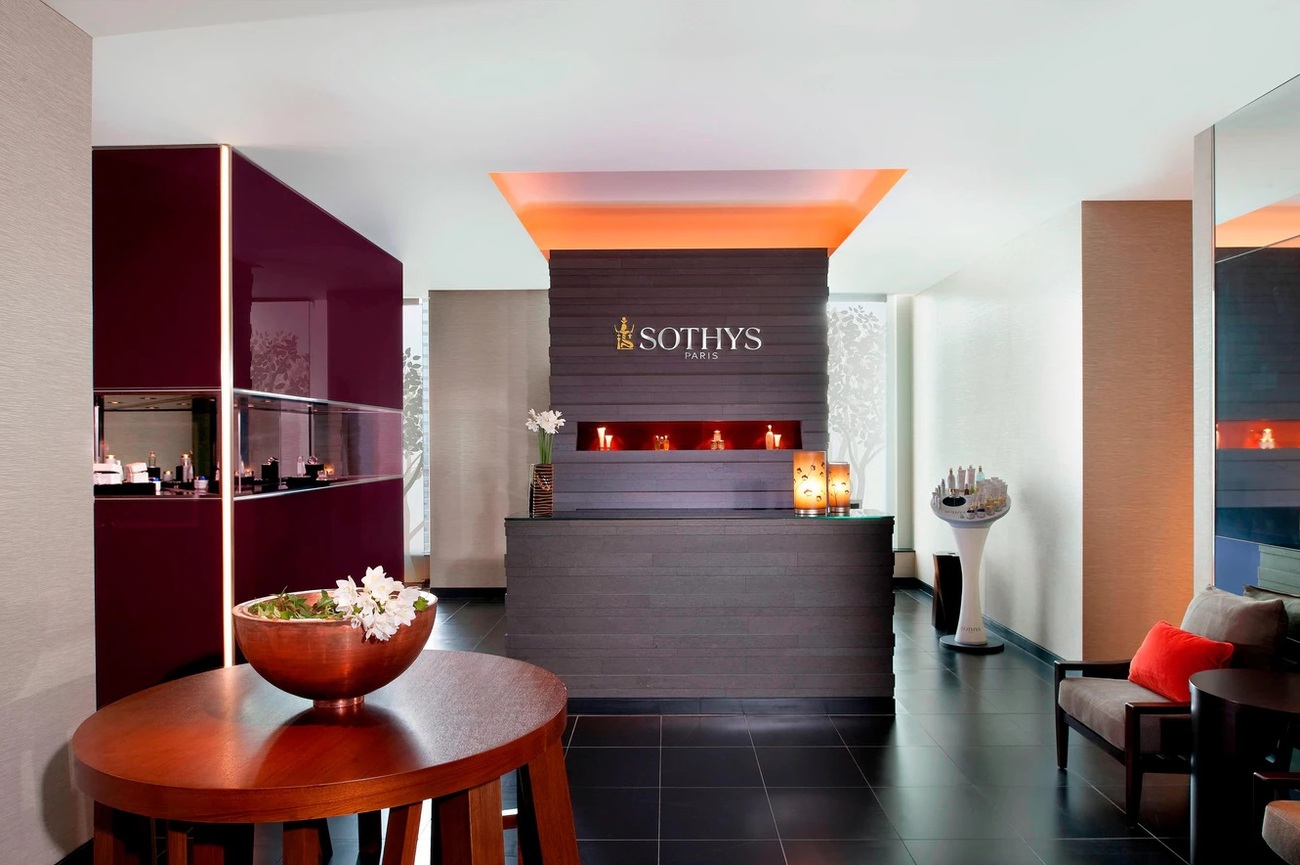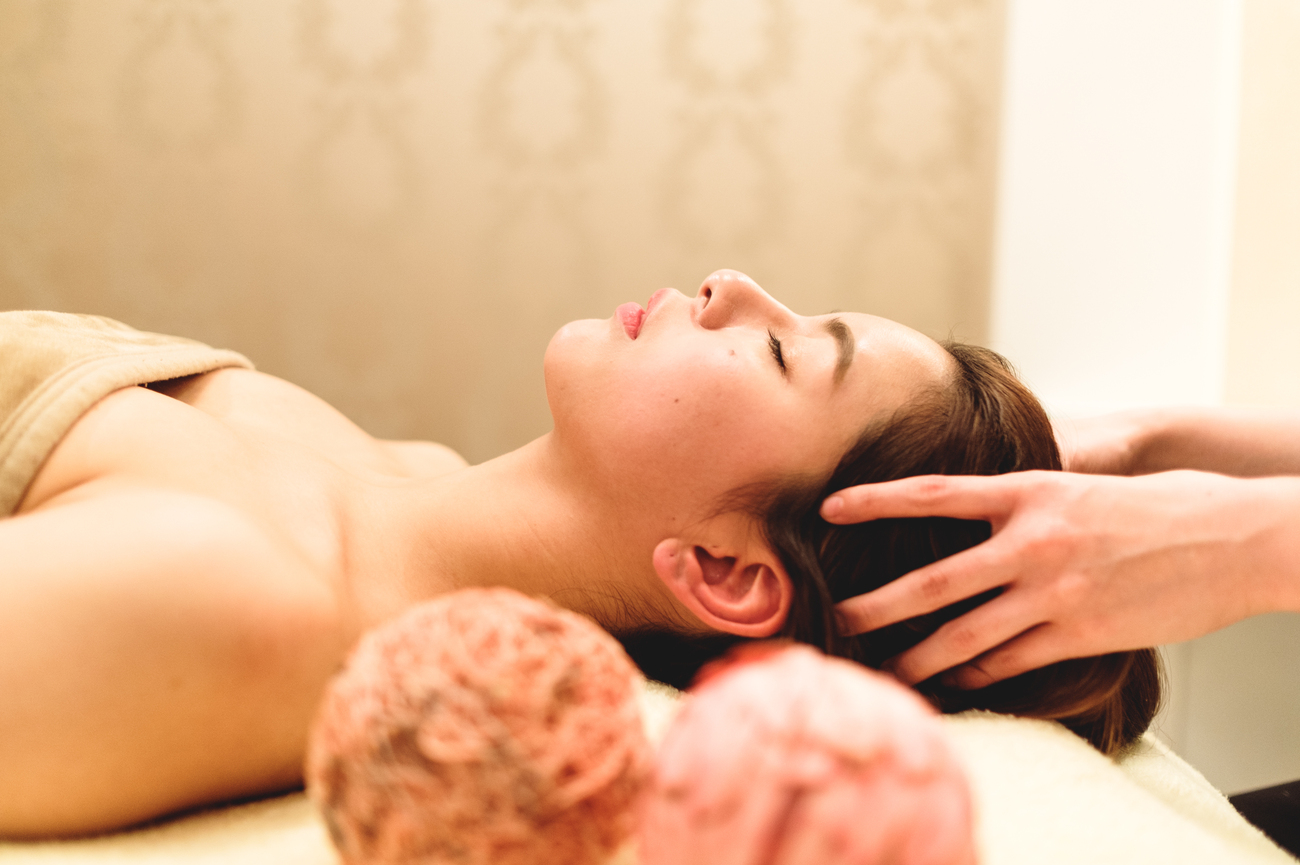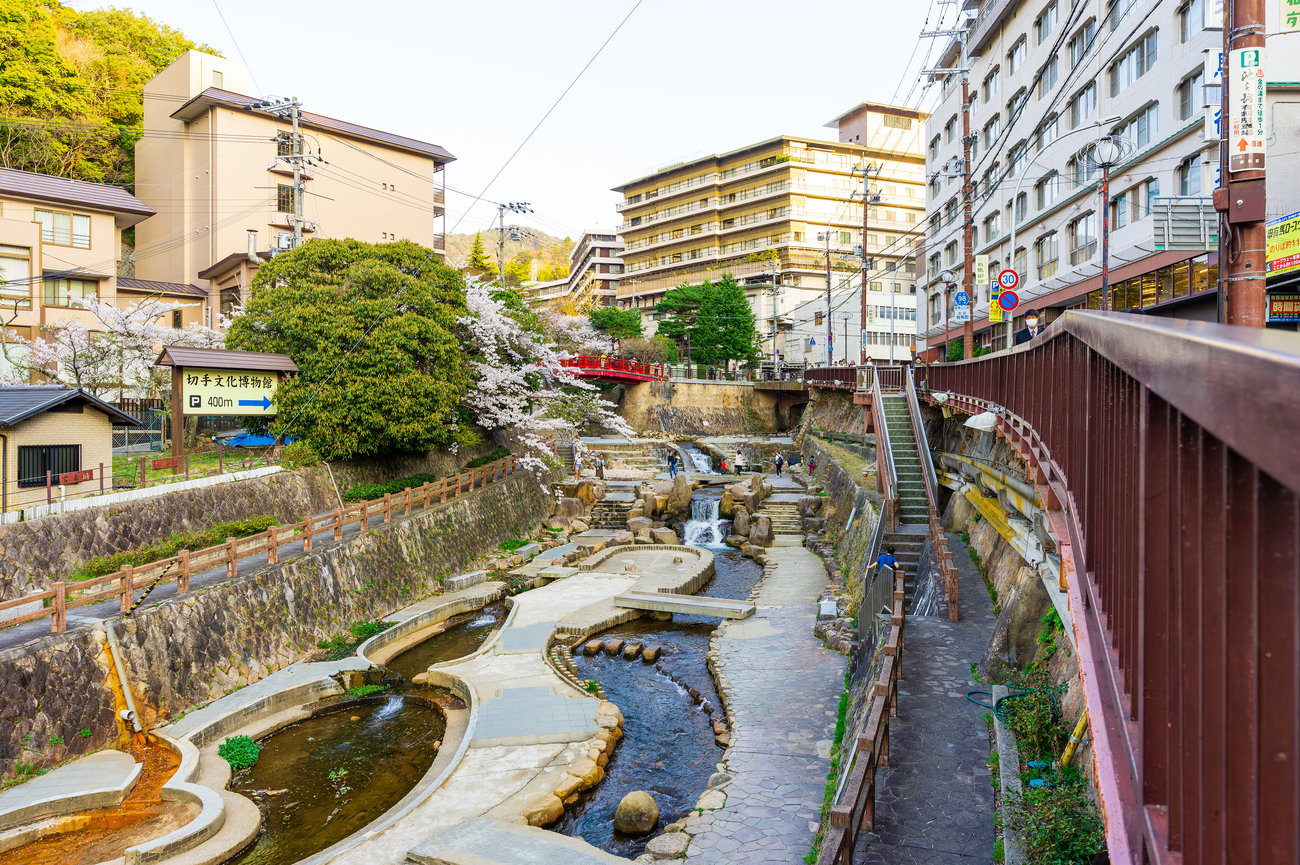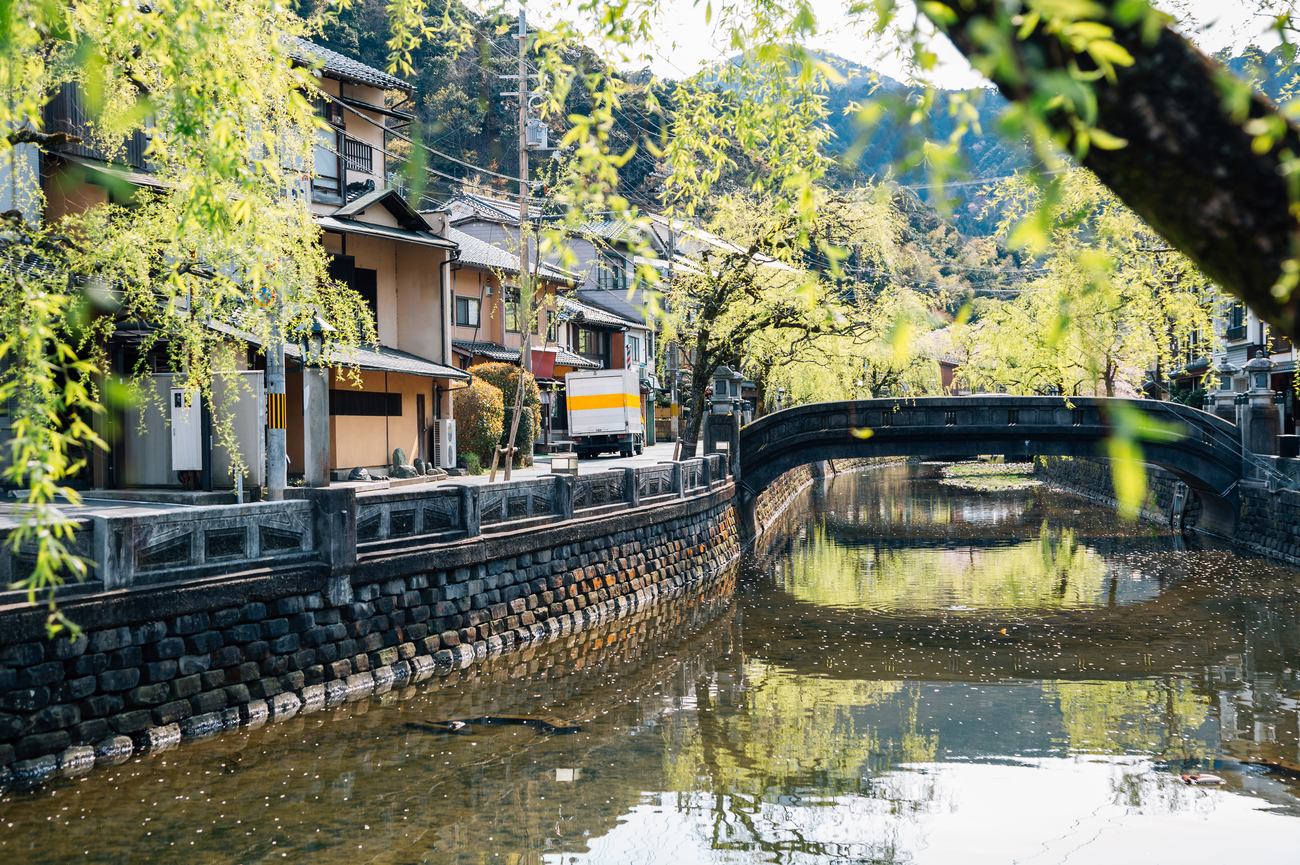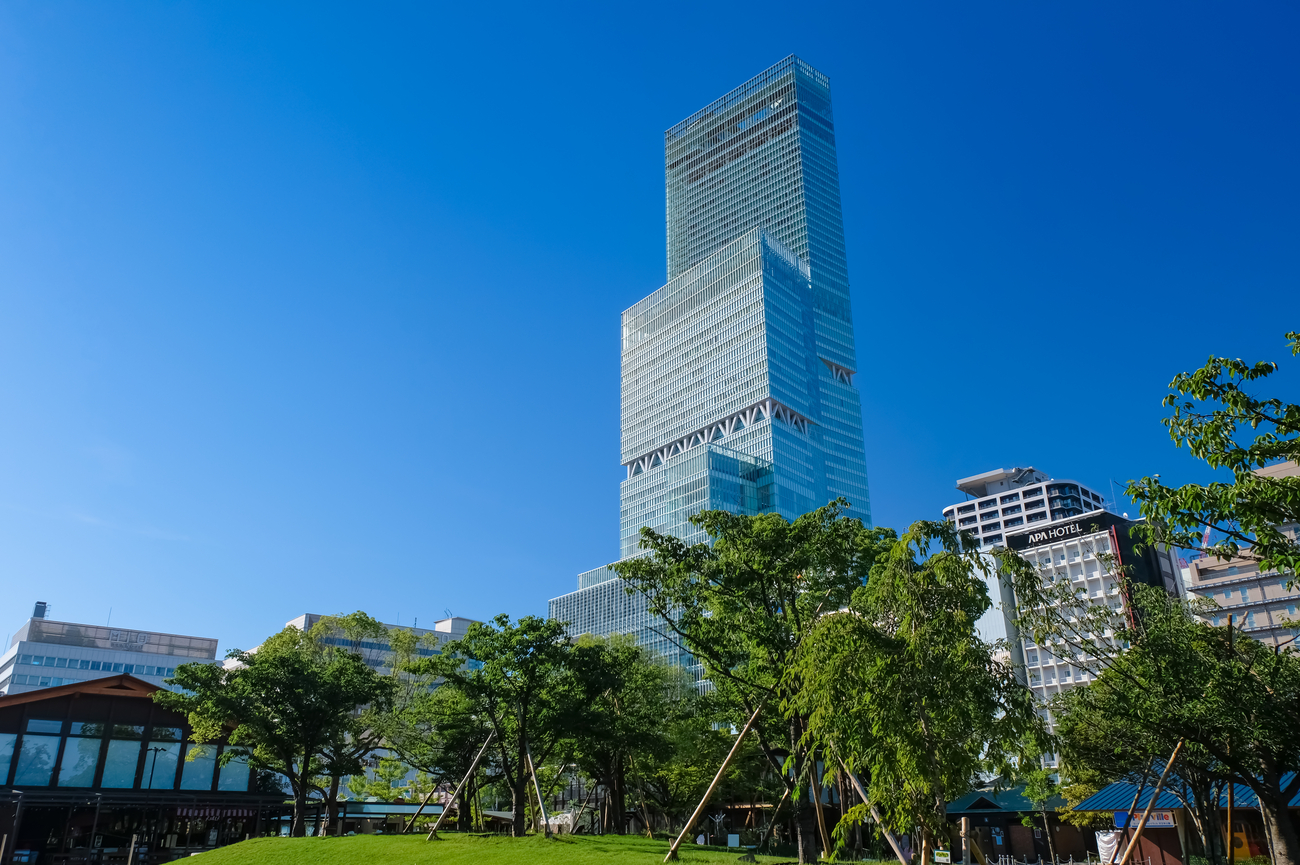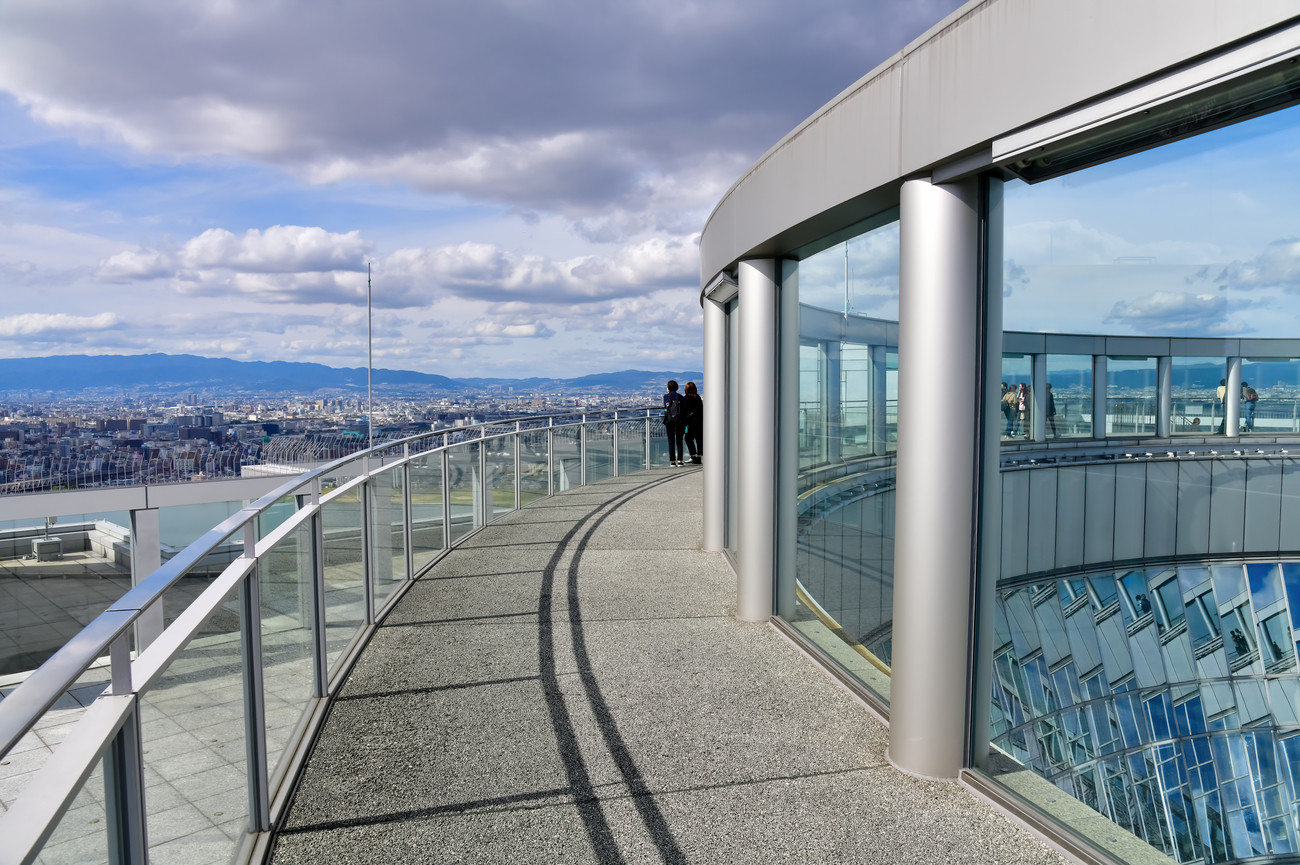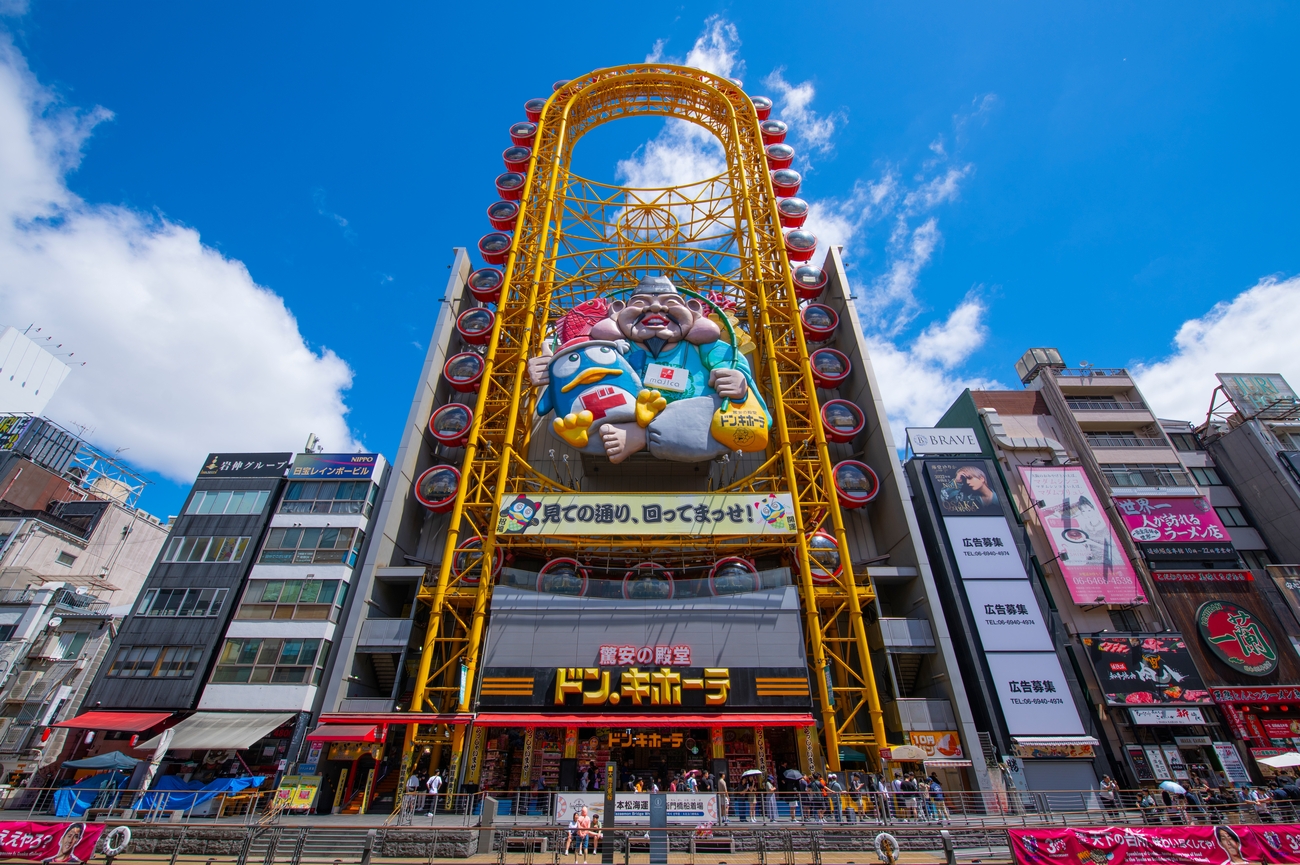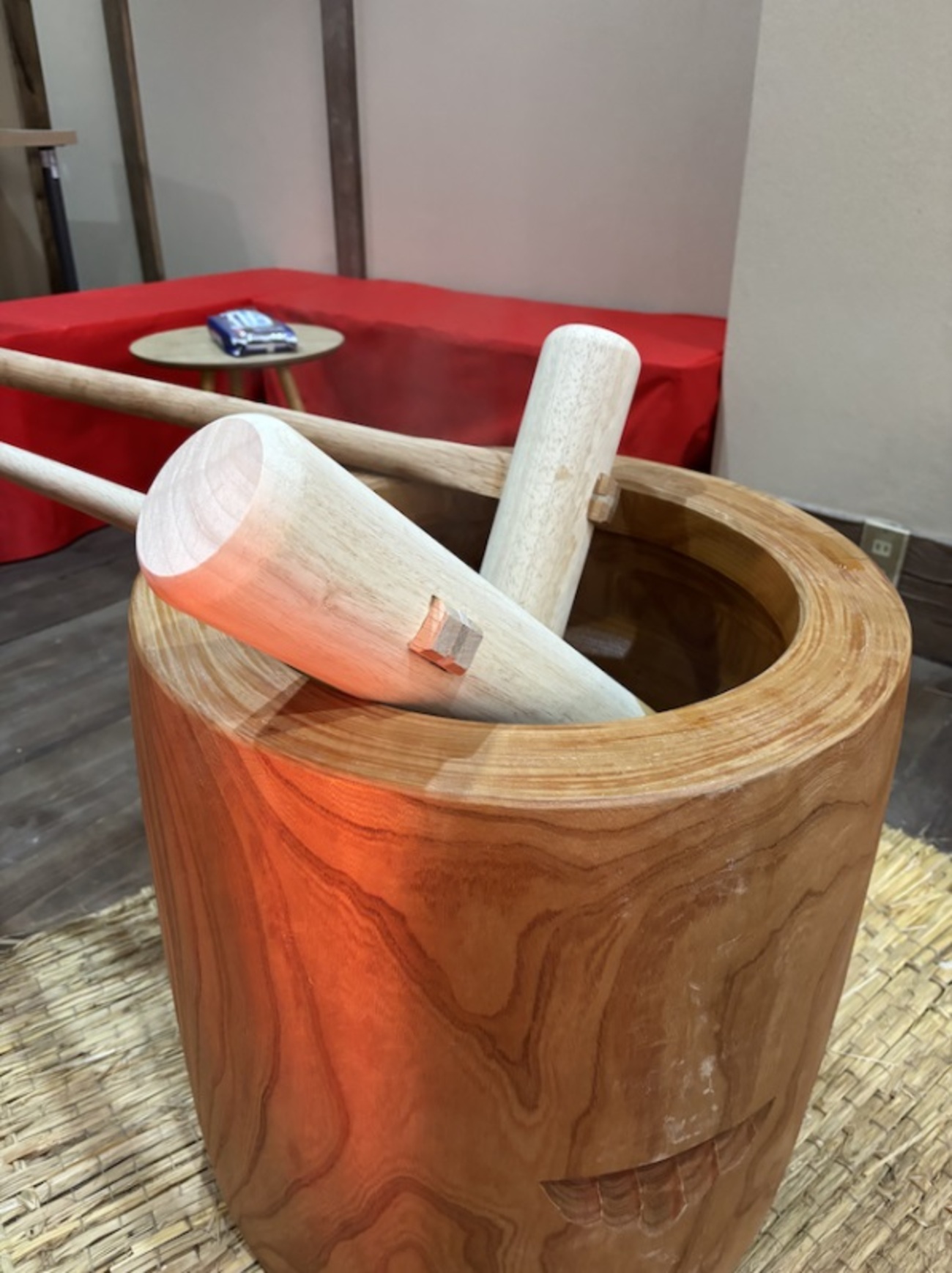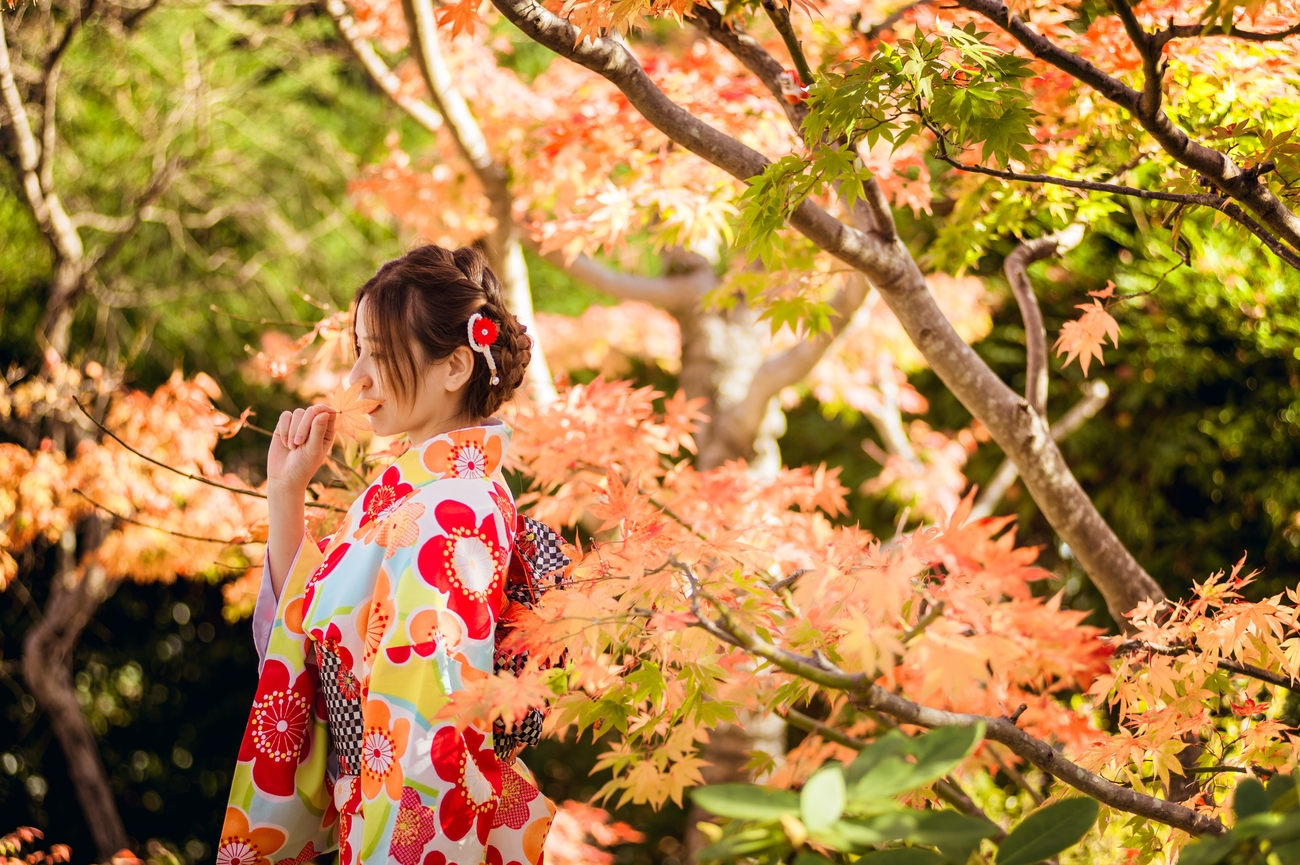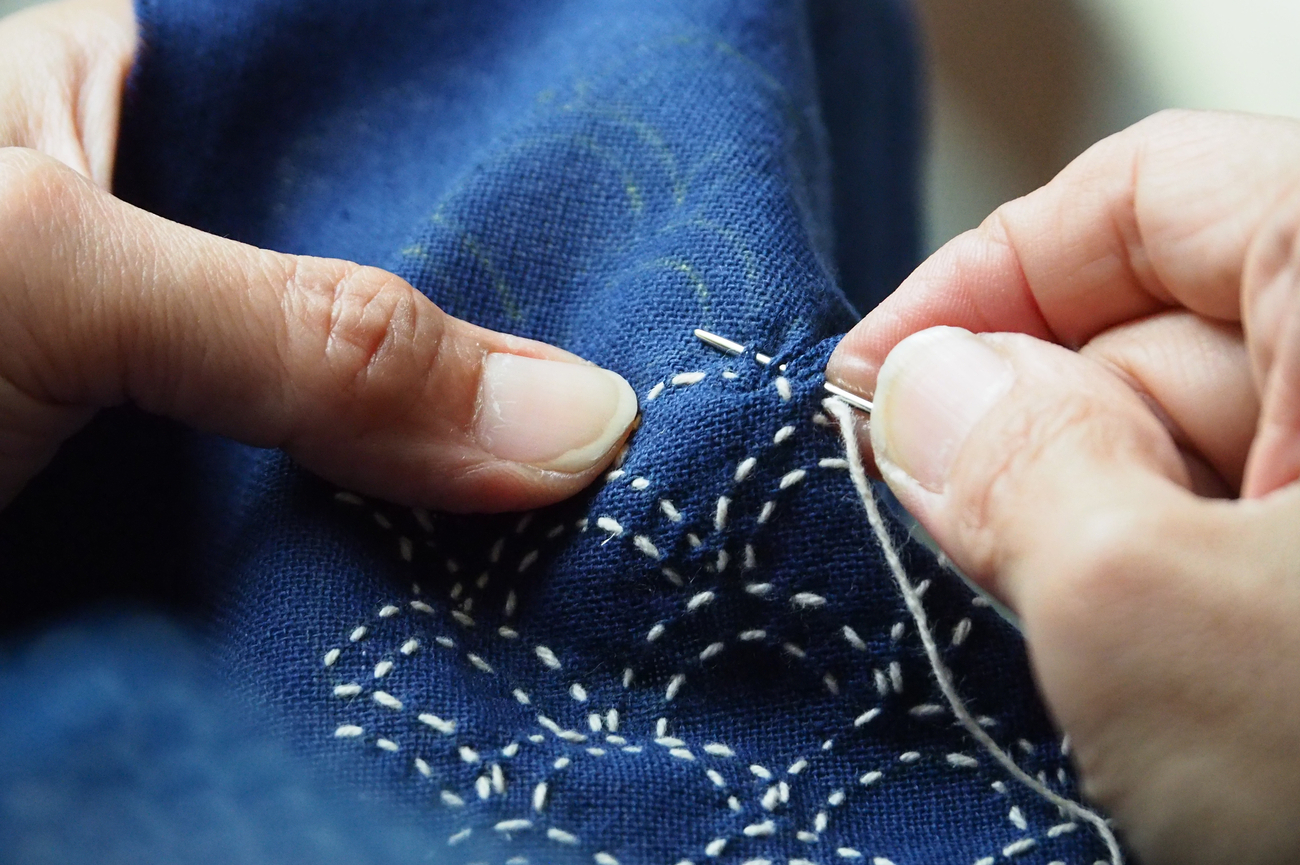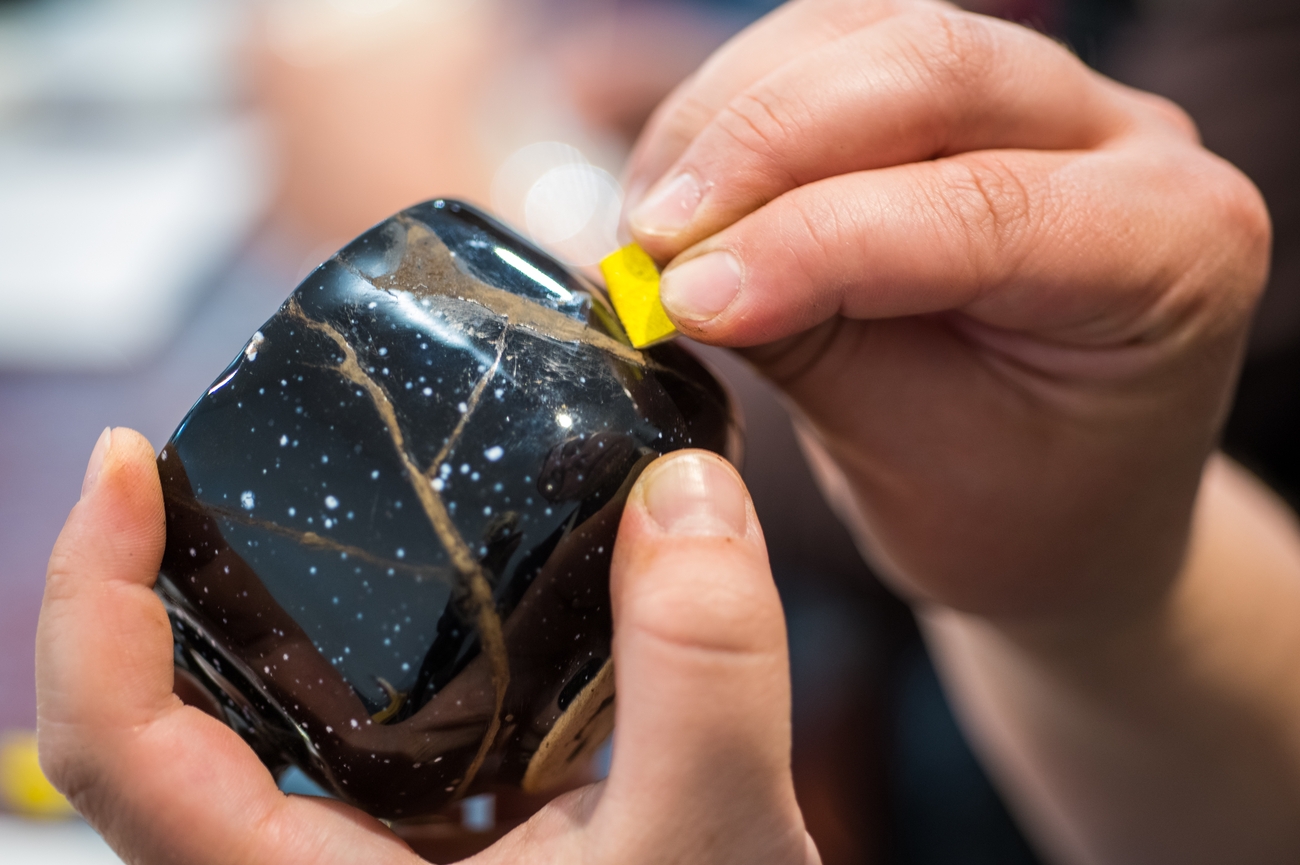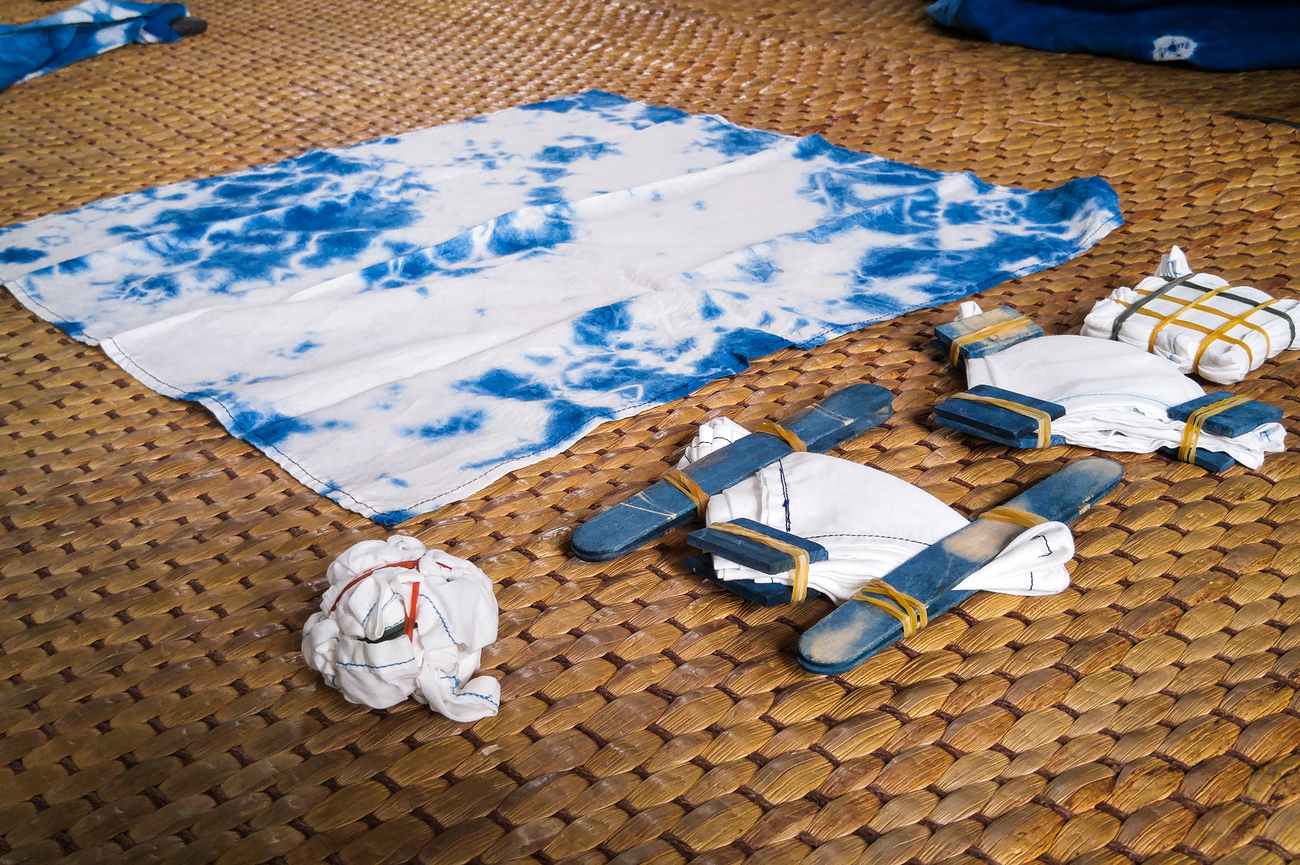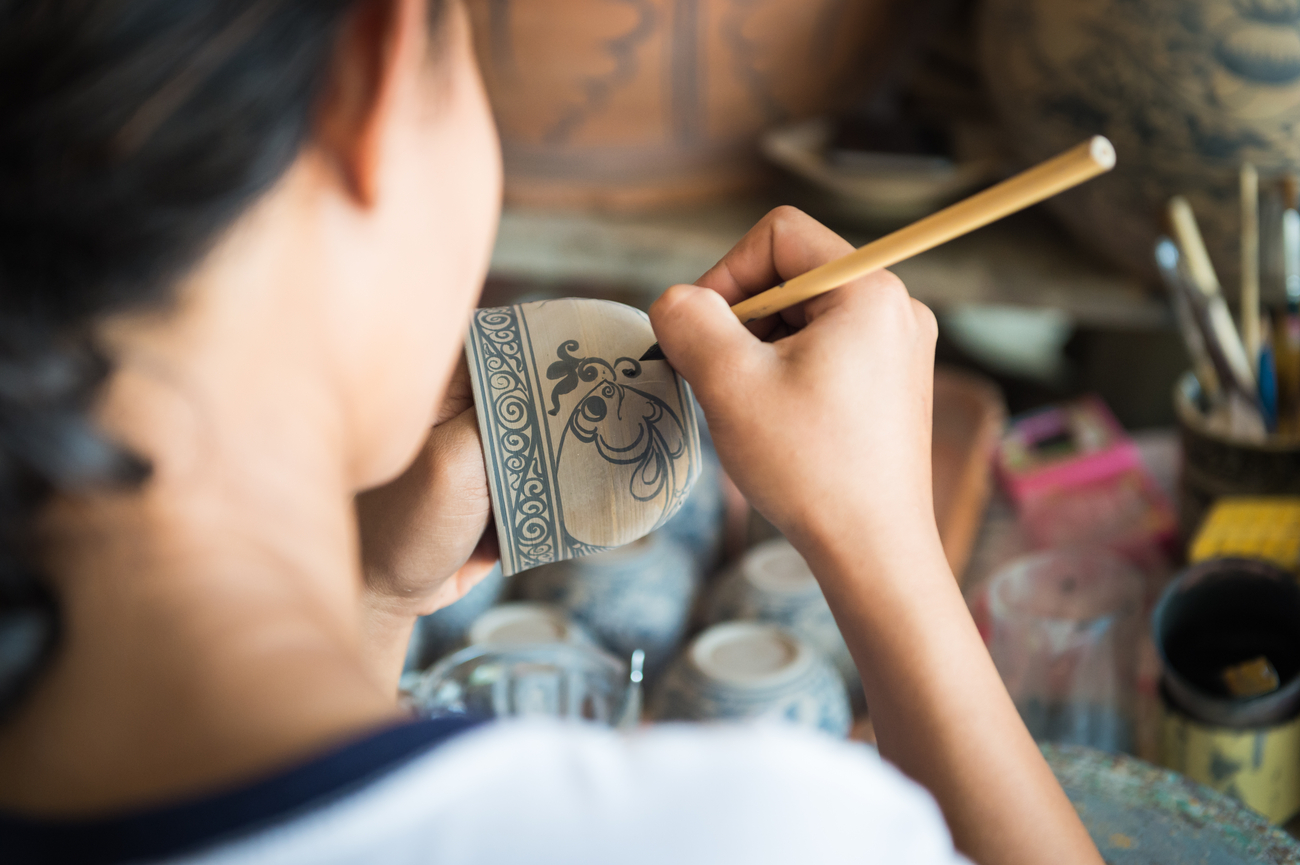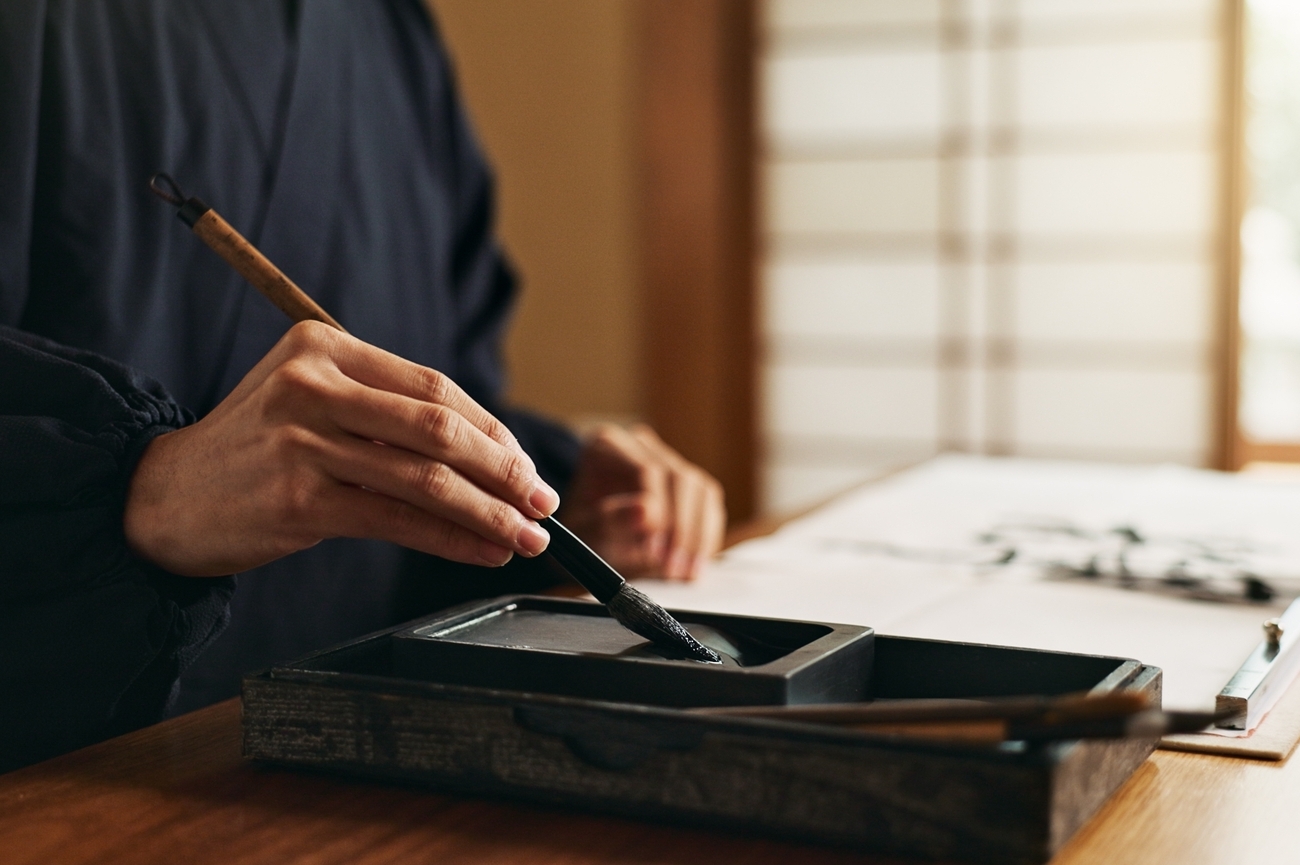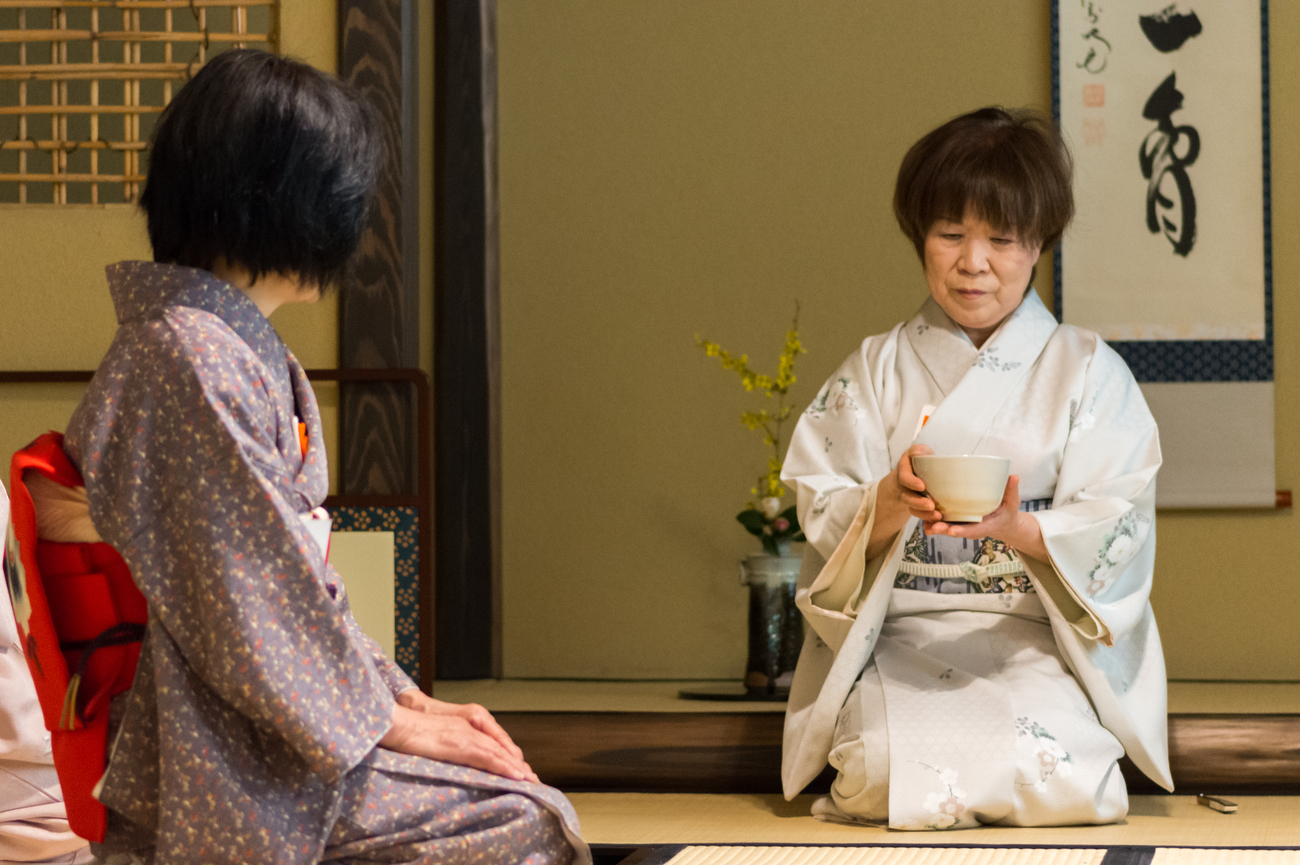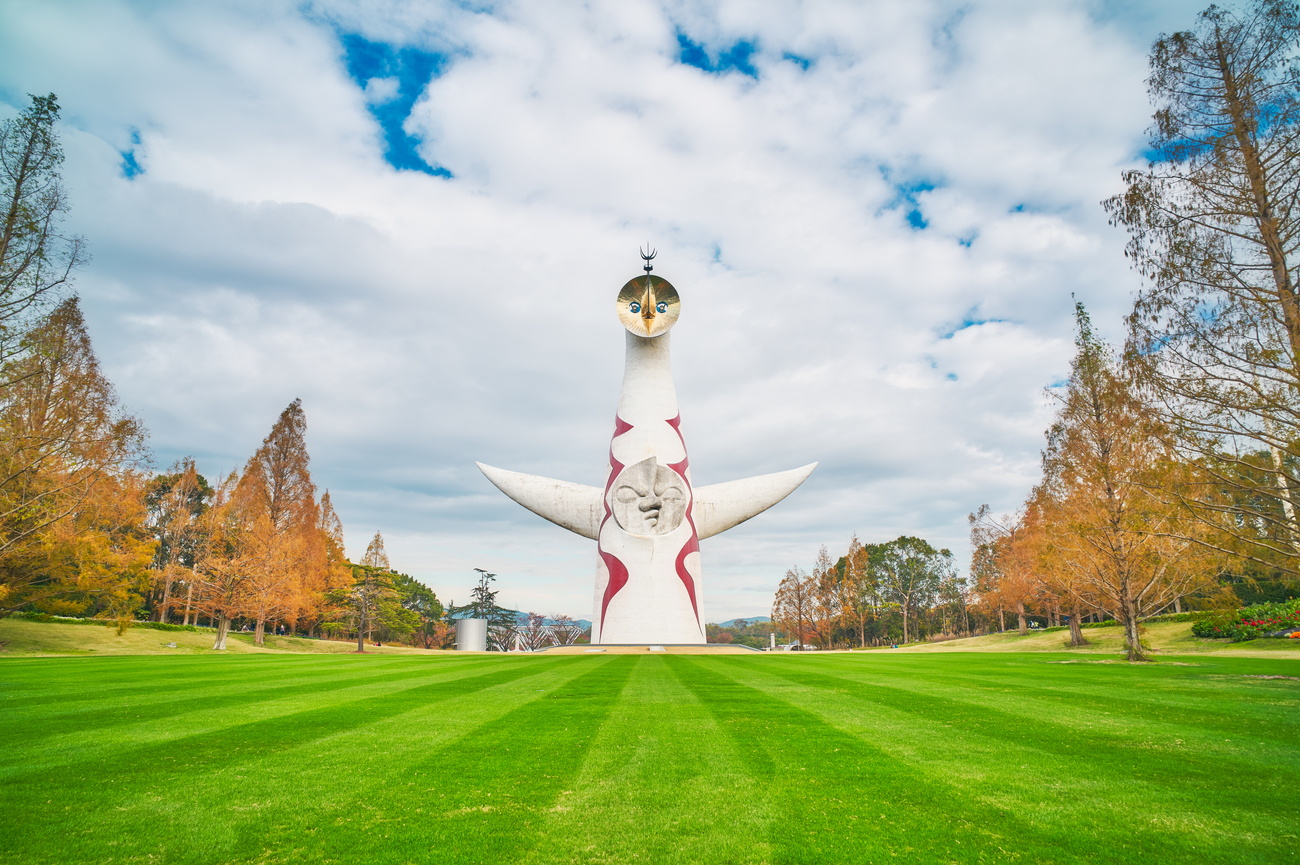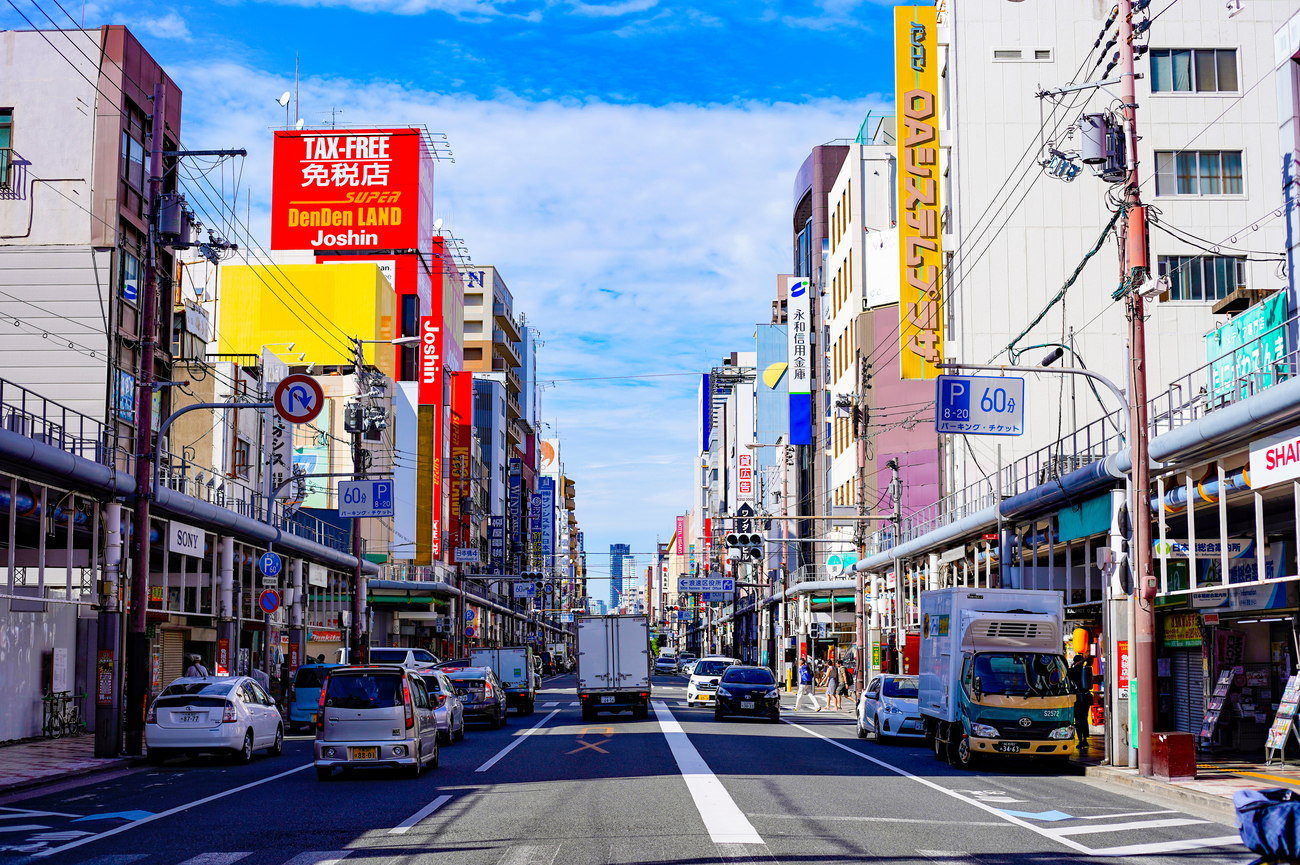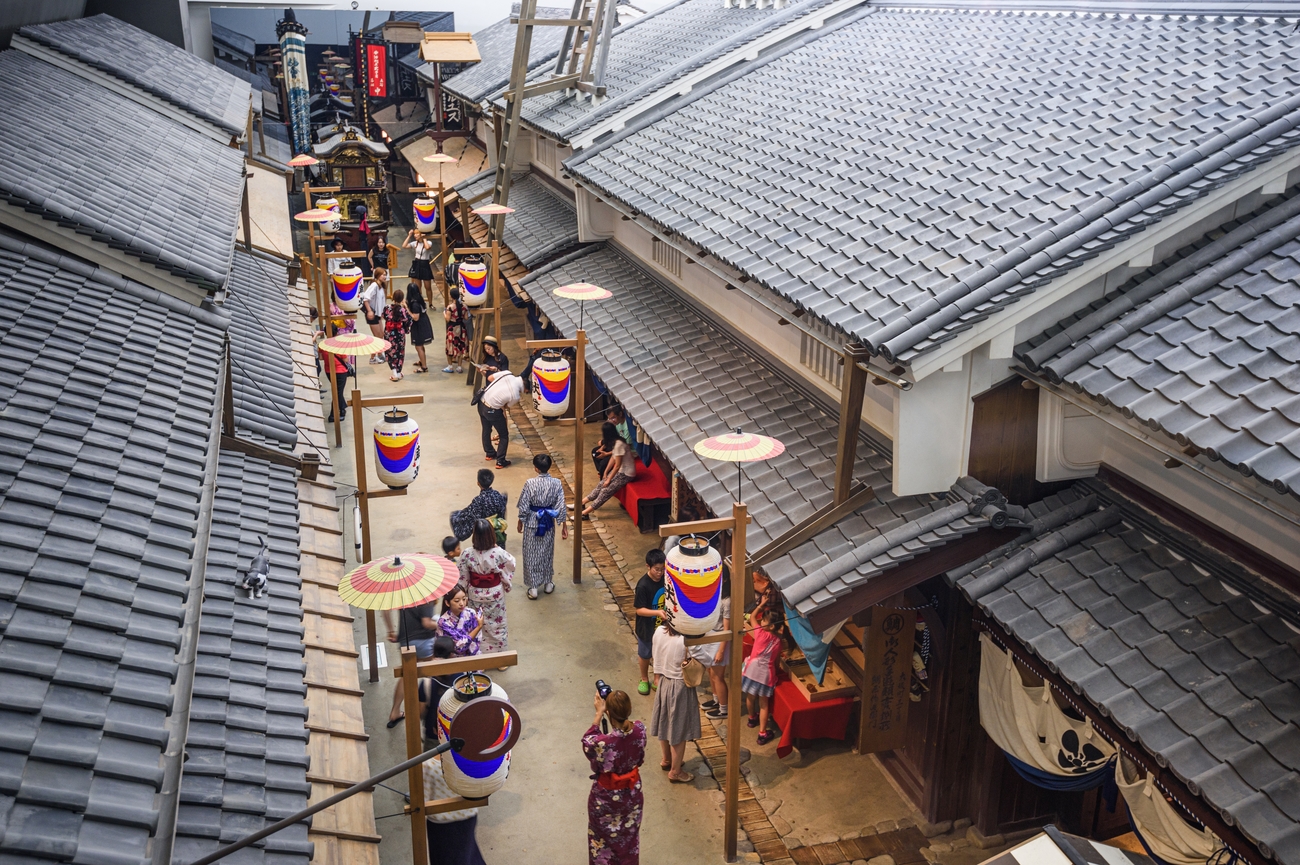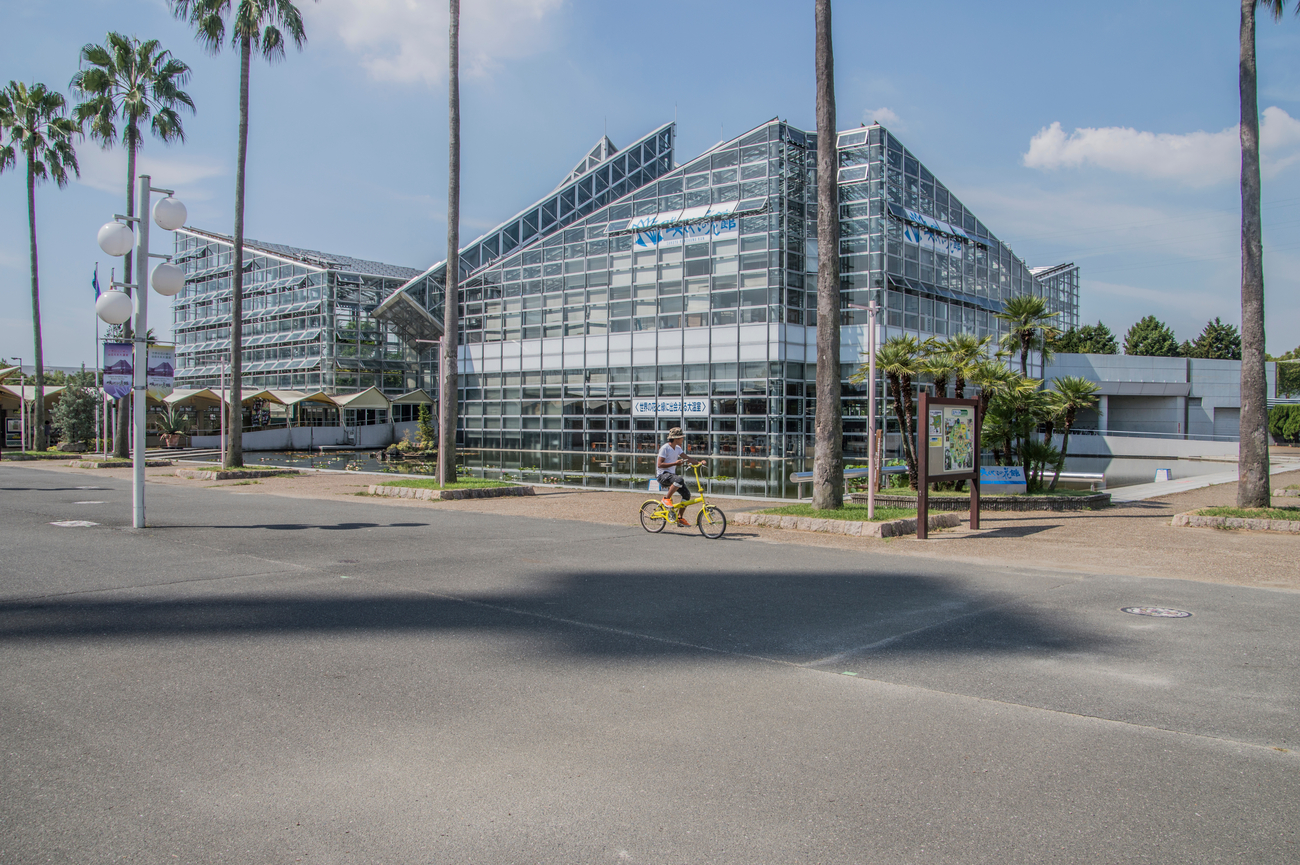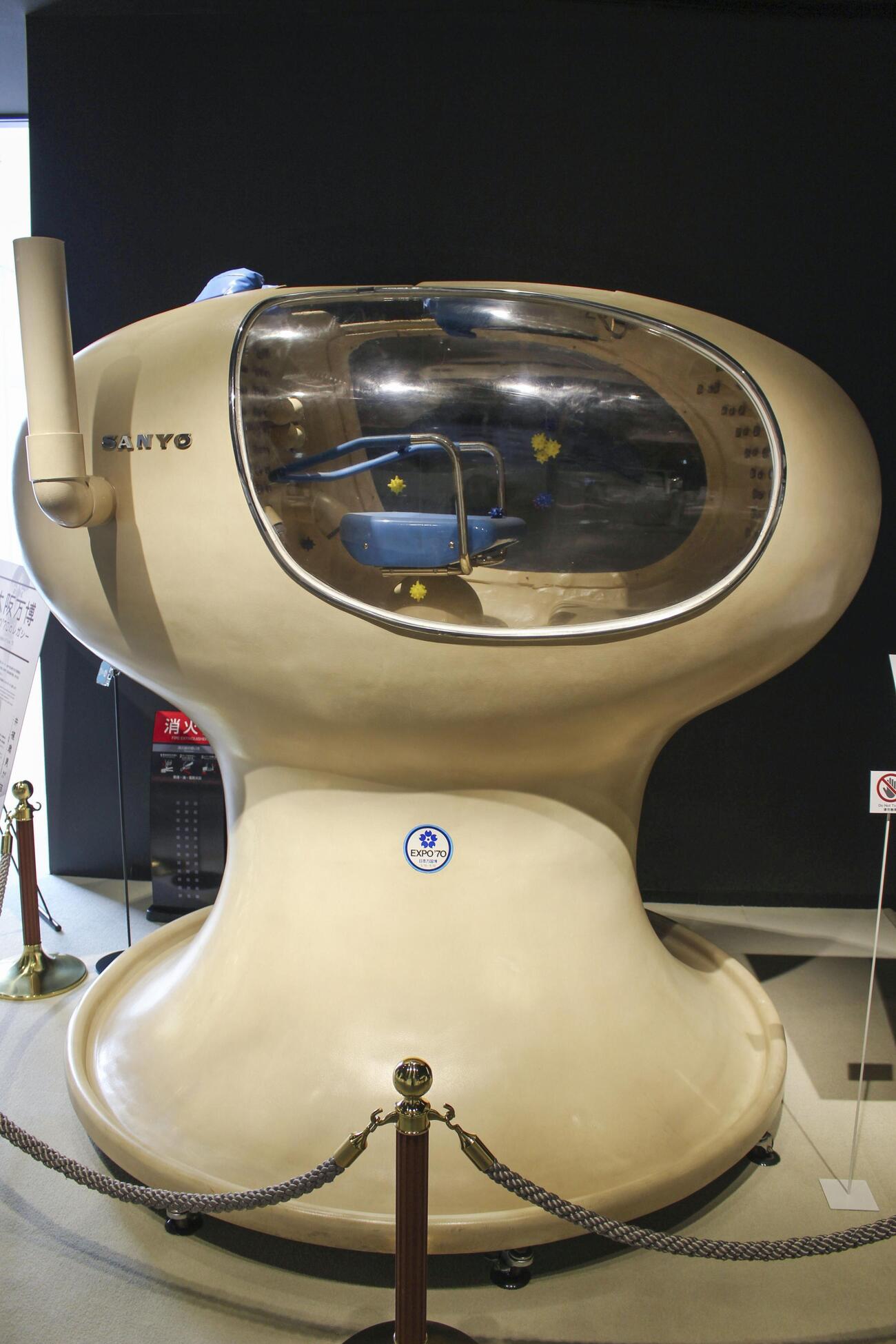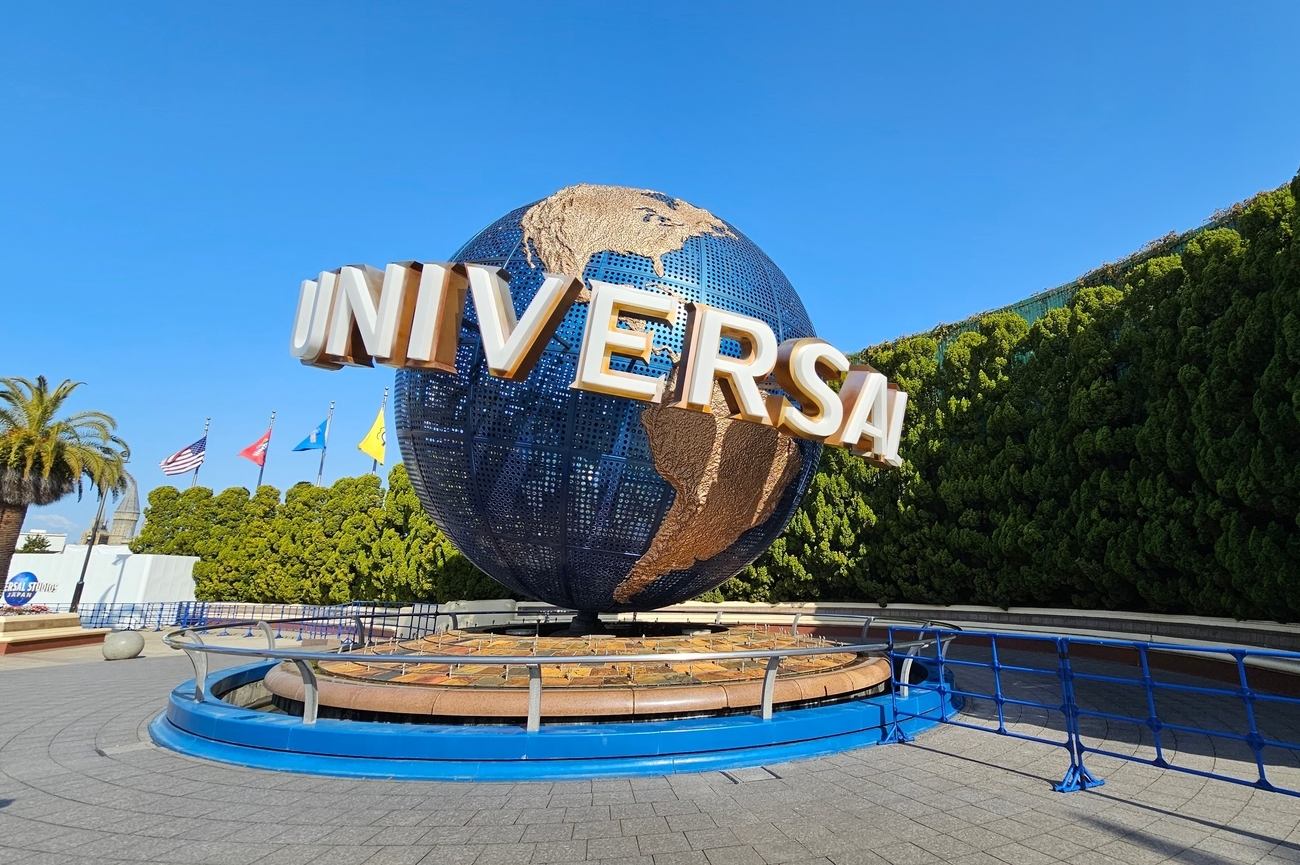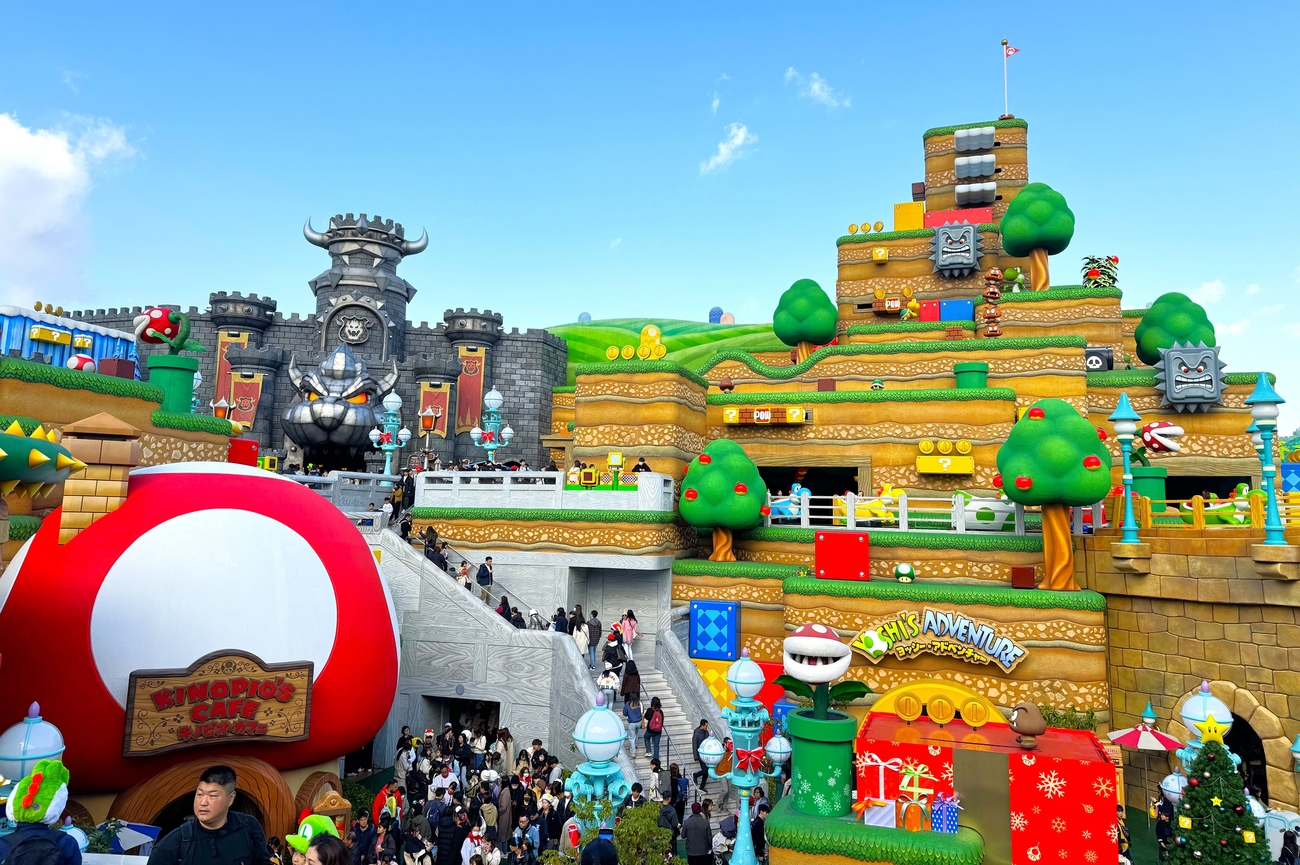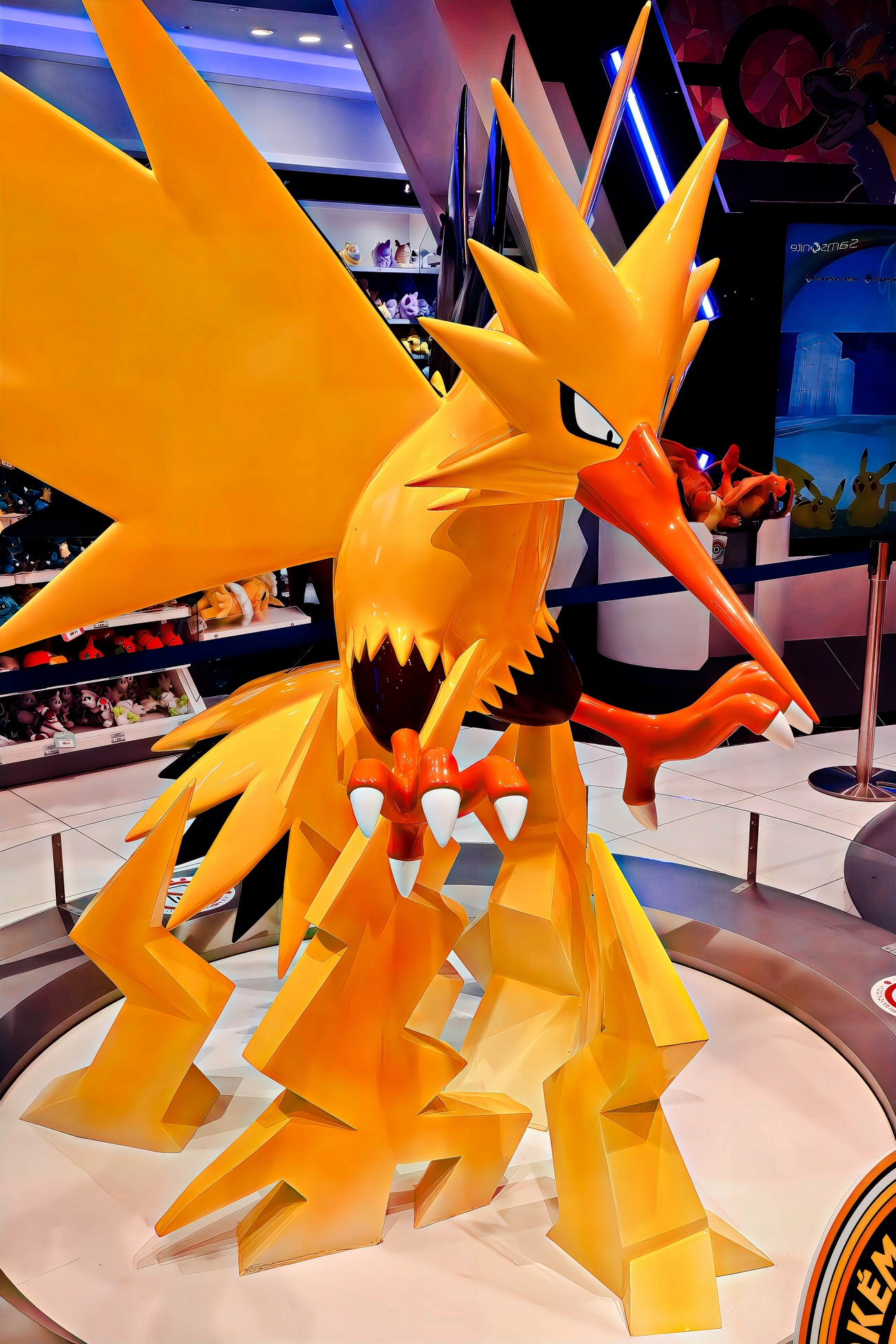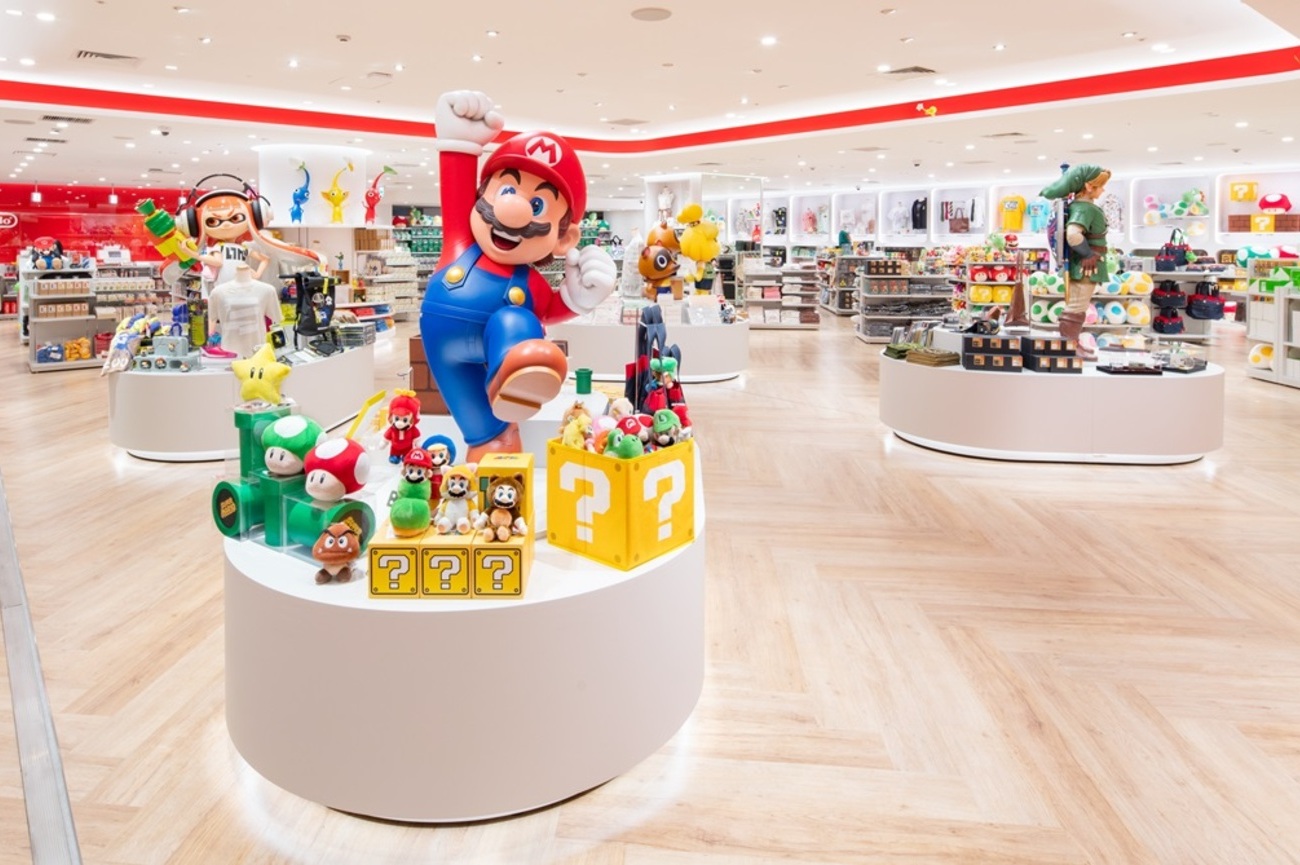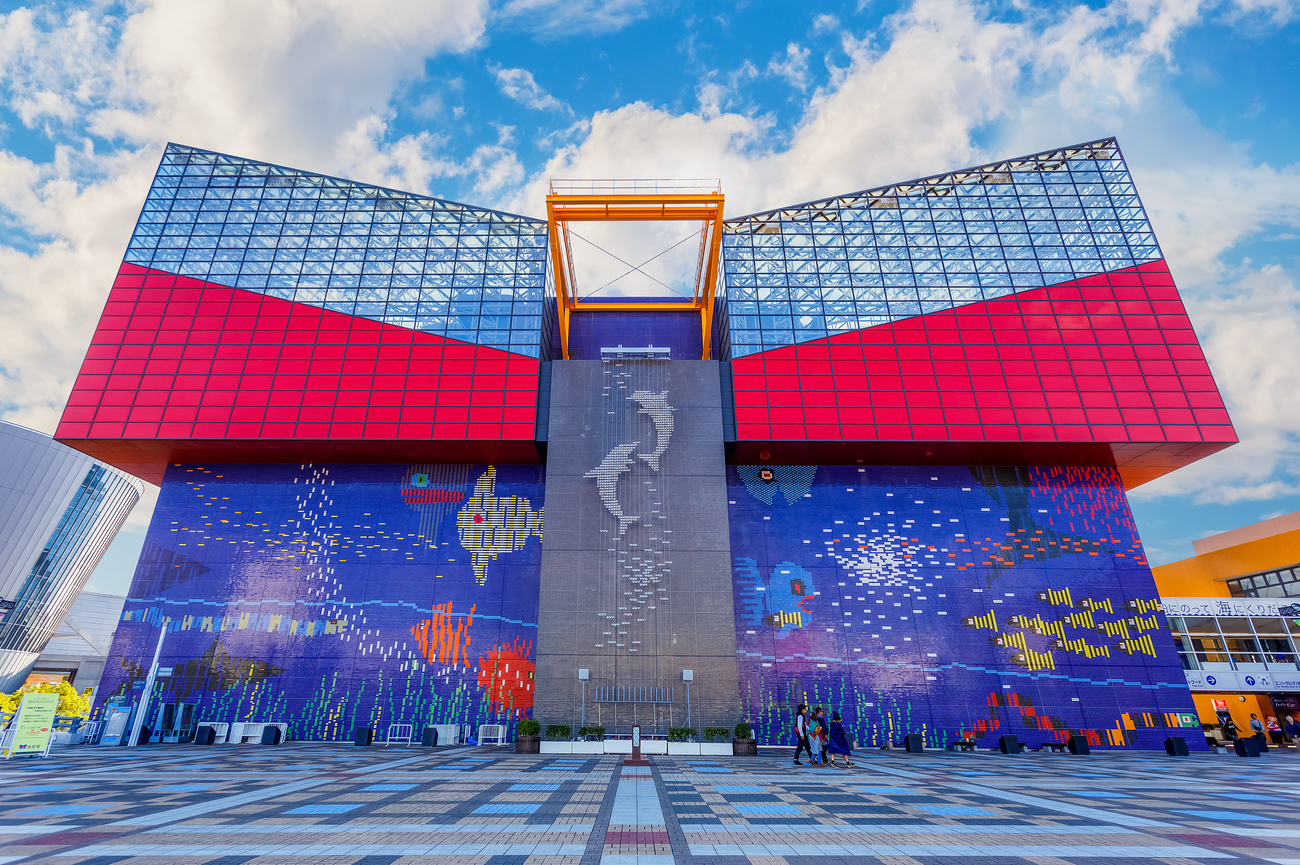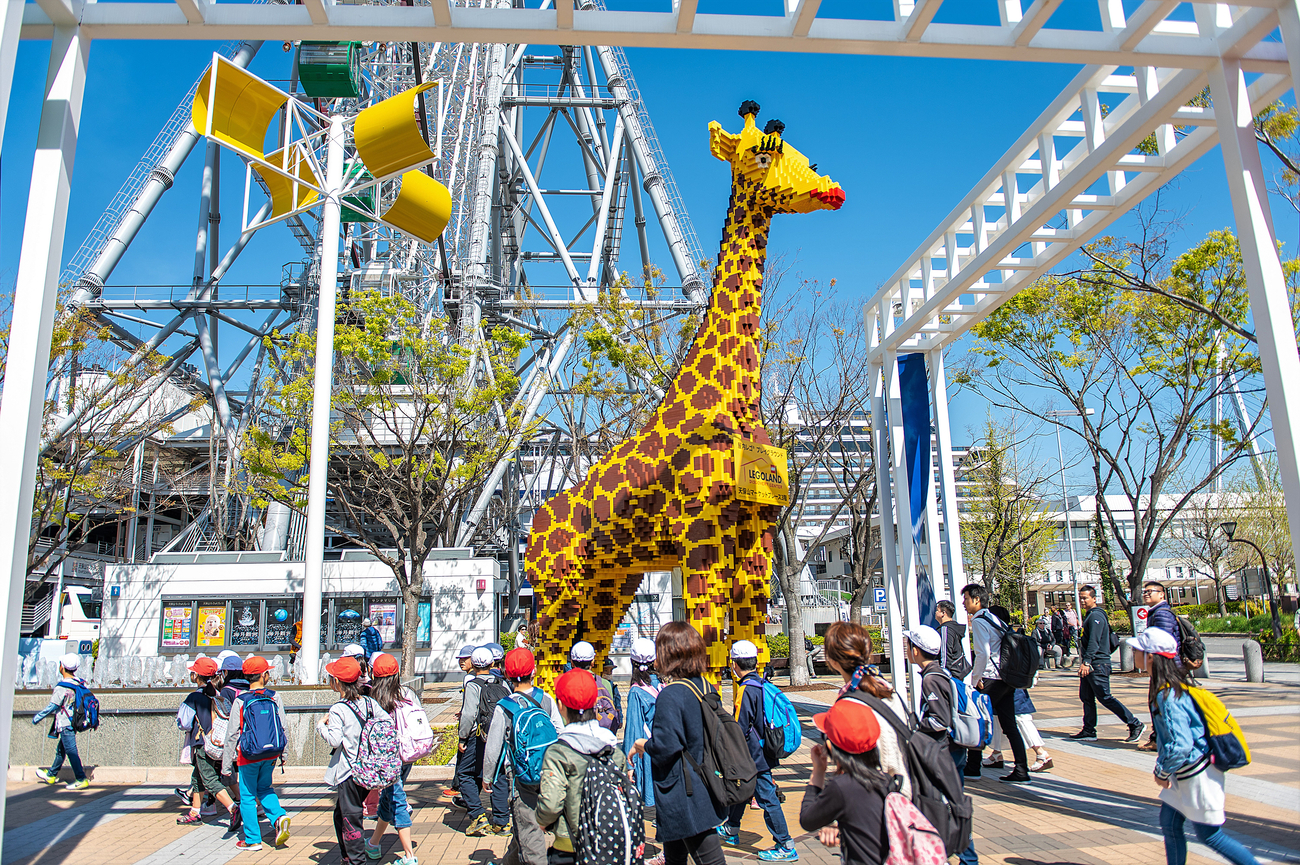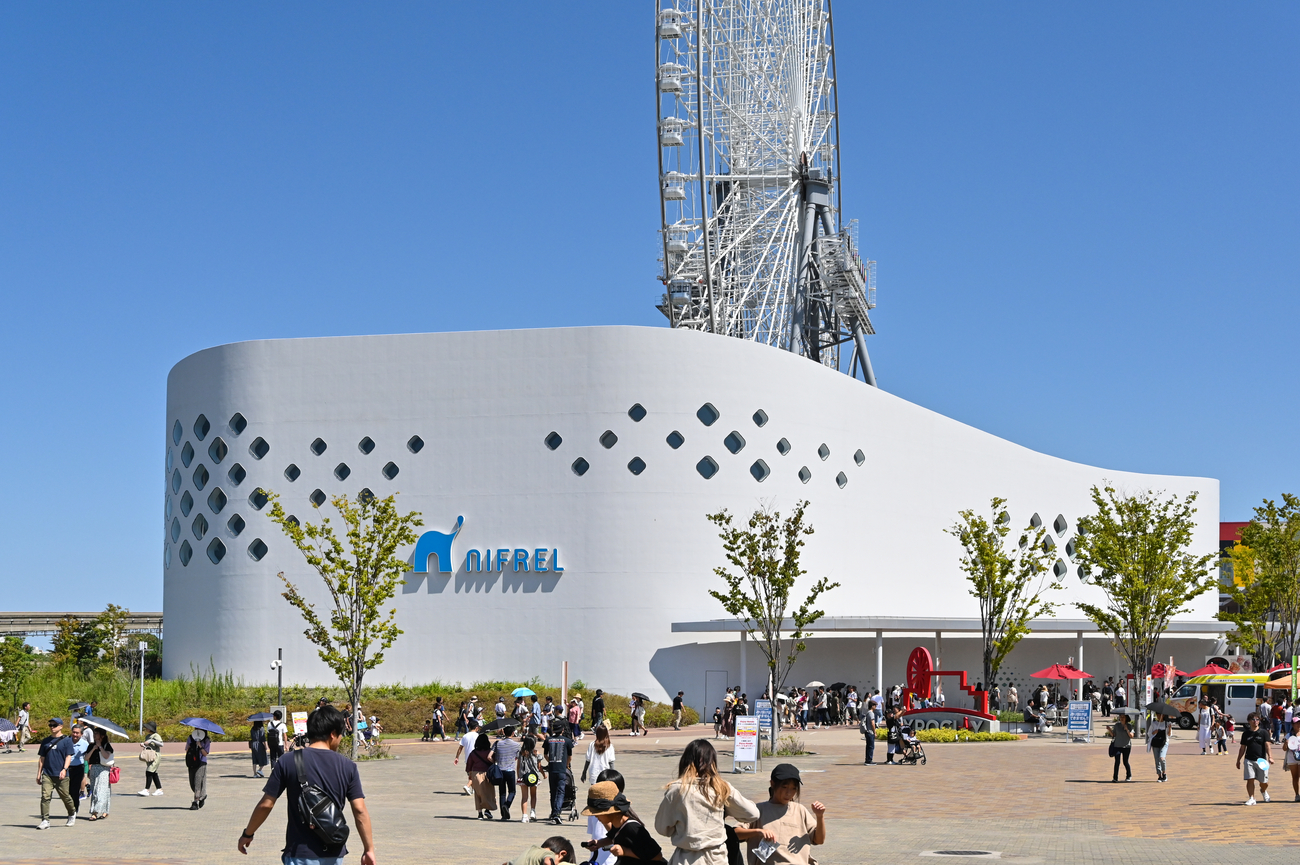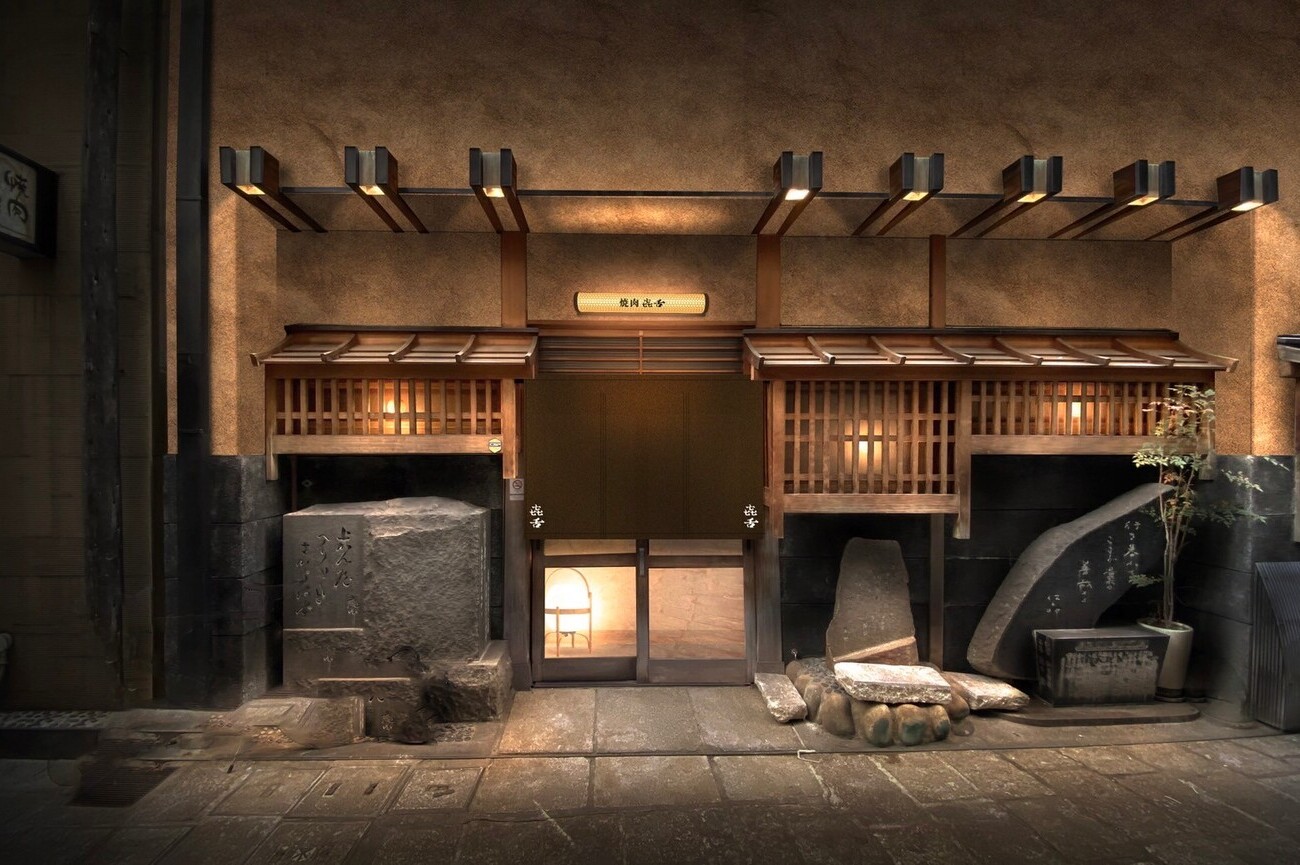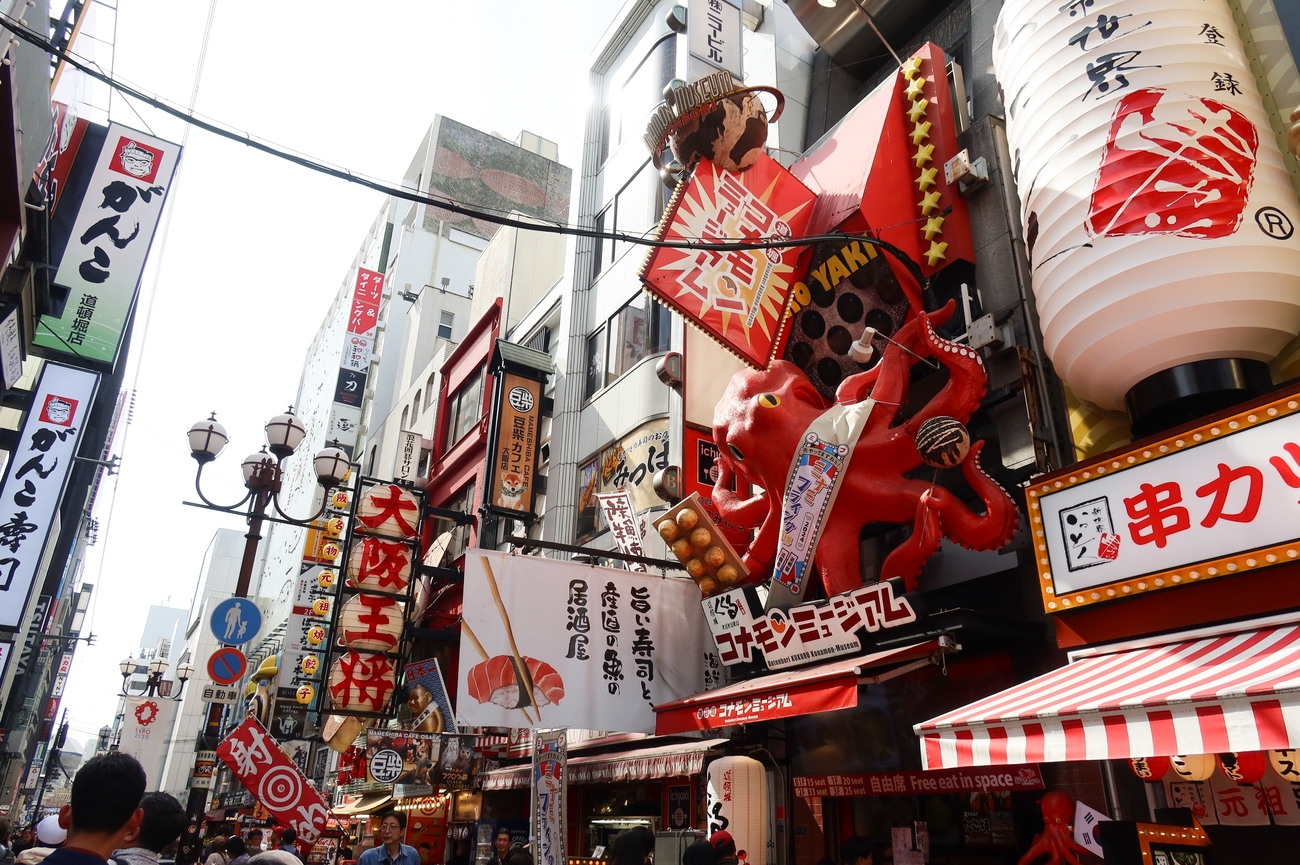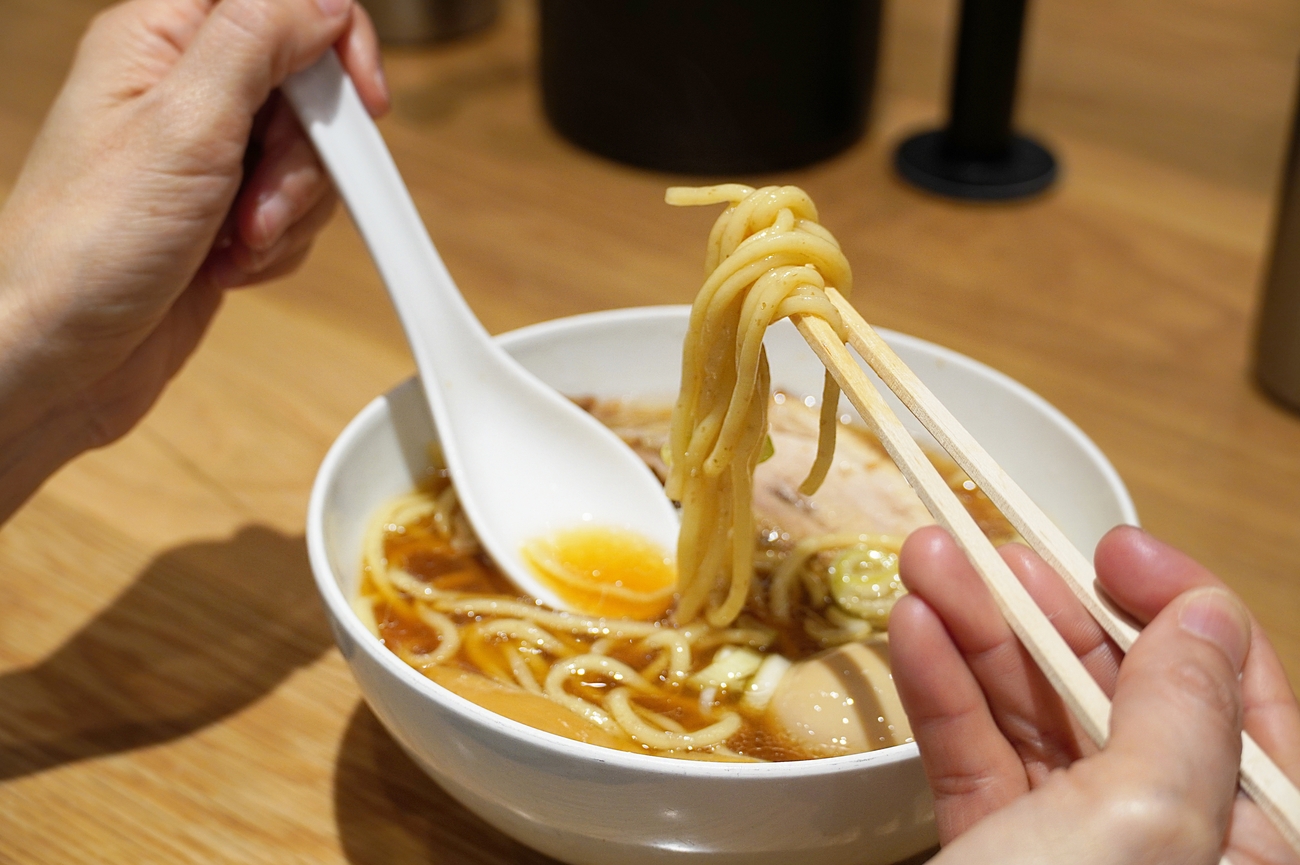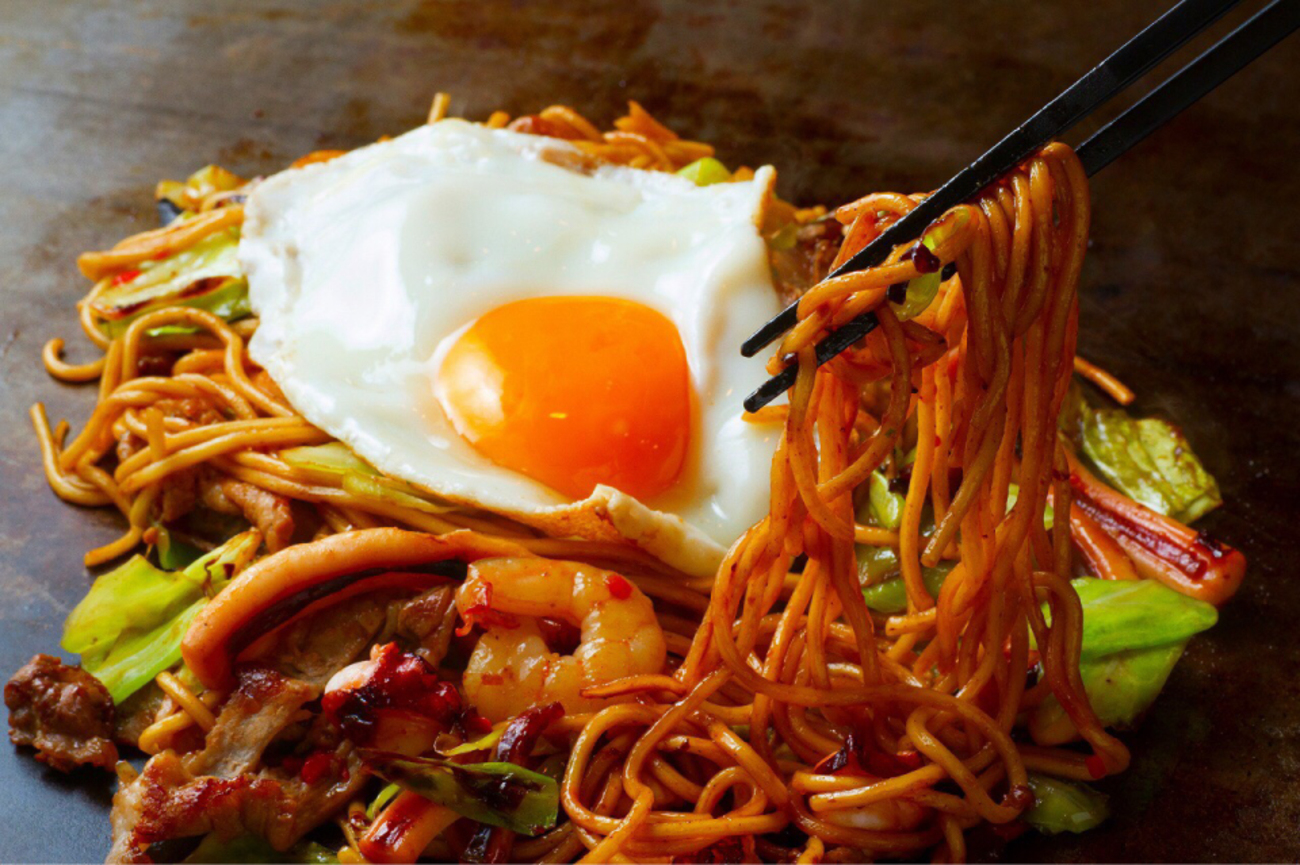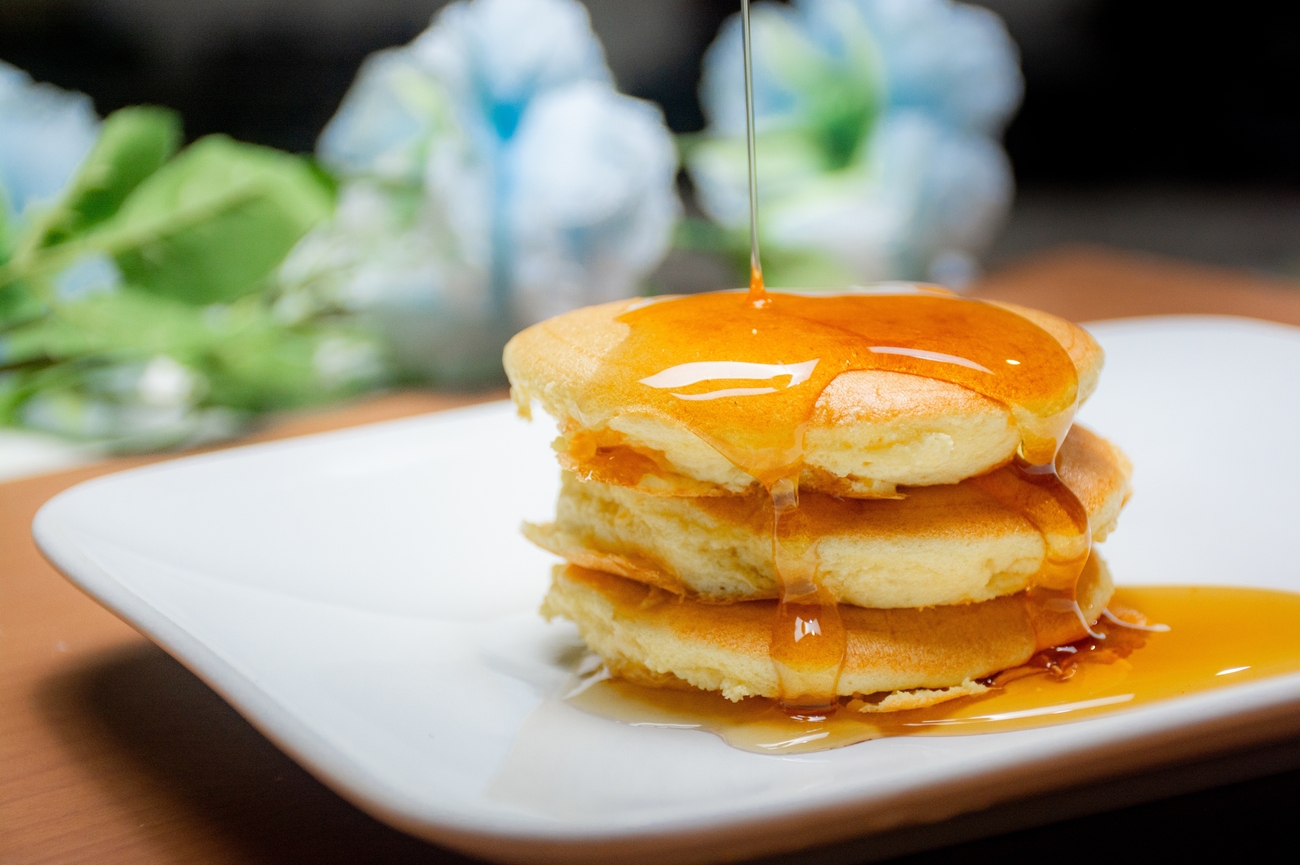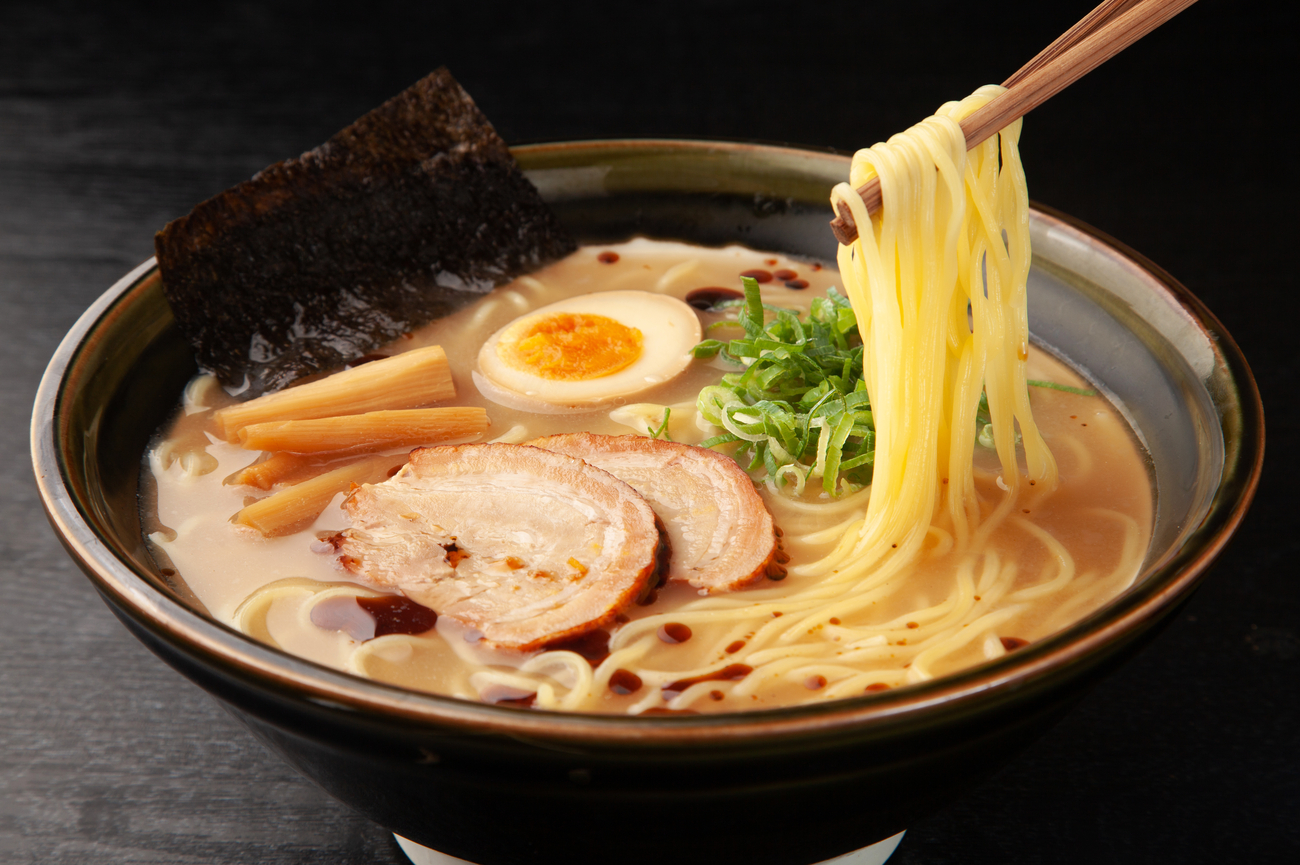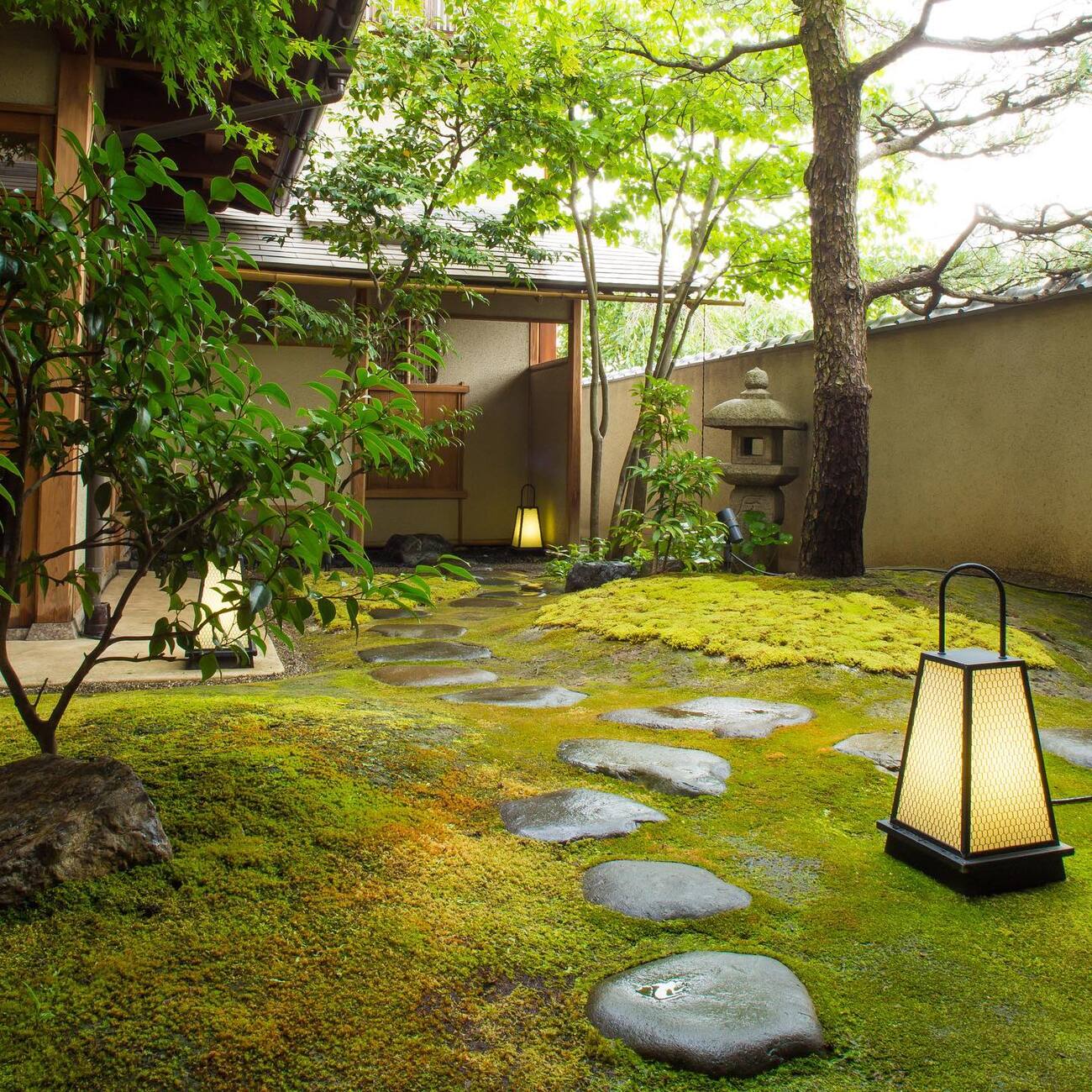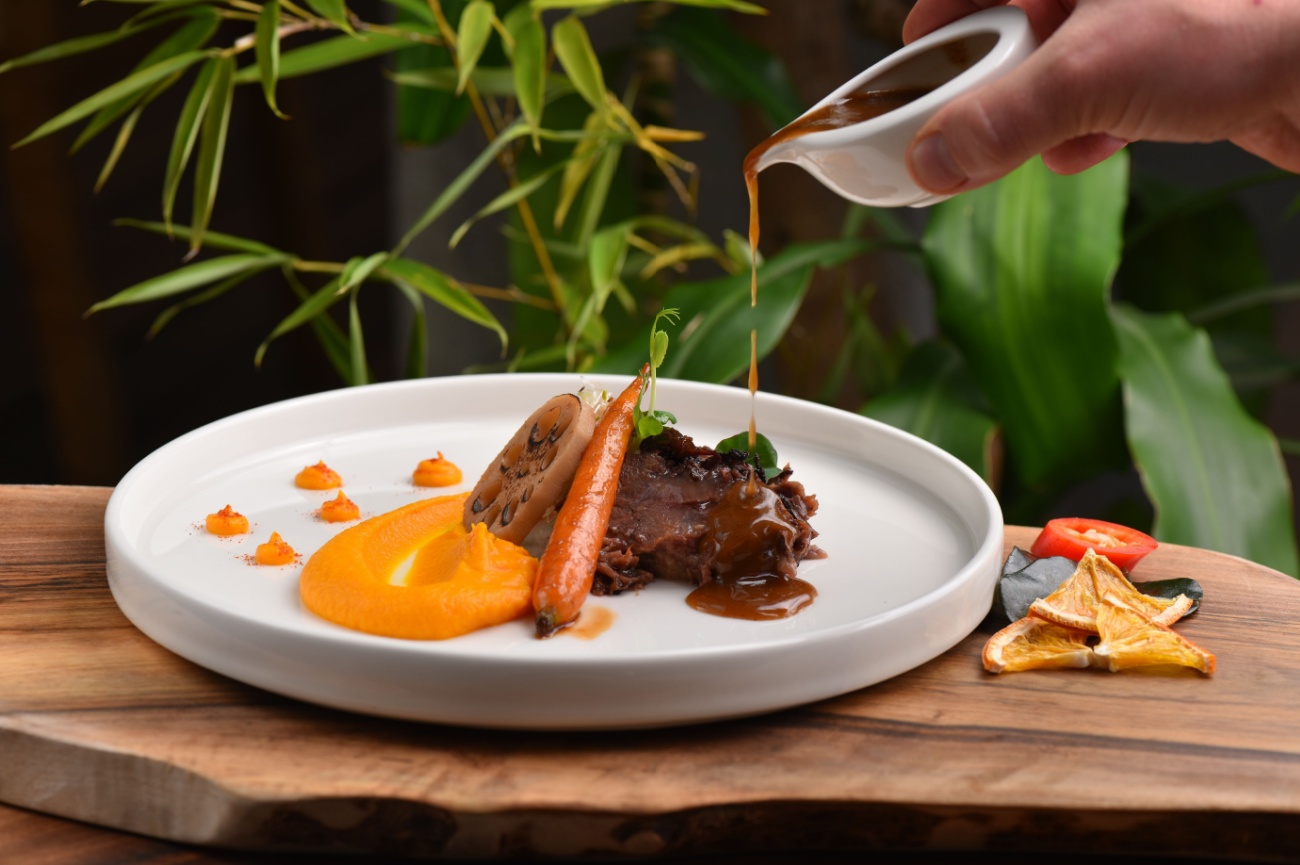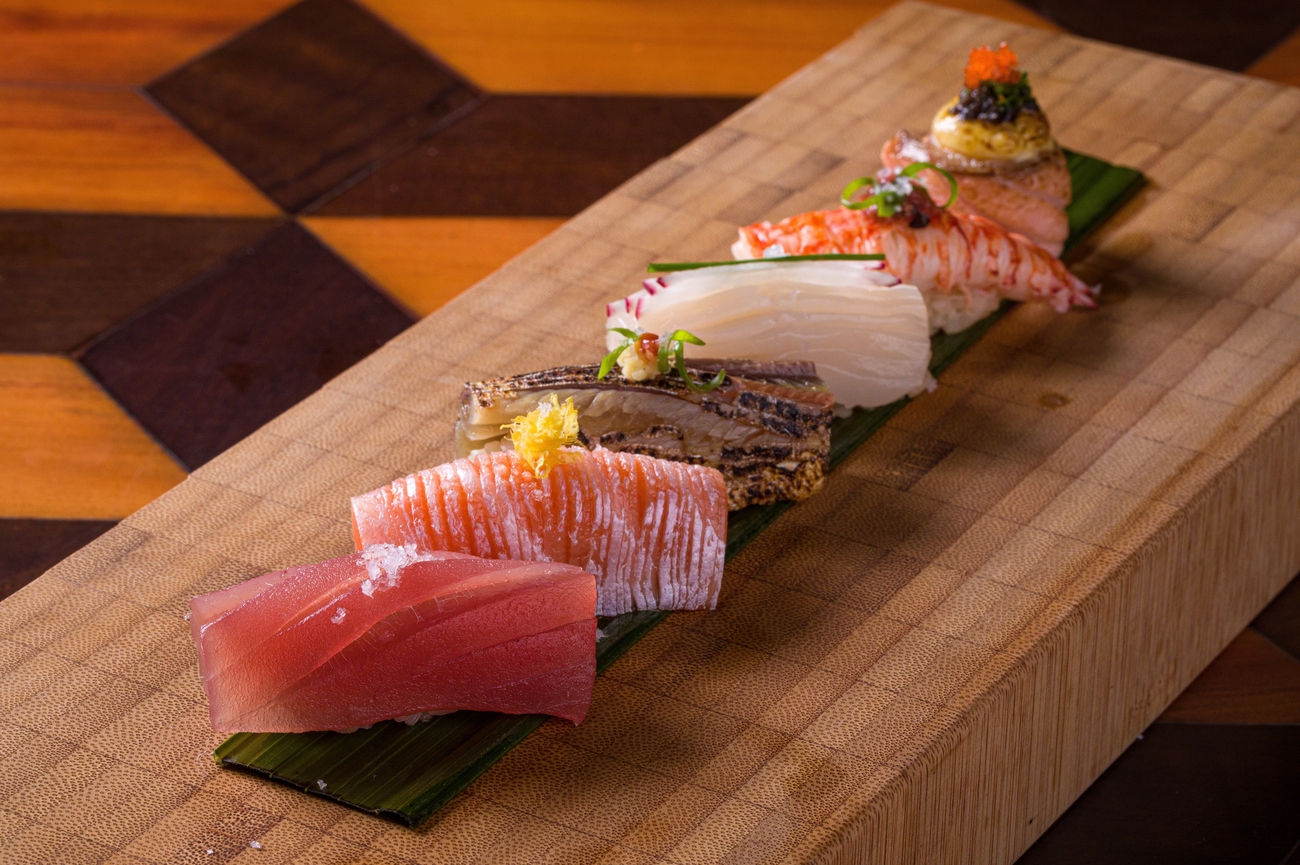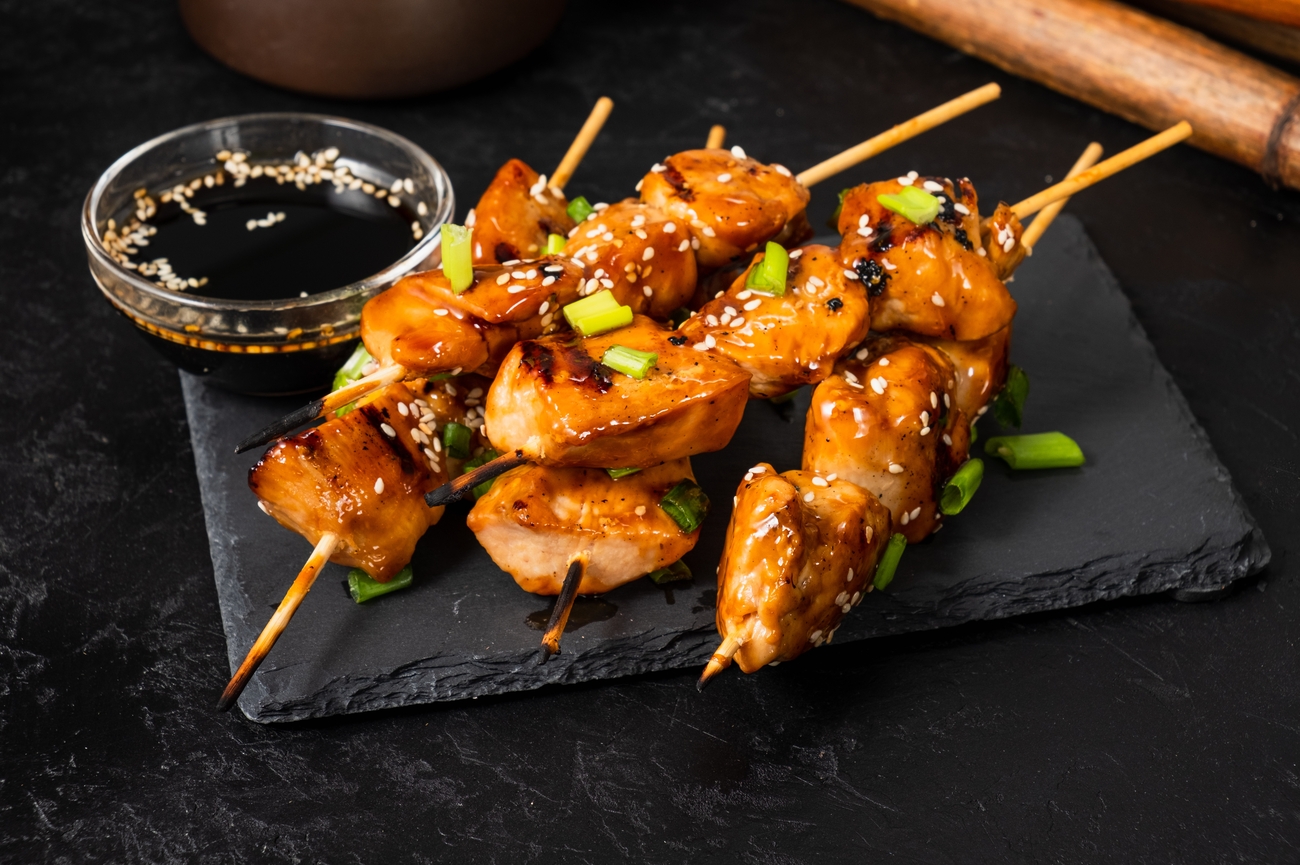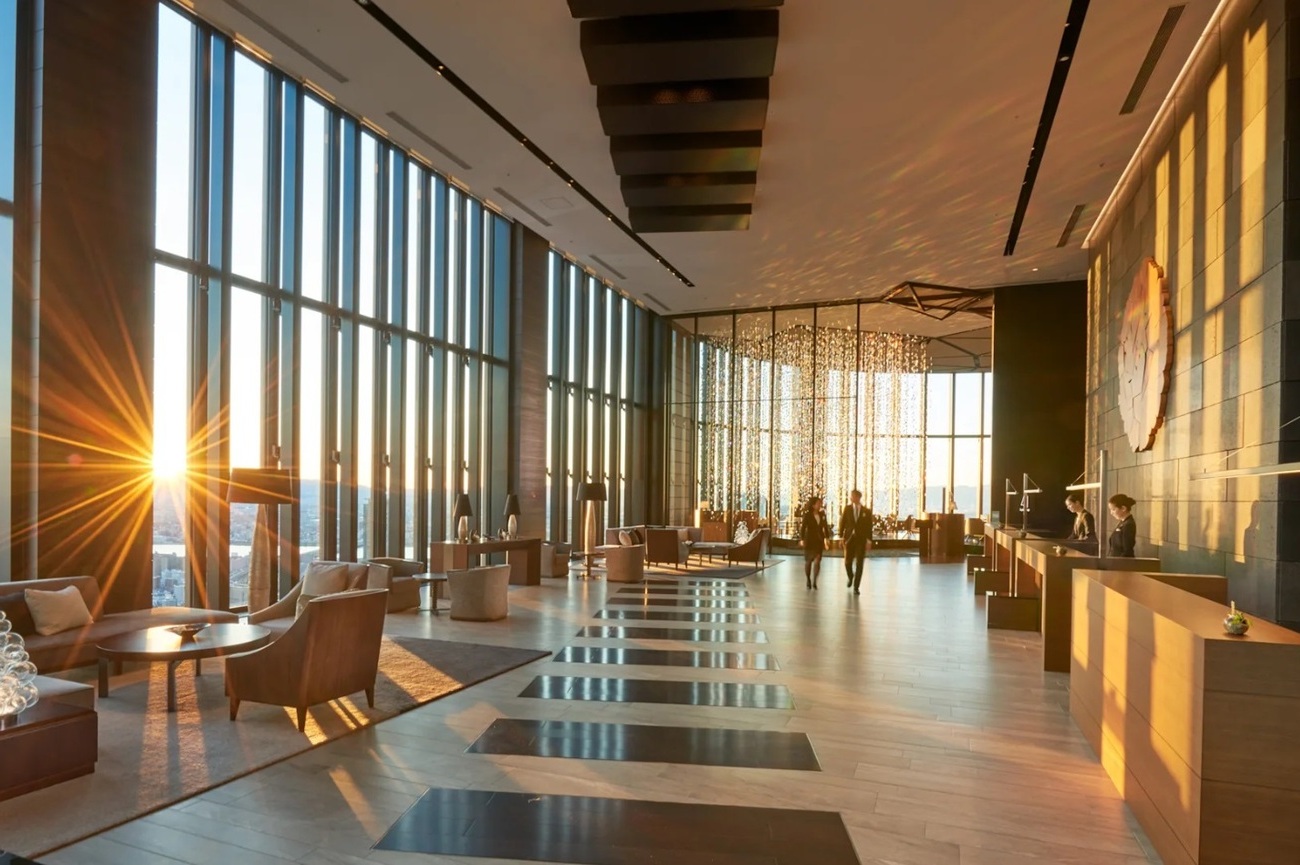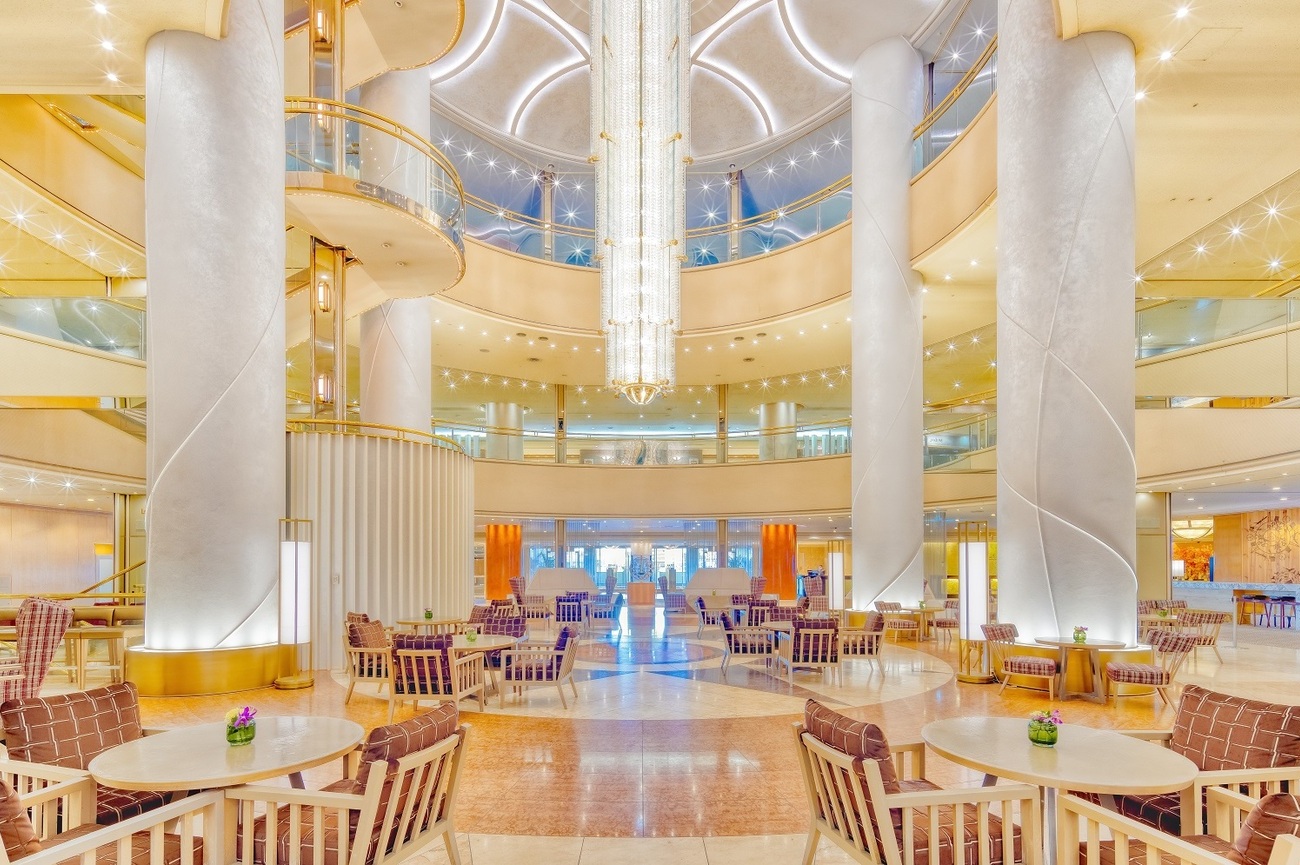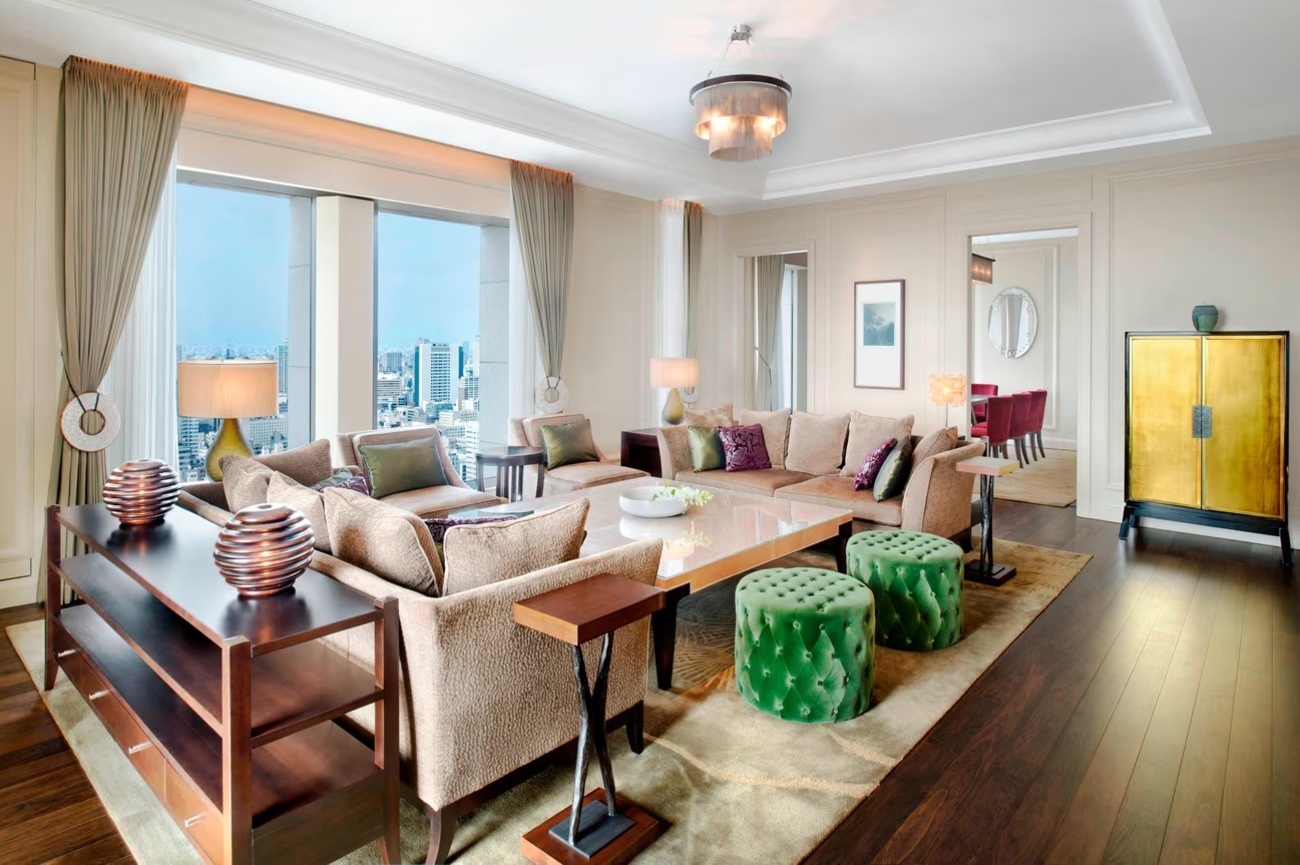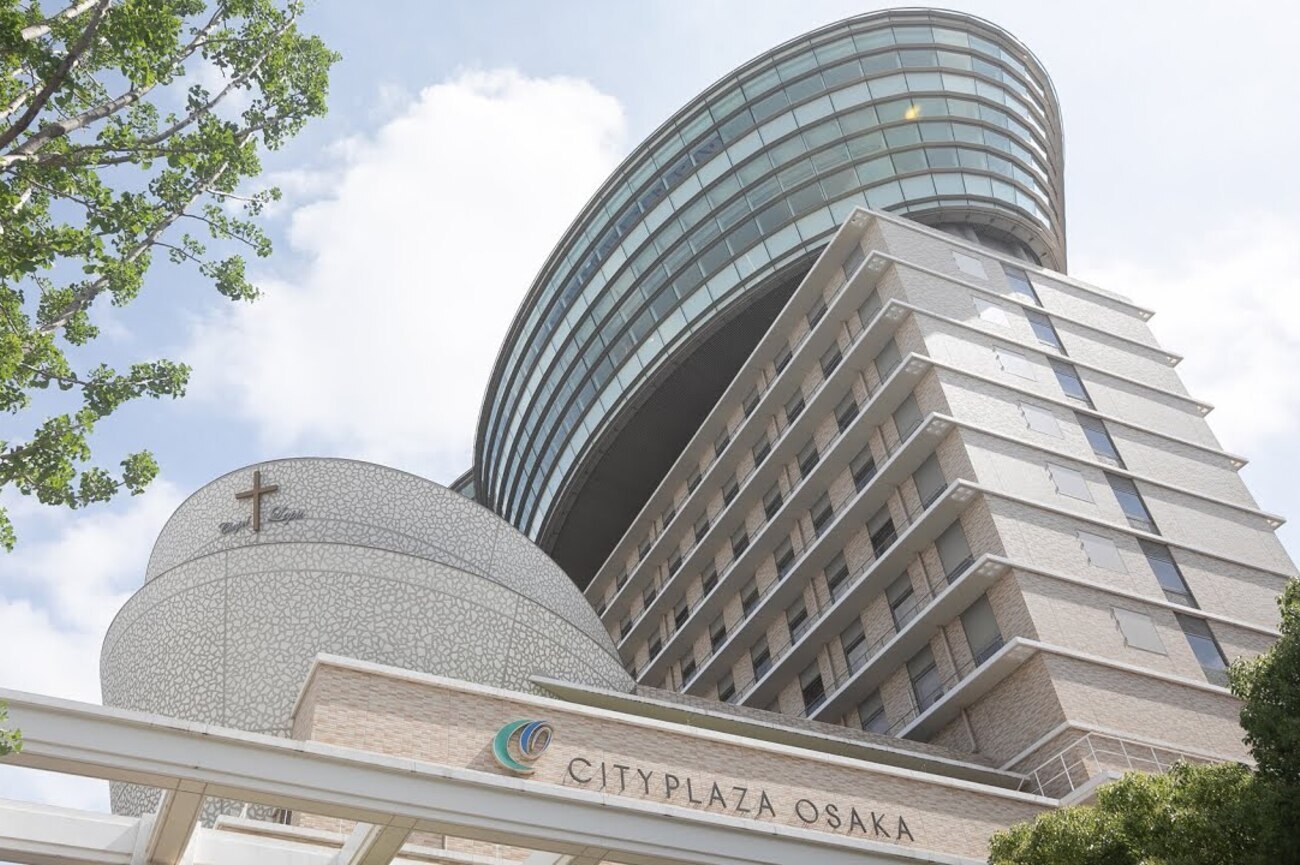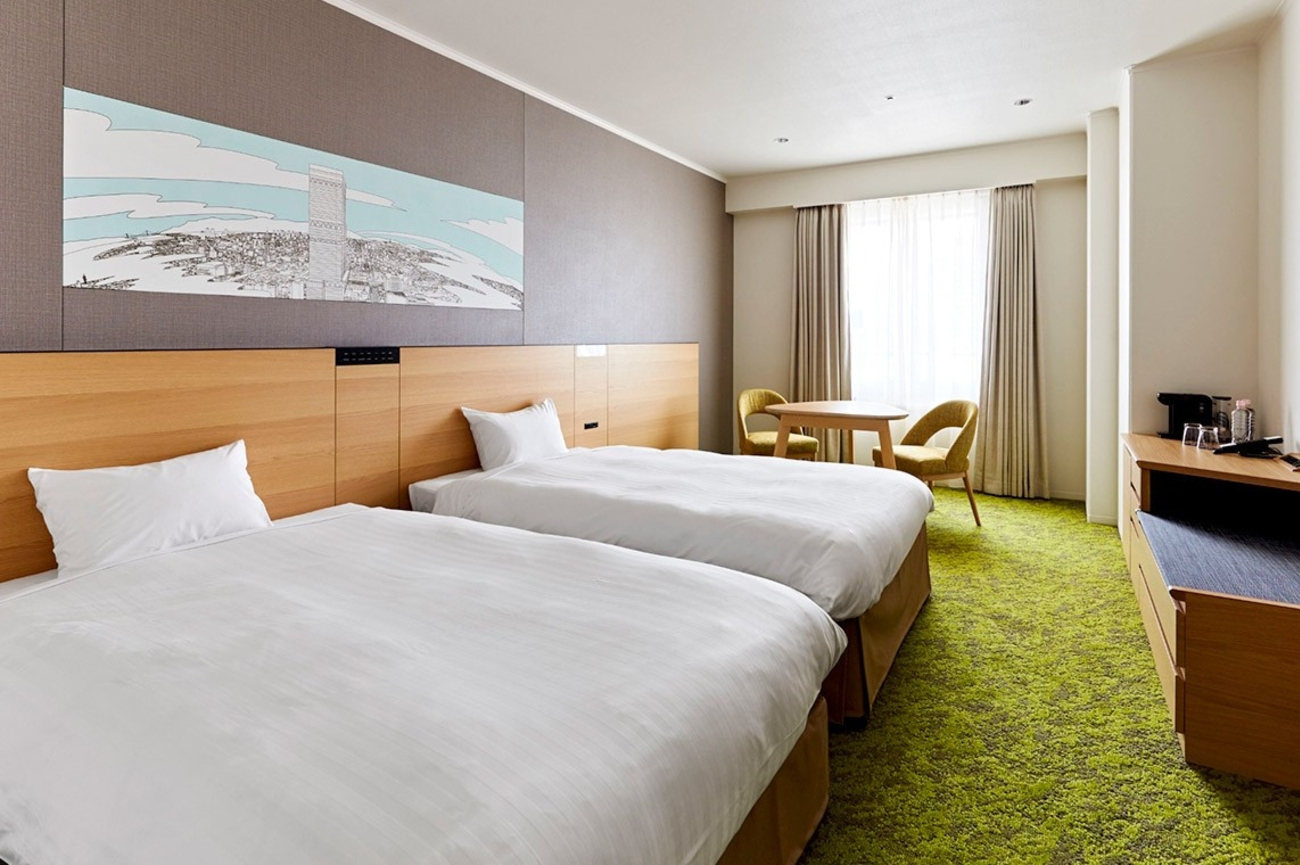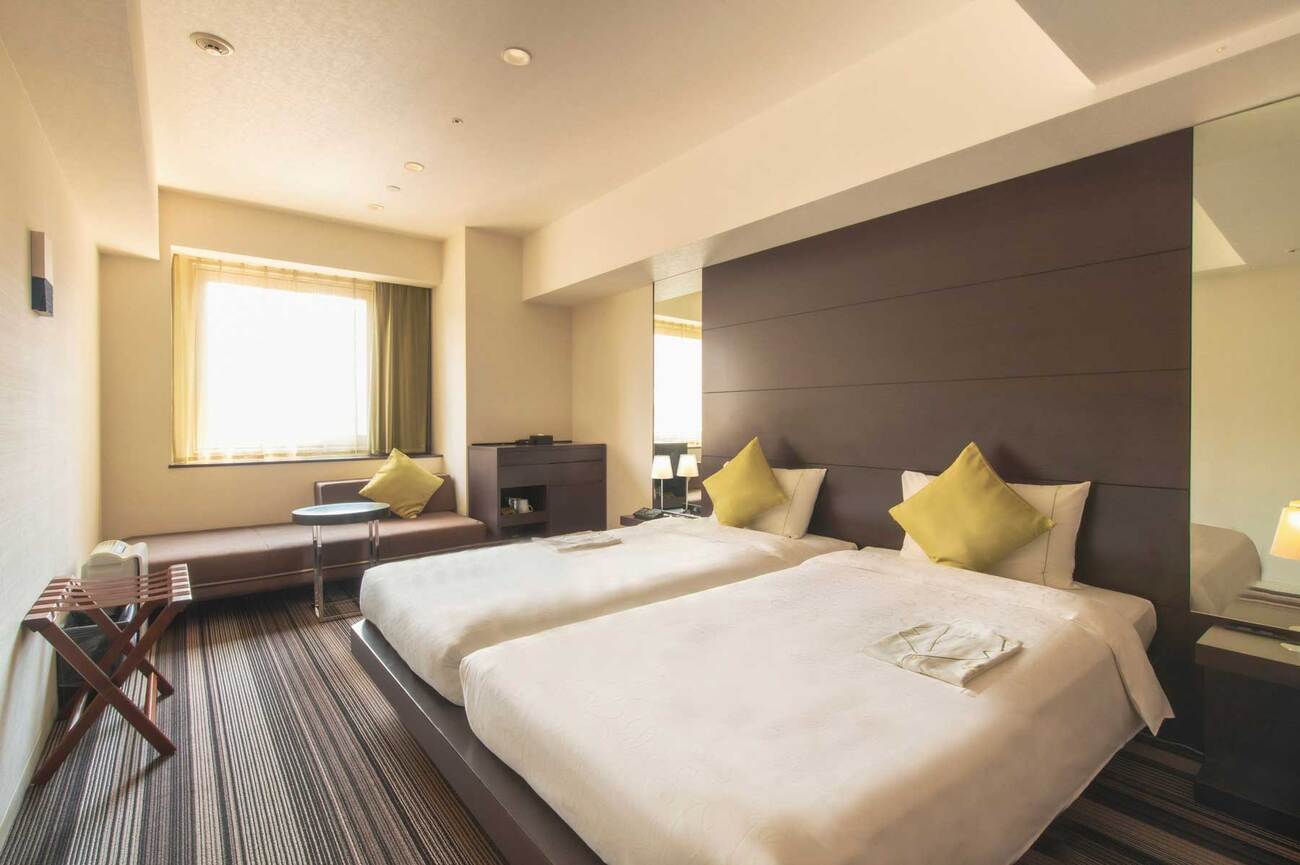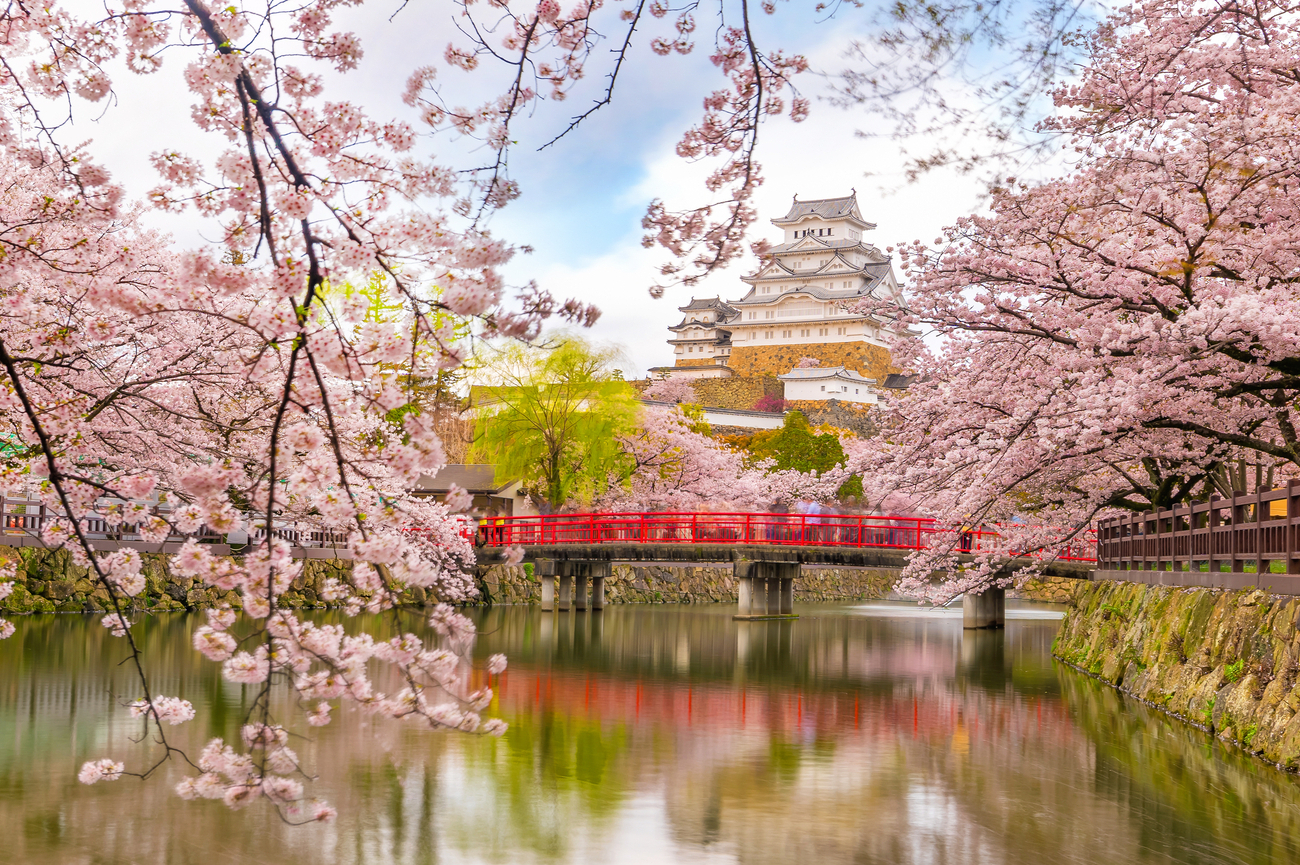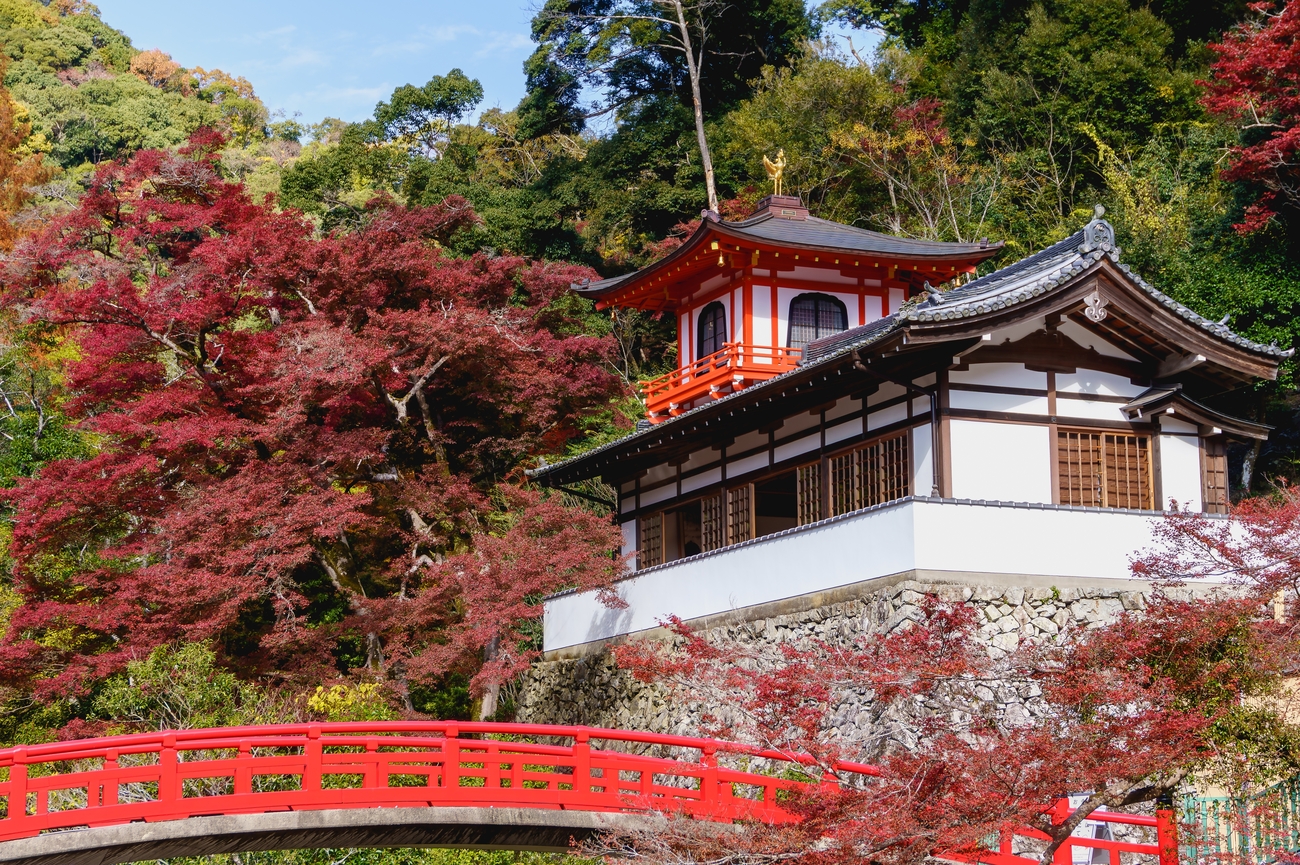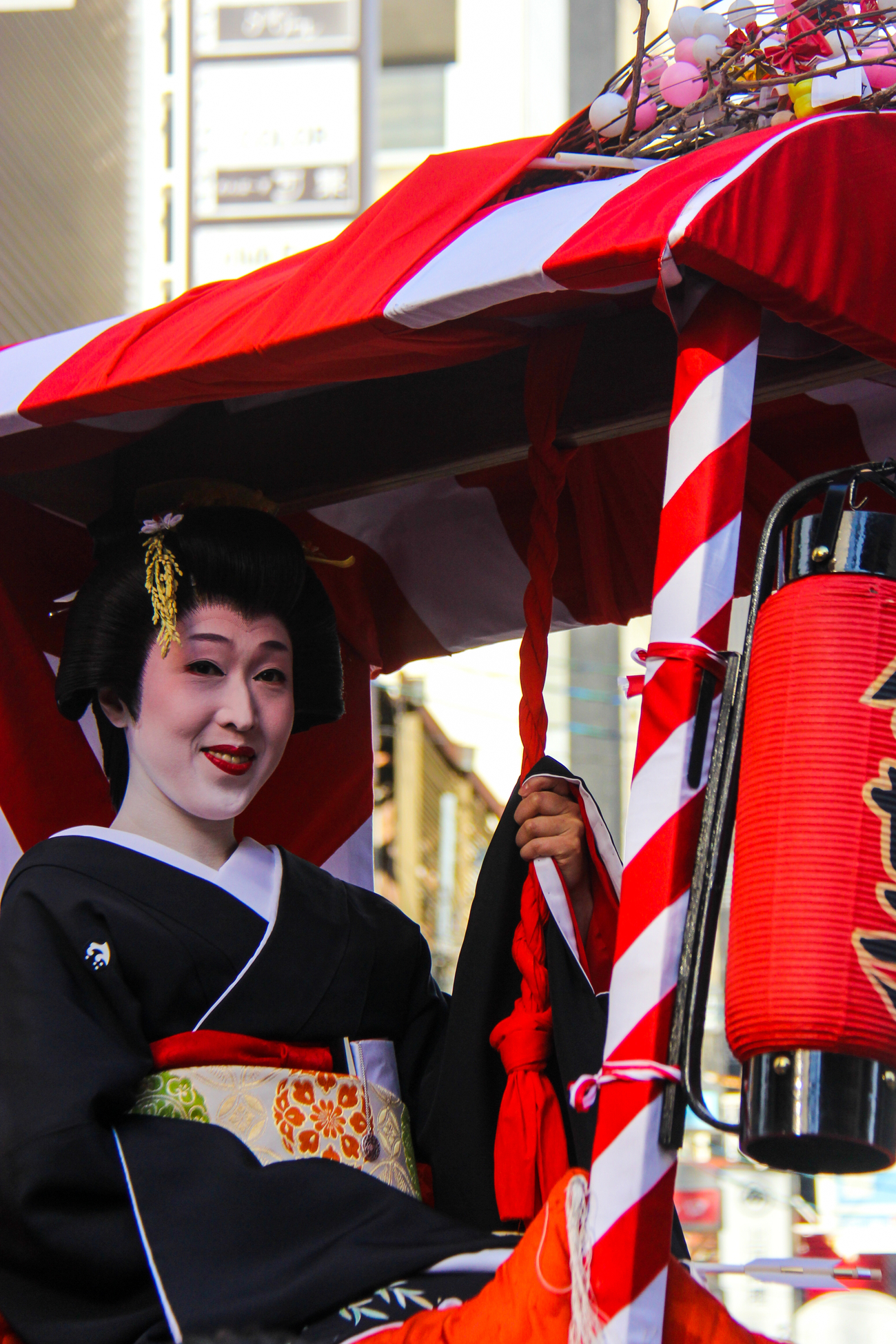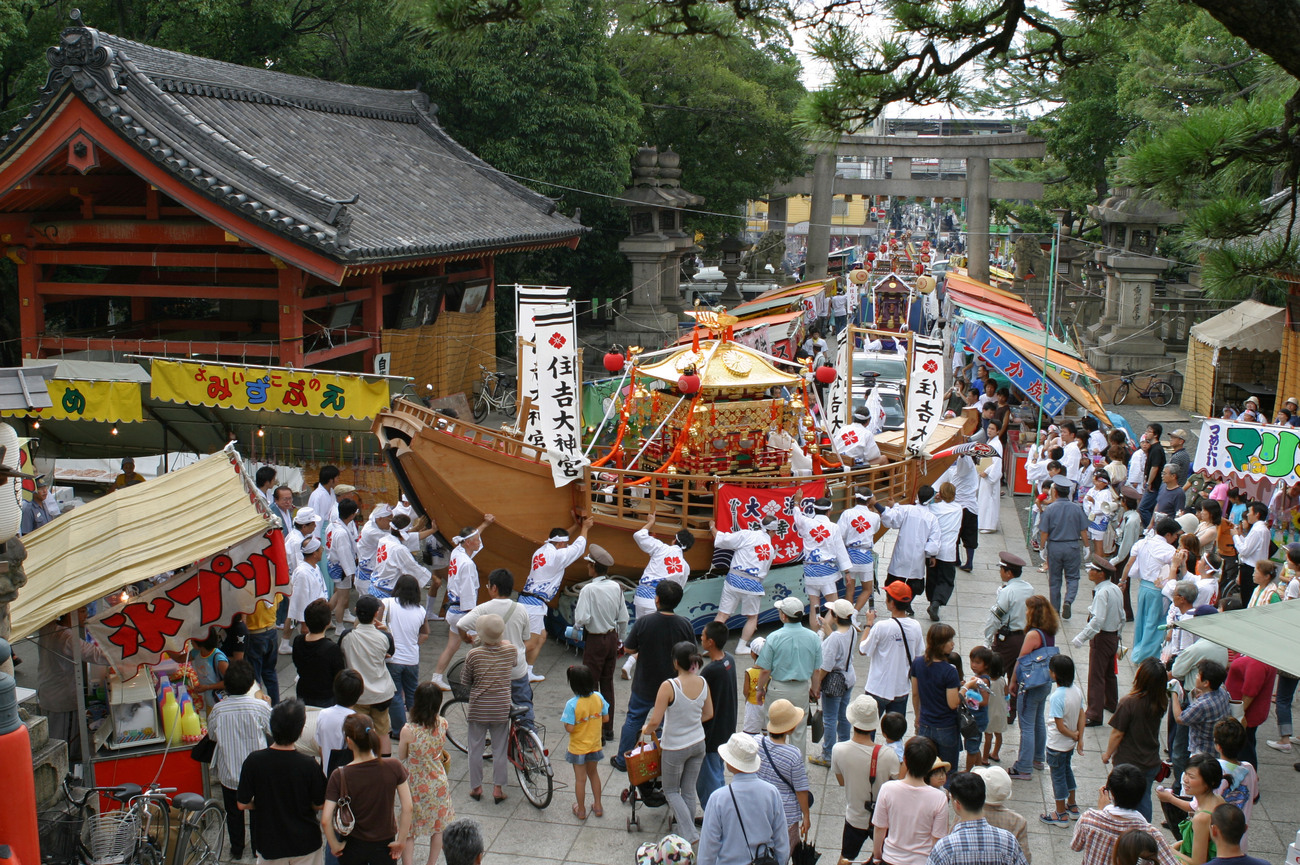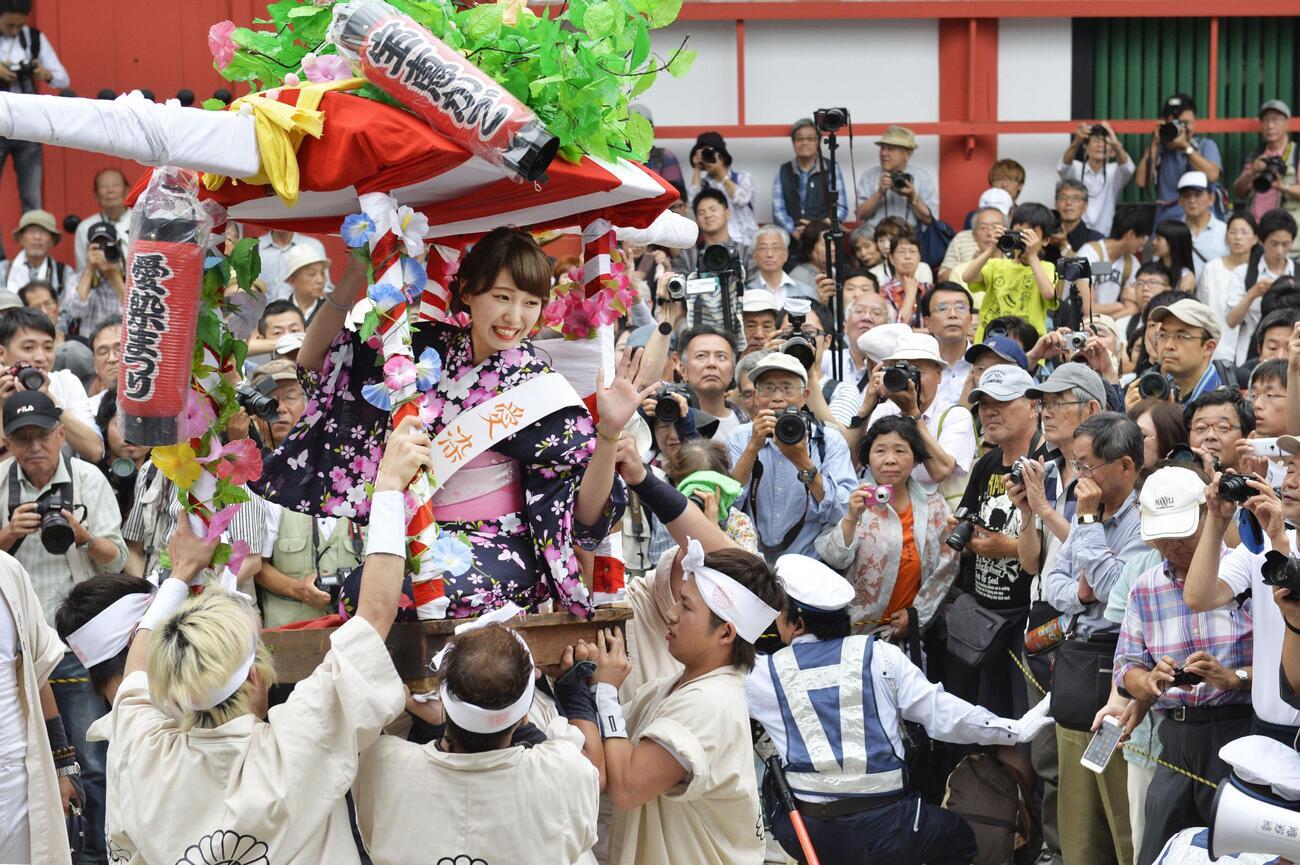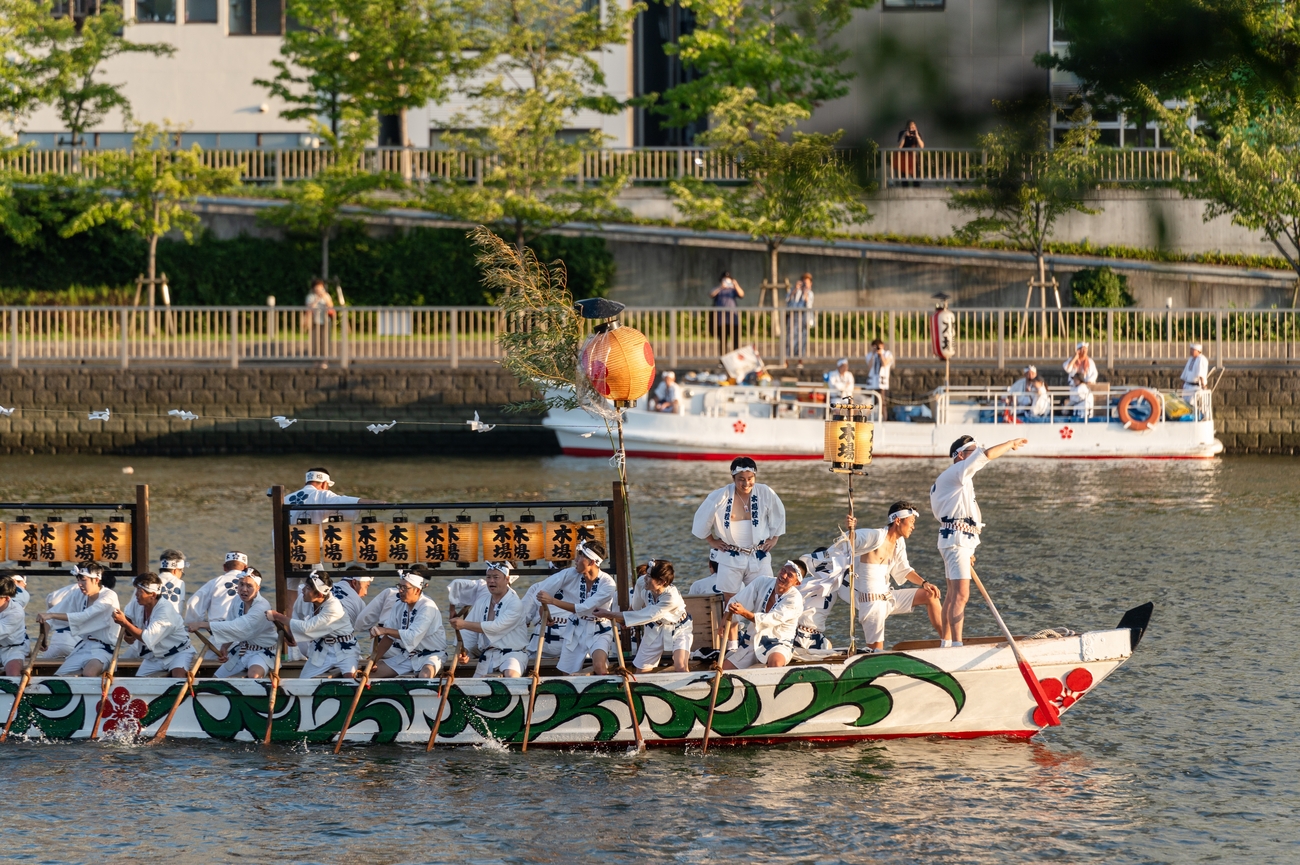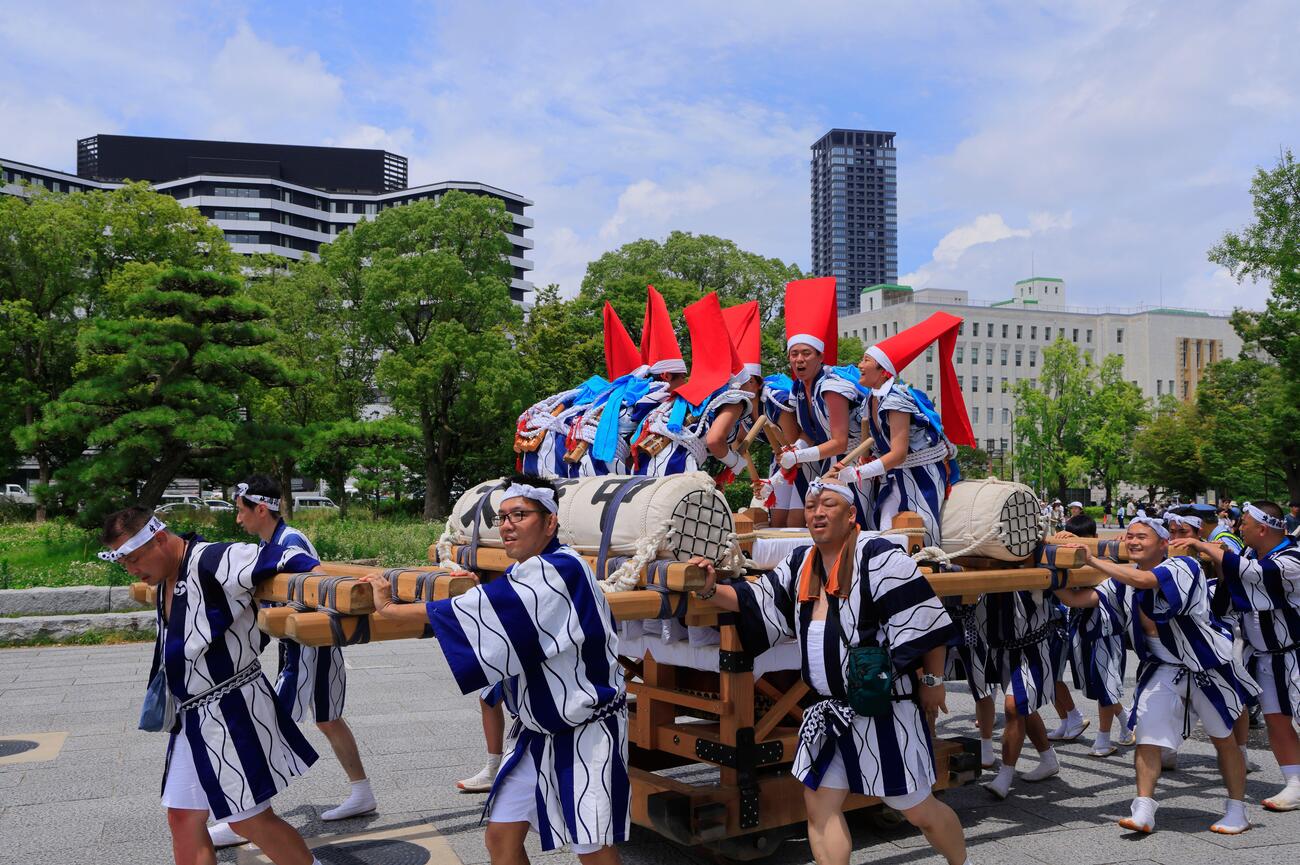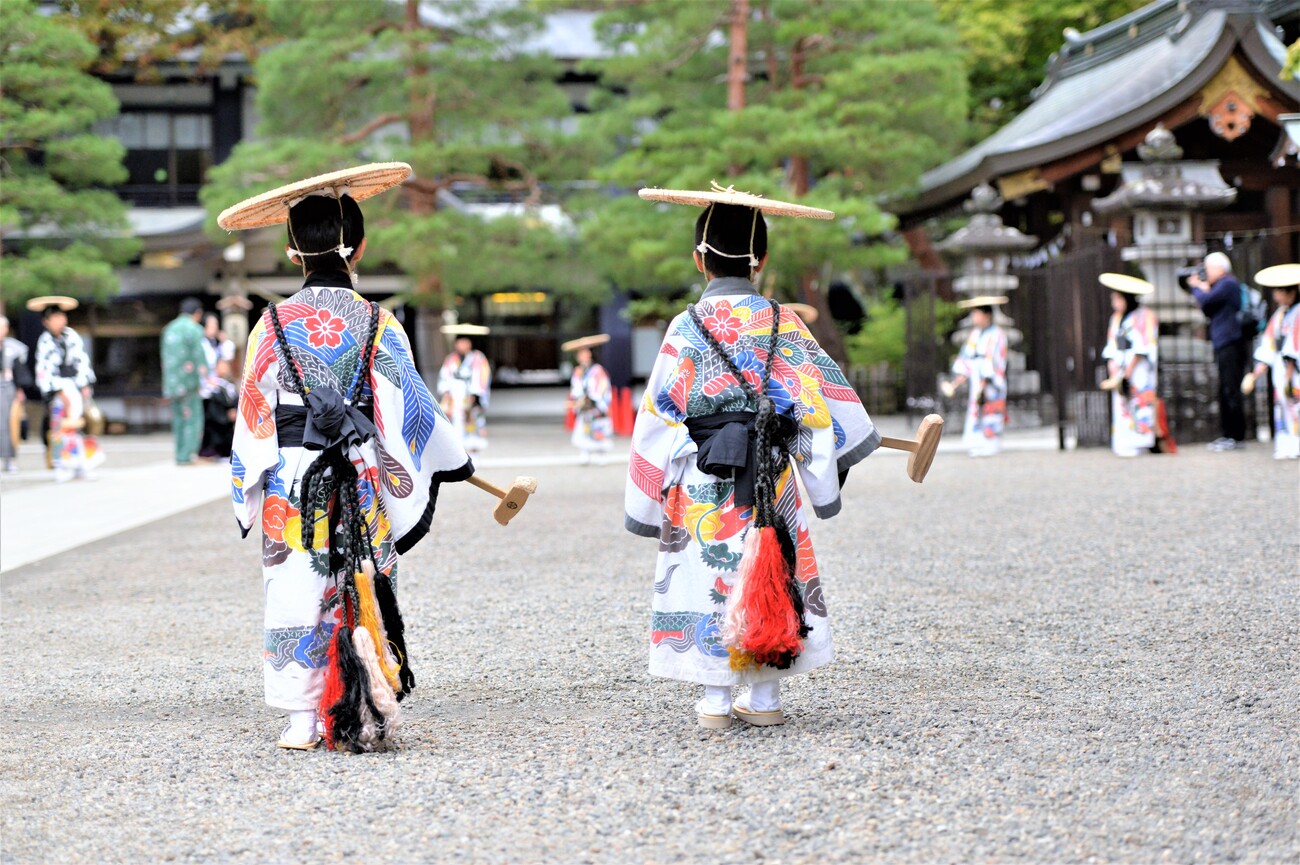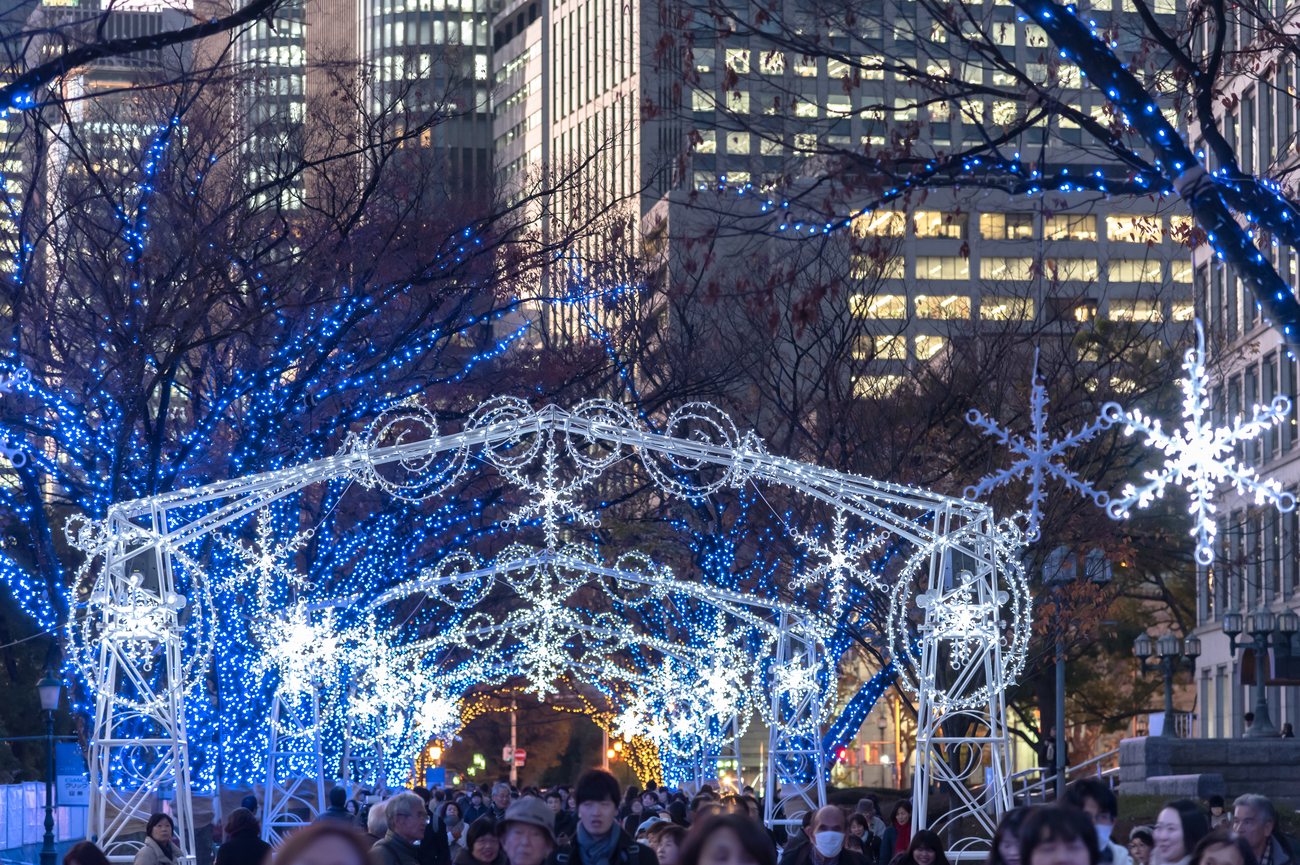Things to Do in Osaka: 3-Day Itinerary
Osaka is Japan’s culinary capital, comedic soul, and commercial powerhouse, wrapped in neon lights and rooted in centuries of merchant tradition. It’s a city that lives large in flavour, in spirit, in soul, and thrives on momentum. But beneath the surface, you’ll find Osaka’s culture of generosity and authenticity.
In this three-day itinerary, we’ll take you to serene gardens, timeworn shrines, and intimate workshops where Osaka’s true character reveals itself. This is Osaka, explored like a local.
Day 1

Morning: Osaka Castle
Begin your Osaka journey at the city’s proudest symbol of resilience and legacy, Osaka Castle. Built in the late 16th century by Toyotomi Hideyoshi, one of Japan’s great unifiers, the castle was once the most formidable fortress in Japan, designed to impress allies and intimidate enemies. Explore the museum and go up the 8th-floor observatory, from there you can see the beautiful city skyline in 360 degrees.
Osaka Tenmangu Shrine
Take a 5-minute drive to a serene sanctuary devoted to the deity of scholarship, Sugawara no Michizane. The Osaka Tenmangu Shrine is where locals pray for academic success and wisdom. It’s also the birthplace of the Tenjin Matsuri, one of Japan’s most famous summer festivals, celebrated every July 24 - 25.
Day 1, Morning - Osaka Tour Map
Afternoon: Nakanoshima Park
Ease into the afternoon with a stroll through Nakanoshima Park, located between the Dojima and Tosabori Rivers. Established in 1891, this was Osaka’s first public park and is known for its fragrant rose garden (in full bloom from May to June). Stroll along tree-lined paths shaded by gingko and zelkova, pass manicured lawns and seasonal flowerbeds, and pause by the riverside to watch riverboats pass by.
HEP FIVE Ferris Wheel
From Nakanoshima Park, take an 8-minute drive to Umeda’s landmark shopping and entertainment complex, the HEP FIVE Ferris Wheel. This striking red wheel is one of the iconic landmarks in Osaka. Each full rotation takes about 15 minutes, and offers a sky-high views over Osaka Bay (on clear days). Visit at sunset for a front-row seat to Osaka’s golden hour glow.
Umeda Sky Building
Next, make your way to Umeda Sky Building, a short 7-minute drive from HEP FIVE Ferris Wheel. Designed by Hiroshi Hara, this iconic skyscraper is an architectural masterpiece. At its centrepiece is the Kuchu Teien Observatory, or “Floating Garden,” where 360-degree panoramic views of Osaka can be seen. Visit just before dusk to catch golden hour, twilight, and city lights in one mesmerising sequence.
Day 1, Afternoon - Osaka Tour Map
Day 2

Morning: Kuromon Market
Start your day at the vibrant Kuromon Ichiba Market, often called “Osaka’s Kitchen.” This covered passageway is where chefs and gourmands alike source the freshest seafood, produce, and street snacks, from buttery uni to wagyu skewers grilled to perfection right before your eyes. For early risers, some of the best bites are served by 9 AM. While eating on the go is generally frowned upon in Japan, Kuromon is an exception, just stay close to the stall where you bought the food, and dispose of waste properly. A polite “Itadakimasu” before eating is always appreciated.
Shitennō-ji Temple
Take an 8-minute drive to Shitennō-ji Temple, Japan’s oldest officially administered temple, founded in 593 AD. Explore the symmetrical inner precinct, peaceful turtle pond, and Gokuraku-jodo Garden, designed to reflect the Buddhist vision of paradise. Pause by the stone gate guardians and listen, if you’re lucky, you might hear the faint chant of monks in prayer.
Day 2, Morning - Osaka Tour Map
Afternoon: Tennoji Park
Spend your afternoon at Tennoji Park, an elegant park that resembles Monet’s paintings. Meander through its sculpted lawns, Japanese-style garden, and the peaceful Keitakuen Garden, which once belonged to a Meiji-era merchant family. The Osaka City Museum of Fine Arts sits inside the park and houses a well-curated collection of Asian art and seasonal exhibitions.
The Sumo Hall Hirakuza Osaka
Just a 7-minute drive from Tennoji Park is The Sumo Hall Hirakuza Osaka, a place where you can witness the dramatic traditions of Japan’s national sport. Unlike the grand, seasonal tournaments held in Tokyo or Nagoya, Hirakuza is the perfect entry point for travellers eager to experience the spirit of sumo up close. It offers sumo workshop experience, pre-show meals, history of sumo and some fun activities.
Dotonbori & Glico Sign
From the Sumo Hall Hirakuza Osaka, take a 10-minute drive to Osaka’s famed entertainment district, Dotonbori. Set along a canal in the heart of Osaka’s Namba district, this legendary entertainment and dining strip is home to the famous Glico Running Man sign, one of the iconic landmarks in Osaka. At Dotonbori, you don’t just eat you experience “kuidaore”, Osaka’s unofficial motto “eat until you drop.” Head to Takoyaki Dotonbori Kukuru Konamon Museum and take a bite of their crisp on the outside, molten inside takoyaki. For dessert, walk a few blocks north to Marufuku Coffee Sennichimae Honten, a retro kissaten famed for its thick, fluffy Japanese hotcakes.
Day 2, Afternoon - Osaka Tour Map
Day 3

Morning: Minoh National Park
Your final day in Osaka starts with a gentle hiking trail through forested mountains, past maple trees, streams, and local snack stalls at Minoh National Park. Located just 30 minutes from central Osaka. Here, you’ll find a 33-metre drop majestic waterfall, framed by moss-covered rocks and crisp mountain air. Watch out for wild monkeys, as curious and playful they may seem, they’re best admired from a distance.
Cup Noodles Museum
Next, take a 20-minute drive to Cup Noodles Museum, a playful yet insightful museum dedicated to Momofuku Ando, the inventor of instant ramen. Here, you’ll learn the historical timeline of instant ramen innovation. You may also design your own custom noodle cup and select your preferred soup base and toppings at the My Cup Noodles Factory for a fun, customised souvenir.
Day 3, Morning - Osaka Tour Map
Afternoon: Namba Yasaki Jinja
Continue your day 3 Osaka journey at the Namba Yasaka Jinja, a Shinto shrine located in the heart of Osaka. The massive lion head shaped stage (ema-den), jaws wide open in a silent roar. It’s believed to “swallow evil spirits” and amplify success in business and study. The shrine also sells beautifully crafted omamori (charms) for luck and protection.
Sumiyoshi Taisha
Continue south, about a 12-minute drive to Sumiyoshi Taisha, one of Japan’s oldest Shinto shrines, known for its unique architectural style predating the influence of Chinese temple design. Here, you’ll notice a beautifully arched bridge called Sorihashi Bridge, which reflects elegantly over a mirror-like pond.
TeamLab Botanical Garden
Cap off your Osaka journey at teamLab Botanical Garden, an immersive art-meets-nature experience that transforms Nagai Botanical Garden into a living canvas of light and sound. Here, you’ll see trees illuminate, paths glow, and digital installations interact with your presence. It’s a magical, interactive light show. Arrive just before sunset to witness the full transition from dusk to digital dreamscape.
Day 3, Afternoon - Osaka Tour Map
Day Trips from Osaka
- Kyoto: Just 30 minutes away from Osaka, Kyoto is where Japan’s cultural soul lives. It's home to 17 UNESCO World Heritage Sites, and known as the "City of a Thousand Temples." Here, you’ll enjoy private tea ceremonies in Gion and plenty of temple visits.
- Nara: Japan’s first permanent capital. Famous for its freely roaming deer and the Great Buddha of Todai-ji, Nara is a peaceful counterpoint to Osaka’s urban vibe. But Nara is more than its temples. It’s a place that doesn’t perform for visitors, it simply is, timeless and true.
- Kobe: One of Japan’s first international ports to open to the West. Kobe is all about pure indulgence, from marbled wagyu beef to sake tastings in the Nada district. Kobe’s charm lies in its details.
- Himeji: Located in Hyōgo Prefecture, Himeji houses a UNESCO site, Himeji Castle, which is arguably Japan’s most beautiful castle, surviving earthquakes, wars, and centuries of change, its original 17th-century structure remains intact. Yet Himeji offers more than its iconic castle. Just beyond lies Kōko-en Garden, a collection of Edo-style walled gardens that shift with the seasons is also a must visit.
- Uji: Located between Kyoto and Nara, is Japan’s matcha capital. Here, you may enjoy a historic tea estate tour and enjoy a ceremonial tasting with a tea master, and explore the stunning Byodoin Temple.
- Mount Kōya: For spiritual seekers, Koyasan is a world of misty forests, centuries-old monasteries, and firelit evening rituals. Located in the forested peaks of Wakayama Prefecture. Mount Kōya, or Kōyasan is a sacred mountaintop sanctuary.
- Lake Biwa: Japan’s largest freshwater lake offers paddleboarding, lakeside cycling, and fine lakeside dining in Otsu.
- Amanohashidate: Japan’s “bridge to heaven.” This pine-covered sandbar is one of Japan’s three most scenic views. Ride the chairlift up to the lookout point, then relax in a seaside café. Try the famous local oysters and artisanal gelato in town.
- Mount Rokkō: A quick escape from Kobe, Mount Rokkō offers stunning views of Osaka Bay, a charming garden terrace, and hot spring retreats. Relax at an upscale onsen ryokan with a private outdoor bath and seasonal tasting menu.
UNESCO World Heritage Sites in Osaka Prefecture
- Kumano Sanzan (Wakayama): Located within the misty mountains of Wakayama. This sacred trio of shrines: Kumano Hongū Taisha, Kumano Nachi Taisha, and Kumano Hayatama Taisha, forms the heart of the Kumano Kodo pilgrimage network. Surrounded by deep forests and waterfalls, they’ve drawn pilgrims for over a millennium.
- Yoshino and Ōmine (Nara): Revered as Japan’s most famous cherry blossom spot as often shrouded in sakura in spring. Mount Yoshino is also a spiritual site for Shugendō mountain asceticism.
- Kōyasan (Wakayama/Osaka border): Mount Kōya (also called Kongō-zan) is the centre of Shingon Buddhism. Founded in the 9th century by Kūkai (Kōbō Daishi). Over 100 temples and monastic complexes can be found here.
Golf Courses Near Osaka
- Osaka Golf Club: Located in Misaki, about an hour drive from central Osaka, this prestigious coastal course offers stunning views of Osaka Bay and Awaji Island. Designed with subtle slopes and sea breezes in mind.
- Ibaraki Country Club: Known for its two distinct 18-hole courses: the East Course with wide fairways and the more technical West Course. It has hosted major national tournaments, making it a must-play for golf purists.
- Izumigaoka Country Club: Located in the verdant hills of Sakai, this course is popular among executives for its proximity and privacy, it’s an excellent spot for a quiet game away from the city’s buzz.
- Hirono Golf Club: Considered one of the most prestigious courses in Japan — and consistently ranked among the world’s top 100. Hirono Golf Club is a legacy course known for its meticulous design and exclusivity.
- Rokko Country Club: Located on Mount Rokko, this course offers crisp mountain air and undulating fairways with panoramic views of Kobe and the Seto Inland Sea.
Racecourses Near Osaka
- Hanshin Racecourse: Located just 30 minutes from Osaka, Hanshin Racecourse is one of the Japan Racing Association’s premier tracks. Known for hosting the Takarazuka Kinen in June. It features a turf and dirt track, with modern facilities and spacious viewing areas.
- Kyoto Racecourse: Less than one hour from Osaka is one of the most stylish racecourses in Japan. It's famed for the Tenno Sho (Spring) and offers state-of-the-art spectator zones, artistic architecture, and food halls serving upscale Japanese fare.
Ski Resorts Near Osaka
- Rokkō Snow Park: Located just 90 minutes from central Osaka, Rokkō Snow Park is a ski resort that caters well to beginners and families. It features gentle slopes, snow play zones, and ski schools that makes it ideal for those looking for a low-effort introduction to skiing.
- Biwako Valley Ski Resort: Features a stunning view of Lake Biwa, Japan’s largest lake, Biwako Valley offers a more elevated alpine experience. A high-speed ropeway lifts visitors 1,100 metres to the summit, where ski runs, snow parks, and panoramic decks await.
- Hakodateyama Ski Resort: Located in Shiga Prefecture. Its slopes, ranging from gentle beginner runs to moderately challenging courses, are perfect for relaxed skiing and scenic snowboarding. It’s a local favourite, known for being crowd-free.
Vineyards Near Osaka
- Kawachi Wine: Located about an hour from Osaka City, Kawachi Wine is a family-owned vineyard with over a century of history. Specialising in Japanese varietals like Muscat Bailey A and Delaware, their small-batch wines are crisp and proudly local. Their premium tasting includes a selection of their seasonal reserves paired with local cheese and charcuterie.
- Katashimo Winery: Just a short drive from Kawachi Wine, Katashimo Winery is Osaka’s oldest winery and a pioneer in sustainable winemaking. With extensive vineyard views and an on-site museum it’s an educational and sensory experience in one.
Brewery & Sake Experiences in
Osaka
- Suntory Yamazaki Distillery: Japan’s first malt whisky distillery, the Yamazaki Distillery is legendary among whisky aficionados as it’s where the iconic Yamazaki Single Malt is born. The premium whisky tour includes access to the aging cellar and a tasting of rare and limited-edition whiskies which is not available anywhere else.
- Daimon Brewery: A small but internationally respected sake brewery. The brewery dates back to 1826 and is family-run to this day. Daimon Shuzo combines modern techniques with deep respect for traditional sake-making. You may enjoy a lunch or dinner at Daimon Brewery's Mukune, which offers a farm-to-table experience in the heart of the Brewery.
- Nada Sake District: Just 45 minutes from central Osaka, the Nada district is Japan’s most famous sake-producing region, home to renowned labels like Hakutsuru and Kikumasamune. Here you may enjoy guided tastings, brewery access, and traditional snacks like sake lees-marinated fish or pickles.
Luxury Spa & Wellness
Experiences in Osaka
- Mizuki Spa (The Conrad Osaka): Located on the 38th floor of the Conrad Osaka, Mizuki Spa offers breathtaking skyline views paired with Japanese-inspired treatments. Using ingredients like yuzu, green tea, and hinoki wood.
- IRIDIUM Spa (The St. Regis Osaka): IRIDIUM Spa offers private suites, personalised aromatherapy, and custom facials using Japanese botanicals and skincare science.
- Tennen Onsen Naniwa-no-Yu: For a more traditional take, Naniwa-no-Yu is an upscale sento (public bathhouse) that draws from a natural hot spring source. Though open to the public, the facility also offers exclusive private baths for those seeking discretion.
- Arima Onsen: Located in Hyōgo just over an hour from Osaka. This one of Japan’s oldest and most prestigious hot spring towns. Renowned for its therapeutic kinsen (golden water) and ginsen (silver water), it’s a destination in its own right.
- Kinosaki Onsen: Also located in Hyōgo. Kinosaki Onsen offers the charm of a traditional hot spring town with seven historic bathhouses, kimono rentals, and willow-lined canals.
Observatories and Ferris Wheels
in Osaka
- Abeno Harukas: Japan’s tallest skyscraper, standing at 300 metres, this skyscraper offers floor-to-ceiling glass views from the 58th to 60th floors. The Harukas 300 Observatory delivers views stretching to Kyoto, Kobe, and even the Akashi Kaikyō Bridge on clear days.
- Kuchu Teien Observatory: This iconic observatory offers a stunning 360° open-air rooftop view. Best to visit at night to watch the twinkling city lights.
- Ebisu Tower Ferris Wheel: Built into the Don Quijote Dotonbori building, this oval-shaped Ferris wheel offers a quirky, close-up view of Dotonbori’s electric energy.
- Tempozan Ferris Wheel: At 112.5 metres high, Tempozan Ferris Wheel is one of the largest in the world. From the top, you can see the Osaka Bay, and on clear days even Mount Ikoma.
Exclusive Workshops &
Immersive Experiences in Osaka
- Mochi Pounding: Get your hands on mochi-tsuki (rice cake pounding) ceremony using traditional wooden mallets and granite mortars. This is a ritual that’s often performed during Japanese New Year celebrations, but available year-round through private cultural centres.
- Kimono Wearing and Photography: Dress in a finely tailored kimono or montsuki (for men), then enjoy a guided photo walk through Osaka Castle Park or the nostalgic streets of Shinsekai. Best to do this during the golden-hour or or pair the experience with a private rickshaw ride through historic neighbourhoods.
- Sashiko Embroidery Workshop: Learn the rhythmic meditative art of sashiko, a traditional form of decorative stitching used for both utility and design. You’ll be guided by a local textile artist as you create a customised piece, often a coaster, pouch, or handkerchief — to take home.
- Kintsugi: Learn philosophical craft or repairing broken ceramics using urushi lacquer and powdered gold. This philosophical craft celebrates imperfection and the passage of time.
- Tie-Dying in Osaka Umeda: A centuries-old Japanese dyeing technique. Here, you’ll use indigo and natural dyes to create hypnotic patterns on scarves or fabric panels, a nice custom souvenir to take home.
- Ceramics Painting with Local Potters: Sit with a local ceramicist in a studio located in Osaka’s quieter districts. Here, you’ll paint pre-made pieces such as teacups or small plates, using traditional glazes and brushes.
- Samurai Calligraphy: This experience combines shodo (calligraphy) using a brush and ink with basic katana handling, taught by descendants of samurai families or certified instructors. Some sessions are conducted in temple halls or historic houses, complete with tea and storytelling.
- Japanese Tea Ceremony: Experience the art of sado, the Japanese tea ceremony, in a peaceful tatami room. A host clad in kimono will guide you through every movement, from bowing to sipping, with grace and purpose.
Other Things to Do in Osaka
- Osaka Expo ‘70 Commemorative Park: Built on the grounds of Japan’s first World Expo, this vast park features wide lawns, forested trails, and the striking Tower of the Sun, a monument by artist Tarō Okamoto. Here, you may rent an e-bike to explore the entire park, then unwind at EXPOCITY, a shopping and entertainment complex right next door.
- Nipponbashi Denden Town: Osaka’s version of Akihabara. Here, you’ll find electronics, anime goods, and retro gaming finds. Many shops here specialise in rare vinyls, vintage consoles, and first-edition manga. So make sure to explore the side alleys as well for the best finds.
- Osaka Museum of Housing and Living: Step back in time with this life-sized recreation of an Edo-period Osaka neighbourhood. Guests can don yukata and walk through cobblestone streets, stopping by replicas of merchant homes, bathhouses, and shops.
- Sakuya Konohana Kan: Japan’s largest conservatory, Sakuya Konohana Kan, houses over 5,500 plant species from tropical rainforests to alpine environments. Insed, you smell the subtle perfume of exotic orchids.
- Panasonic Museum: Dedicated to founder Konosuke Matsushita. This is a must-visit for those interested in design, innovation, and how Japanese values shaped global brands.
Things to Do with Kids in Osaka
- Universal Studios Japan: A must visit for any family itinerary. USJ delivers Hollywood-style attractions with a unique Japanese twist that kids and adults will enjoy. As a top destination for families, it’s often crowded. Therefore, to make the most out of your visit get a Universal Express Pass and consider a VIP Entry Tour to skip lines and gain early access.
- Pokémon Center Osaka DX: Located in Daimaru Shinsaibashi, the Pokémon Center Osaka DX is a wonderland completed with exclusive plushies, merchandise, and life-sized Pokémon statues. Inside is a café that offers themed meals, from Pikachu curry to Poké Ball pancakes.
- Nintendo Osaka: Newly opened in Daimaru Umeda, this sleek flagship store offers interactive game zones, rare merchandise, and a brief history of Nintendo. A great indoor stop on rainy afternoons.
- Osaka Aquarium Kaiyukan: One of the largest and most spectacular aquariums in the world, Kaiyukan features a central tank where a whale shark swims past coral reefs and stingrays. There are also themed zones that recreate habitats from the Arctic to the Amazon.
- Legoland Discovery Center Osaka: Located in Tempozan Marketplace, this indoor theme park is ideal for kids ages 3–10. Inside are 4D cinema, rides, and intricate LEGO dioramas of Osaka’s landmarks.
- NIFREL Interactive Aquazoo: NIFREL is a part zoo, part aquarium, and part art gallery. Here, kids interact with animals and digital installations in an open-concept environment. Designed by the creators of teamLab, it's a gentle, sensory-rich experience best for little explorers.
Where to Eat in Osaka
- Yakiniku Kitan Hozenji: Located near Hozenji Yokocho. This stylish yakiniku spot serves melt-in-your-mouth wagyu beef where each cut is hand-selected, grilled tableside, and paired with premium sake.
- Takoyaki Dotonbori Kukuru Konamon Museum: A must-try in Dotonbori. Kukuru levels up Osaka’s iconic takoyaki. Try the version with whole octopus legs inside, grilled until golden and topped with bonito flakes and tangy sauce. The museum upstairs offers a short, family-friendly takoyaki-making workshop.
- Ogimachi Udonya Asuro: Located in a quiet corner near Tenjimbashi-suji, this humble Bib Gourmand Michelin rated shop serves some of Osaka’s best handmade udon smooth, chewy, and served in delicate dashi.
- Ajinoya: This long-standing okonomiyaki restaurant is beloved by locals and celebrities. Taste the thick, fluffy pancake layered with pork, seafood, and crunchy cabbage, cooked on a teppan right in front of you.
- Marufuku Coffee Sennichimae Honten: An old-style coffee shop known for its jazz, thick toast, and hand-dripped coffee. A perfect breakfast or mid-afternoon escape from the bustle of Namba.
- Muteppou Ramen: Known for its rich, creamy tonkotsu broth, Muteppou is a local favourite. Its bold, flavourful, and unapologetically indulgent broth is almost a meal on its own.
- Kashiwaya Osaka Senriyama: A Michelin three-star restaurant, Kashiwaya offers a delightful take on kaiseki cuisine, it’s seasonal, artful, and deeply rooted in Japanese aesthetics.
- Honkogetsu Osaka: Honkogetsu focuses on seasonal ingredients with an emphasis on harmony and visual balance. An ideal choice for those who want to explore the philosophy behind traditional cuisine.
- Sushi Sanshin: A hidden gem for edomae sushi. There are only a few seats at the counter, perfect for an intimate dinner and conversation with the chef. Here, each piece of sushi is brushed with just the right touch of soy or citrus. The omakase course is precise and deeply satisfying.
- Torisho Ishii: A Michelin rated star restaurant. Torisho Ishii offers a fine dining approach to grilled chicken, where every part of the bird is expertly seasoned and presented like edible sculpture.
Where to Stay in Osaka
- Conrad Osaka: This 5-star hotel located on the upper floors of the Nakanoshima Festival Tower West features floor-to-ceiling windows in every room with jaw-dropping views over Osaka Bay and the glittering skyline, embodying their slogan, “Your Address in the Sky.”
- Swissotel Nankai Osaka: This 5-star hotel located above Nankai Namba Station, is a convenient location for those looking for immediate access to Dotonbori, Kuromon Market, and more. Their Swiss Executive Room offers a private lounge with skyline views, evening cocktails, and personalised concierge service.
- The St. Regis Osaka: This 5-star hotel is ideal for those who appreciate timeless sophistication. The rooms are refined with handcrafted furnishings, floor-to-ceiling windows, and textures that honour Japan’s design philosophy of balance and beauty.
- Mimaru Osaka Shinsaibashi West: This 4-star hotel is perfect for families or longer stays. Each suite includes a kitchenette, tatami area, and thoughtful amenities tailored for travellers with children or small groups. The interior combines apartment-style living with Japanese design.
- City Plaza Osaka: This 4-star hotel is a comfortable and reliable choice with Japanese-style baths, a rooftop onsen, and stunning city views. Treat yourself to a post-sightseeing soak under the stars in their open-air bath, exclusive to staying guests.
- Miyako City Tennoji: This 4-star hotel conveniently located near Tennoji Station is perfect for travellers who want to stay connected without compromising comfort. Ask for a park-facing room for views over Tennoji Zoo and Tsutenkaku Tower.
- Hotel Brighton City Osaka Kitahama: This 3-star hotel is a favourite among repeat visitors. Known for spacious rooms and peace and quiet. This is the perfect accommodation if you plan to explore Nakanoshima’s museums or prefer a more local, residential feel.
- Holiday Inn Osaka Namba: This 3-star hotel is only steps from Dotonbori. It's a convenient and comfortable choice for nightlife lovers and first-time visitors. A good choice for families as well since it has interconnecting rooms and kid-friendly breakfast options.
Best Time to Visit Osaka
Spring (March – May) – An ideal weather to visit parks, temples, and other walking tours around the city . The mild temperatures, clear skies, and the bloom of cherry blossoms make spring one of the best times to visit Osaka.
Pack light layers, breathable fabrics, and scarves. Wear comfortable walking shoes for hanami excursions and exploring temple grounds. Keep in mind to wear modest clothing when entering temple grounds, bring a shawl to cover your shoulders.
Autumn (October - November): Osaka in autumn is all golds and reds. The air turns crisp, the crowds thin, and the maples at Minoh National Park and Sumiyoshi Taisha blaze into brilliant colour.
Pack layers, including a warm outer layer for the cooler evenings, plus neutral-toned outfits perfect for photos with the foliage on the background. Bring umbrella as brief autumn showers are pretty common.
Festivals in Osaka
- Toka Ebisu Festival (January): Held at Imamiya Ebisu Shrine, this festival draws thousands seeking business prosperity. This festival features good-luck bamboo branches (fukusasa), crowds, and geisha performances.
- Sumiyoshi Taisha Spring Festival (Late April - Early May): Held at one of Osaka’s oldest shrines, this spring celebration features ceremonial dances and traditional music. If you’re attending, it’s encouraged to wear a light kimono or yukata as a show of respect for the setting.
- Aizen Matsuri (Late June - Early July): One of Osaka’s earliest summer festivals, Aizen Matsuri features striking red parasols, traditional bridal processions, and blessings for good fortune and matchmaking. Best to visit the shrine in the early evening and stay for the lantern-lit ceremonies.
- Tenjin Matsuri (July): One of Japan’s top three festivals, Tenjin Matsuri is a grand summer festival honouring the deity of learning. There are processions of elaborately costumed participants, taiko drumming, and floating mikoshi (portable shrines) sailing down the river by torchlight.
- Ikutama Summer Festival (July): Held at Ikutama Shrine, this two-day event includes lion dances, children’s parades, and ritual performances with deep Shinto roots. Street stalls nearby serve kakigori (shaved ice) and ayuyaki (grilled sweetfish), a limited summer time snack.
- Shitenno-ji Wasso Festival (November): A unique, historical reenactment that celebrates Osaka’s ancient ties with Korea. There are colourful parades, musical performances, and cultural showcases that fill the grounds of Shitenno-ji Temple.
- Osaka Hikari Renaissance (December): This winter light festival transforms Nakanoshima’s riverbanks into a glowing wonderland of LED displays and projection mapping.
Explore Osaka Like A Local
Osaka isn’t a city you simply explore, it’s a city that welcomes you. In the aroma of sizzling street food, the quiet, peaceful shrines, the mesmerising skyline at dusk, and the polite, disciplined locals.
This itinerary is only the beginning. At Revigorate, we believe travel should be personal, purposeful, and unforgettable. Whether you crave a slower rhythm or exclusive behind-the-scenes access, we’ll create an itinerary that tailors to your pace, passions, and style of discovery. Contact us today or give us a call at (+1 800 672 0517 | +351 289 009 580 | +44 808 189 0647) and let’s start planning your tailored Osaka journey today!
Our offices:
